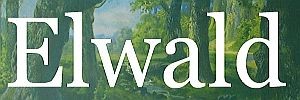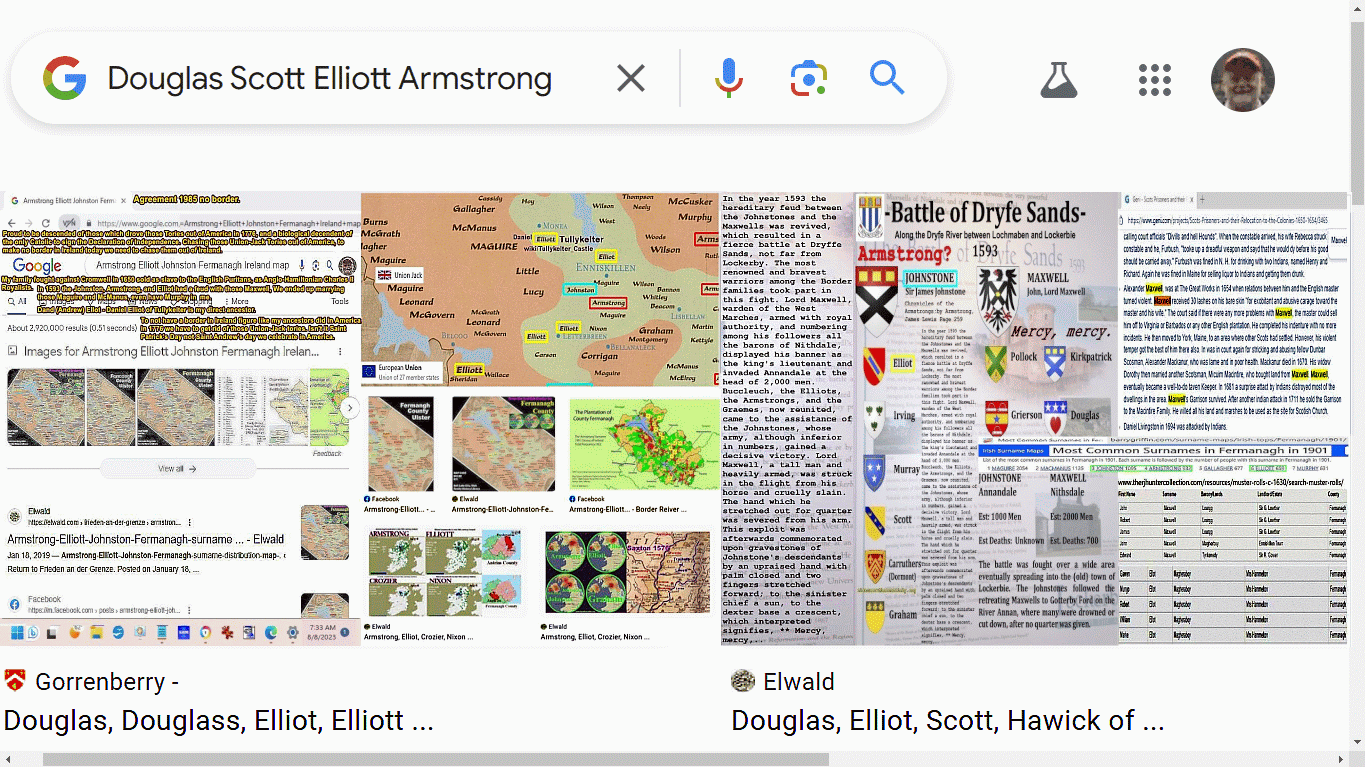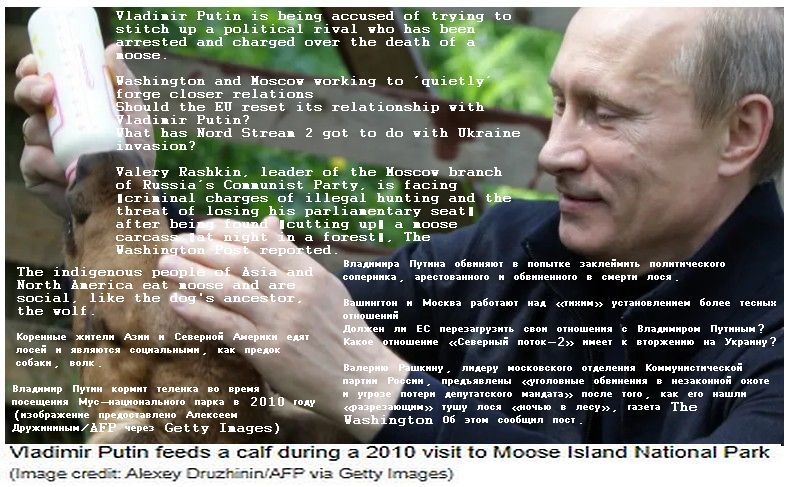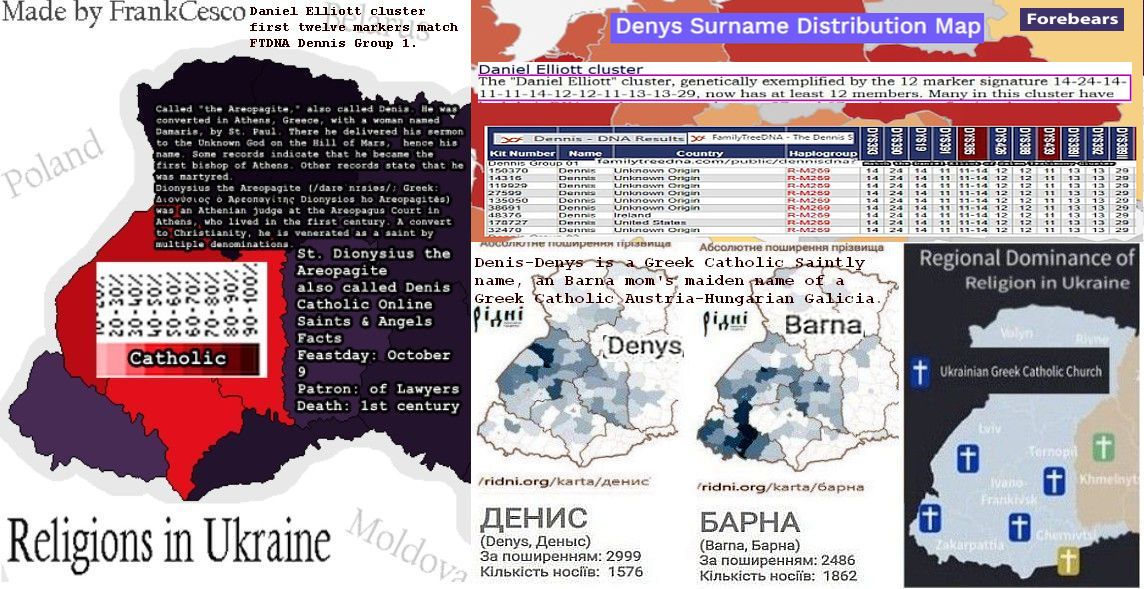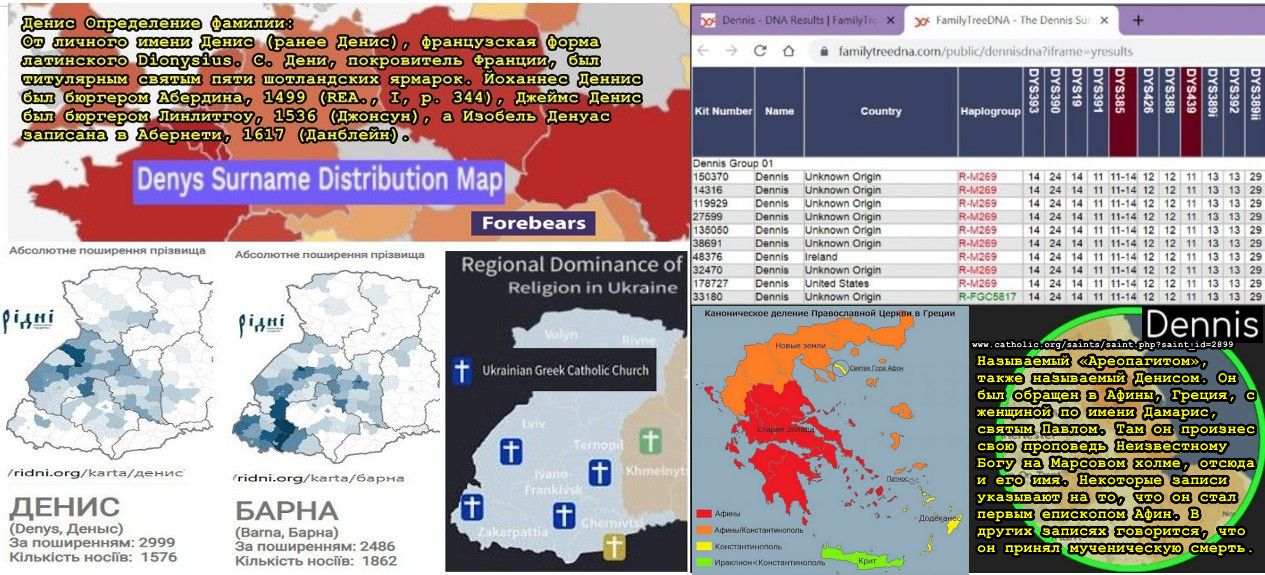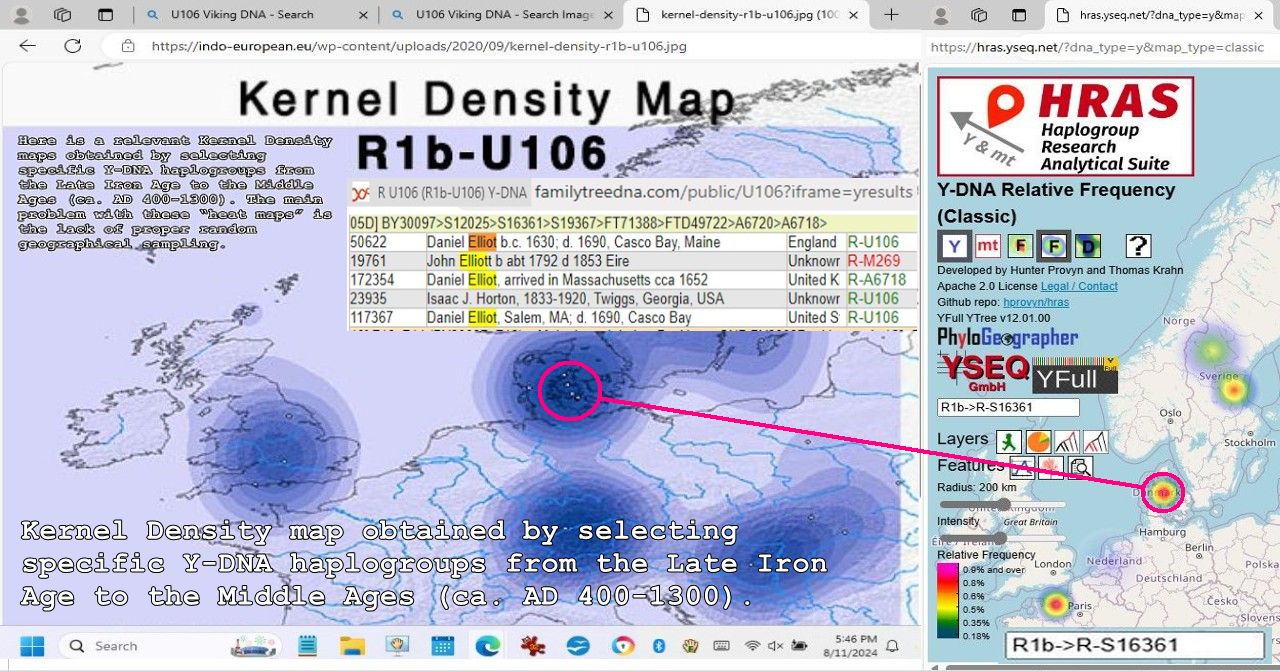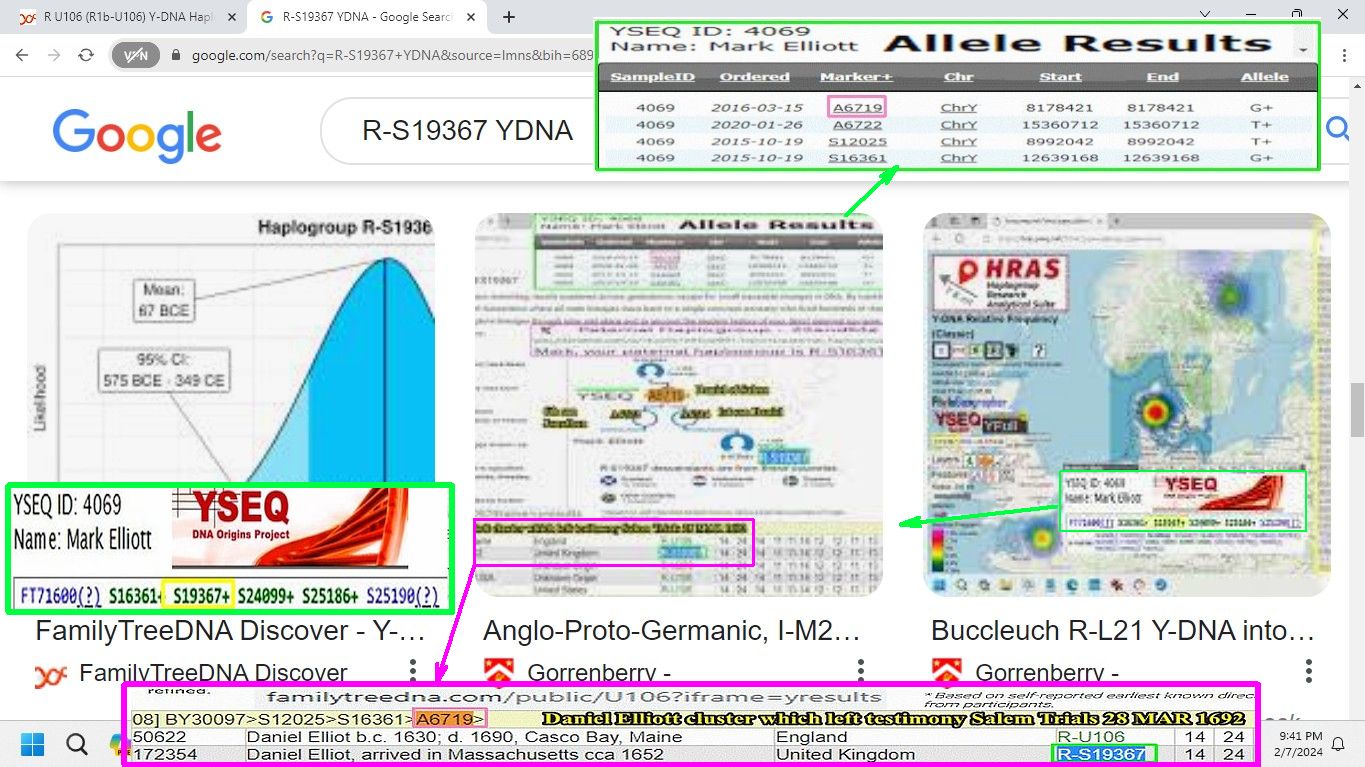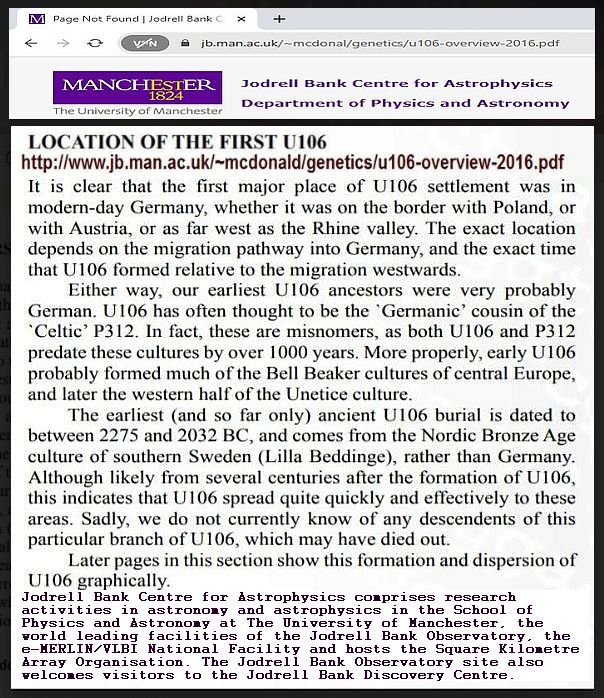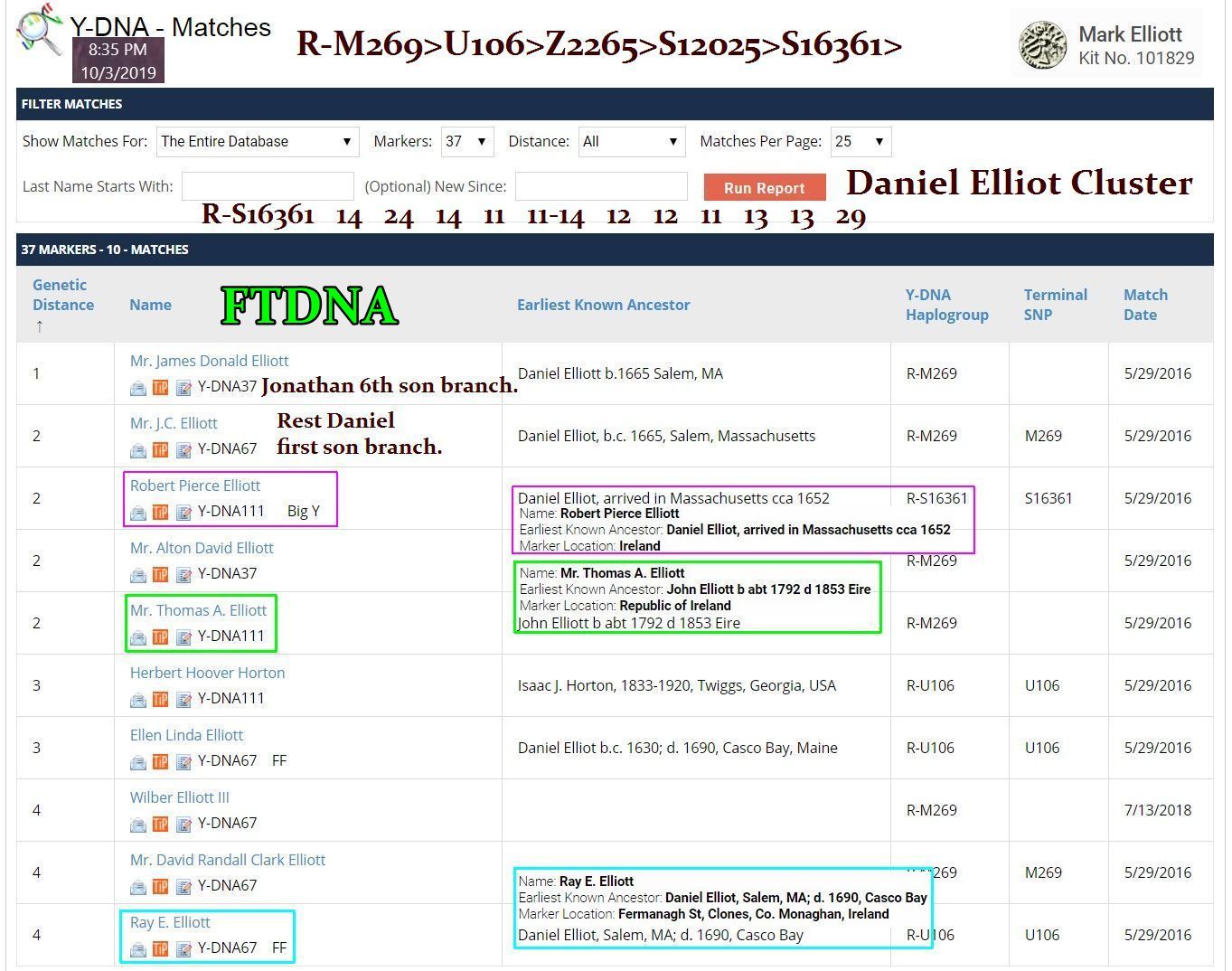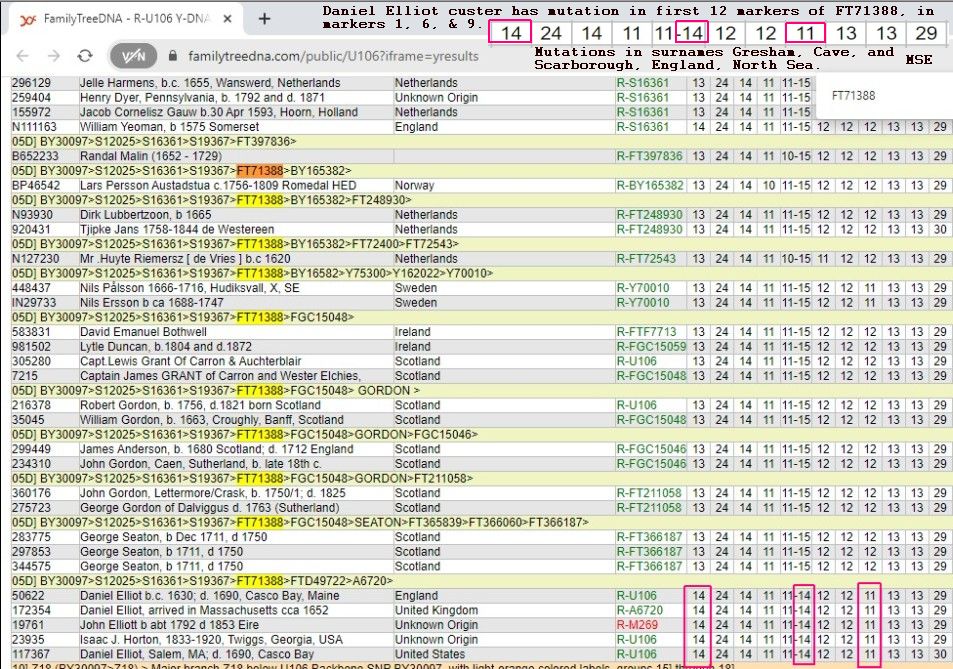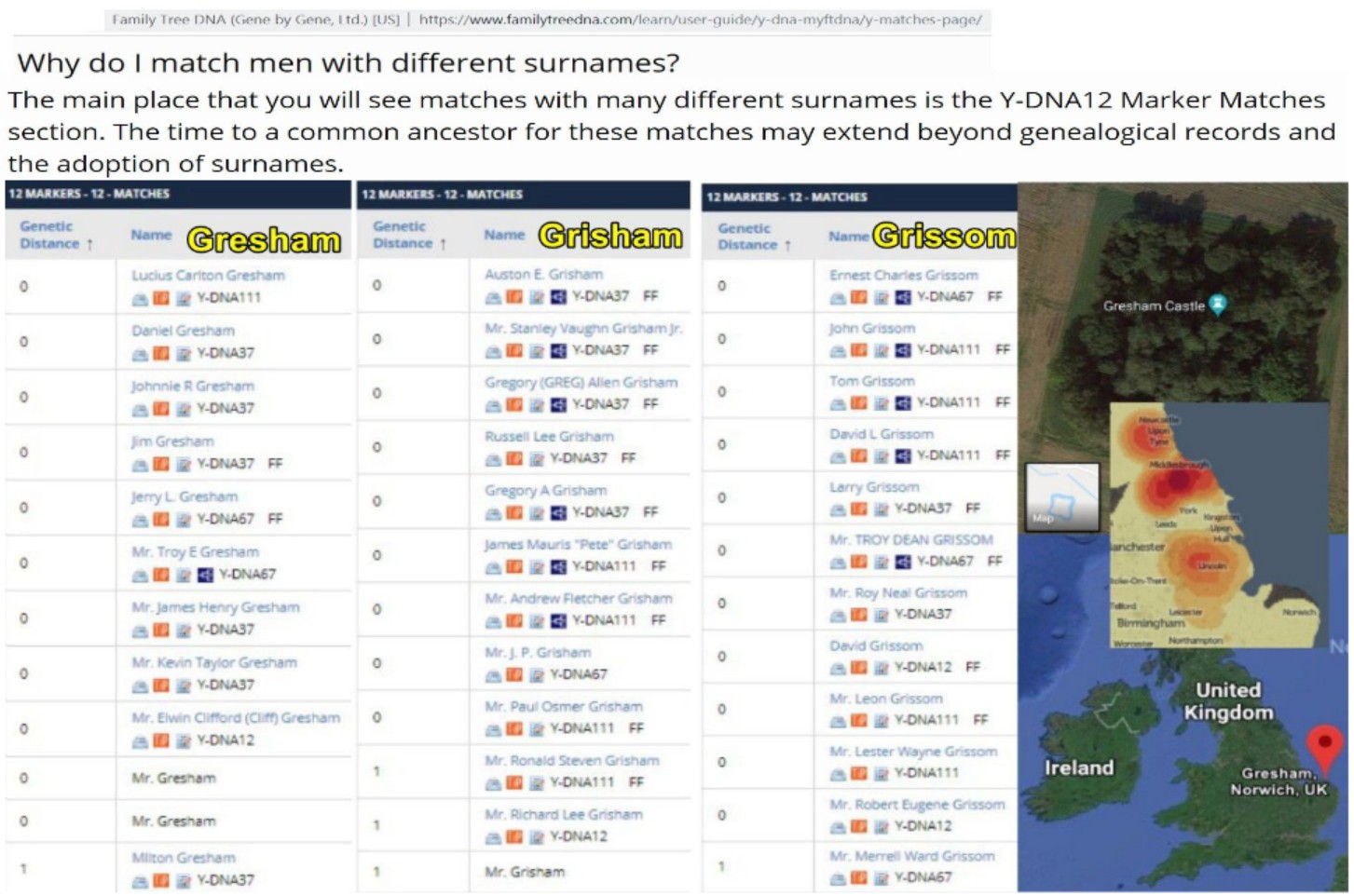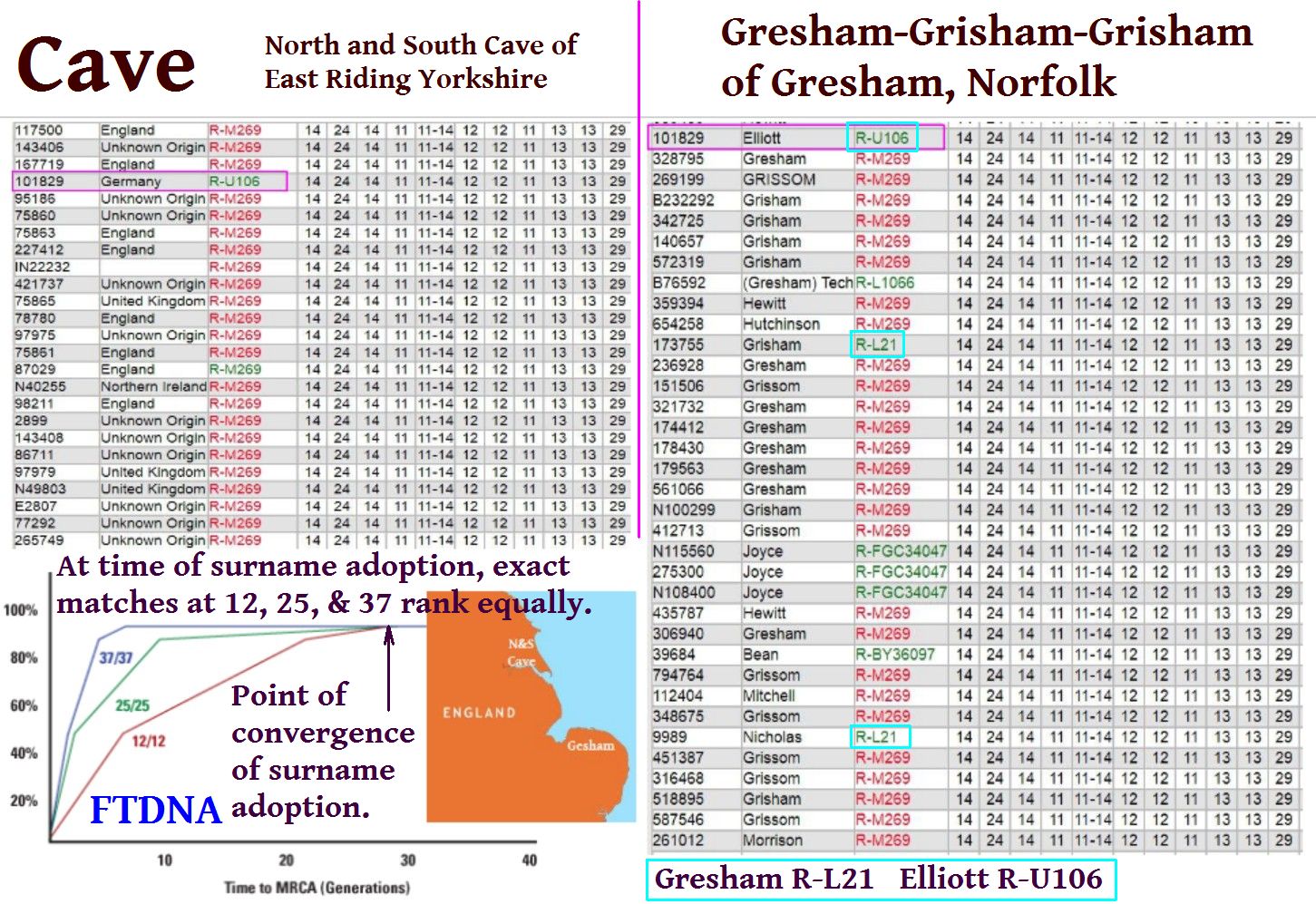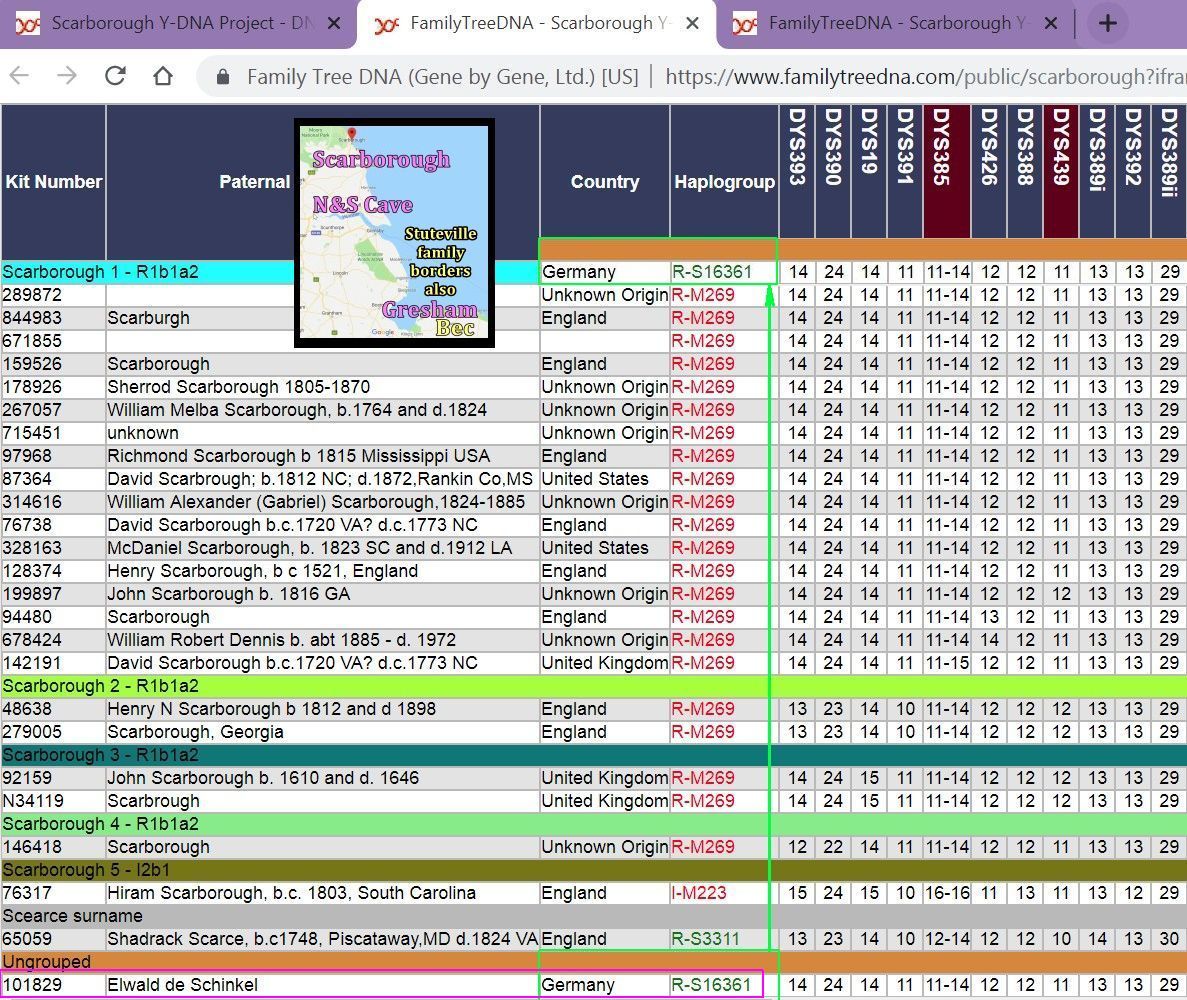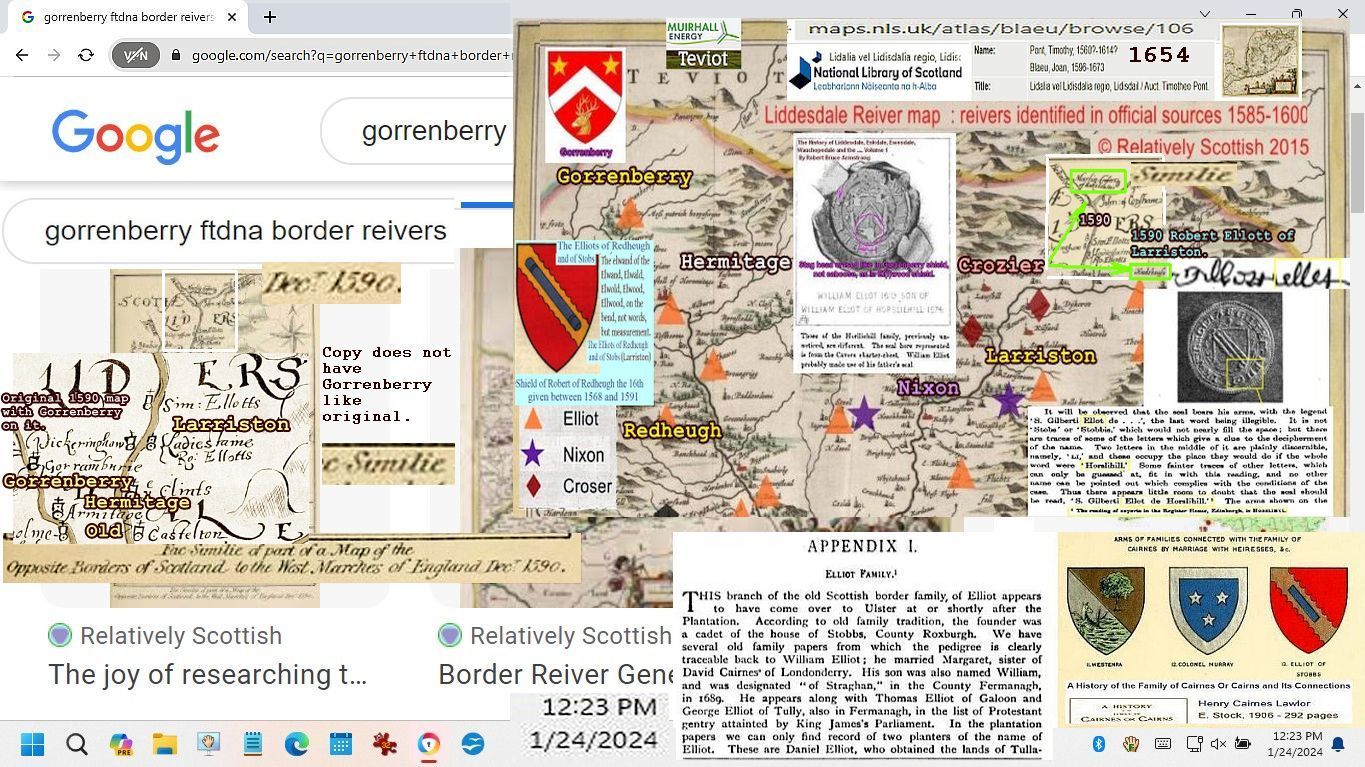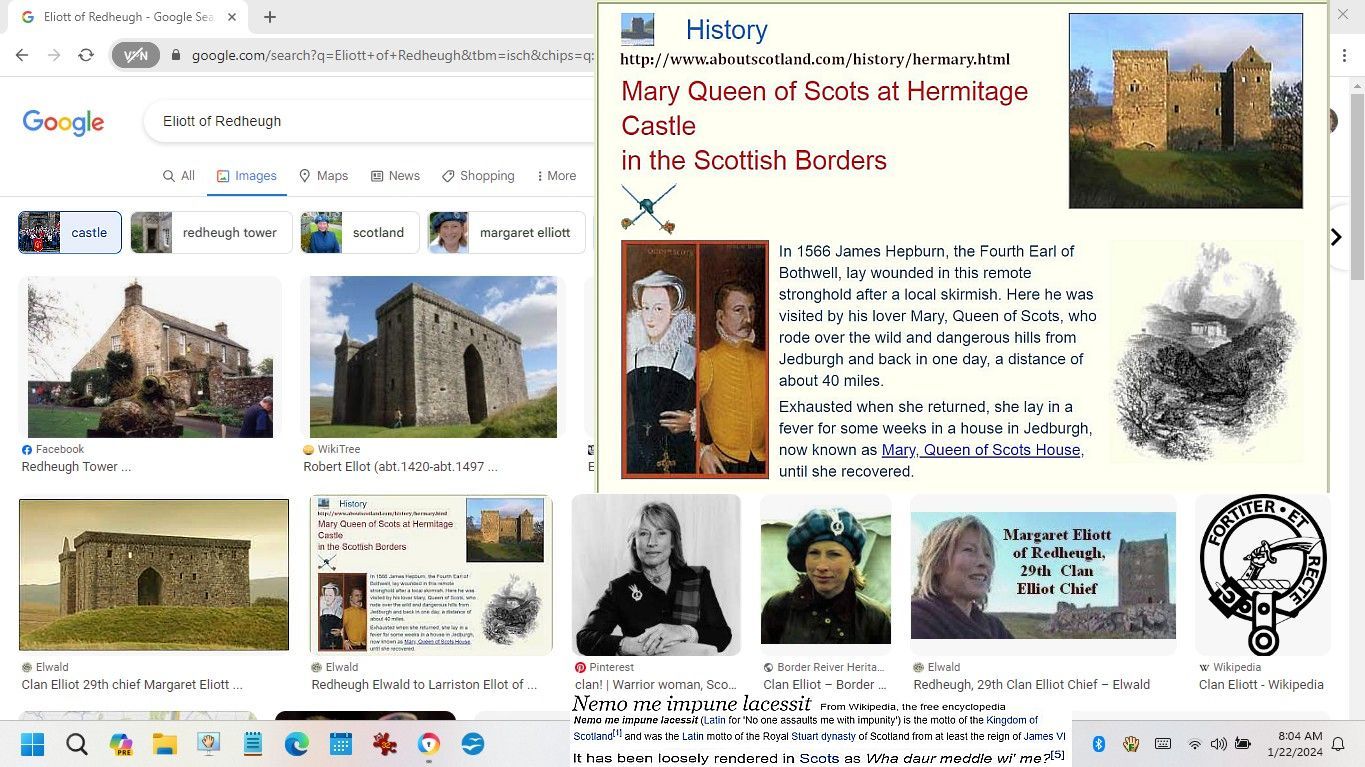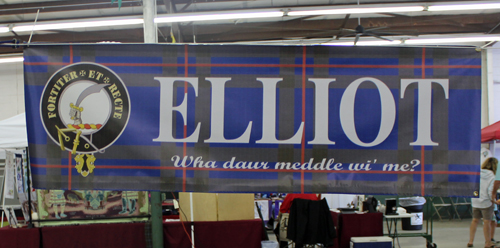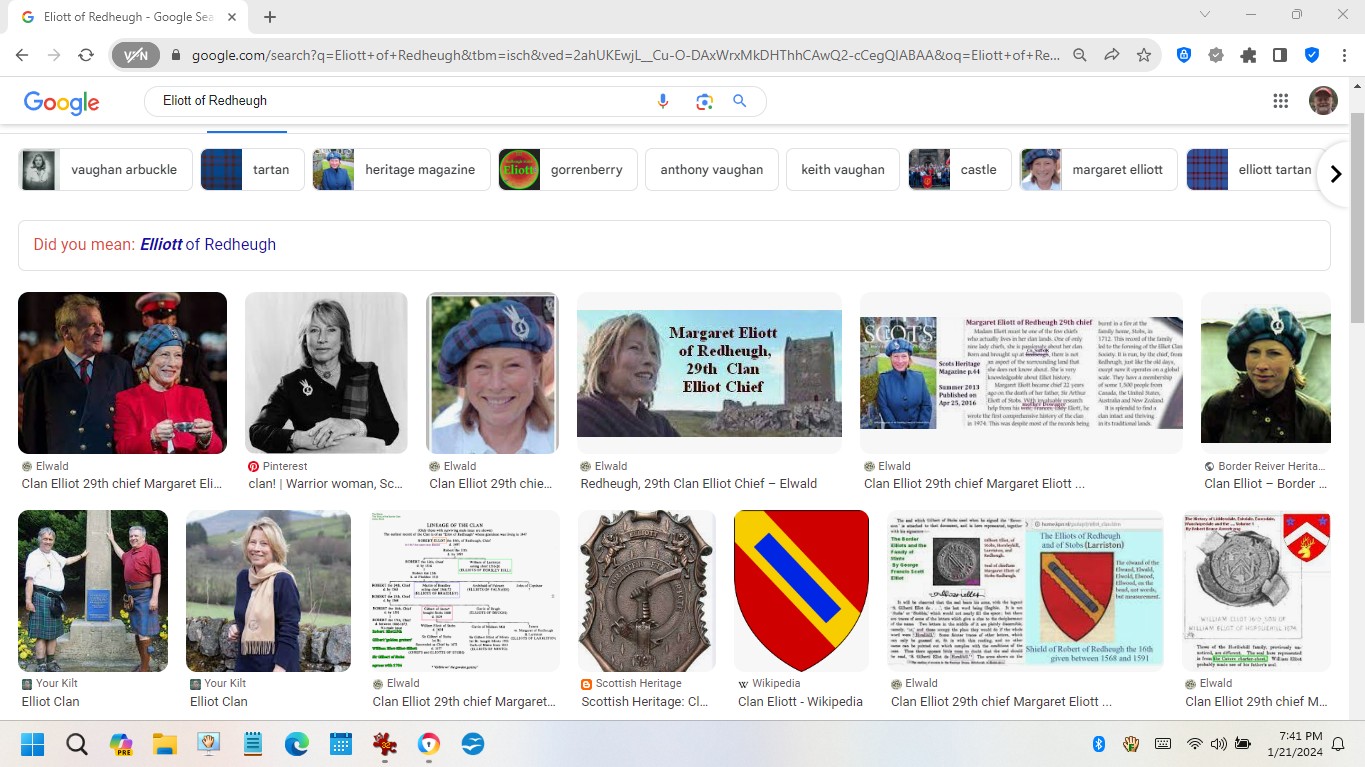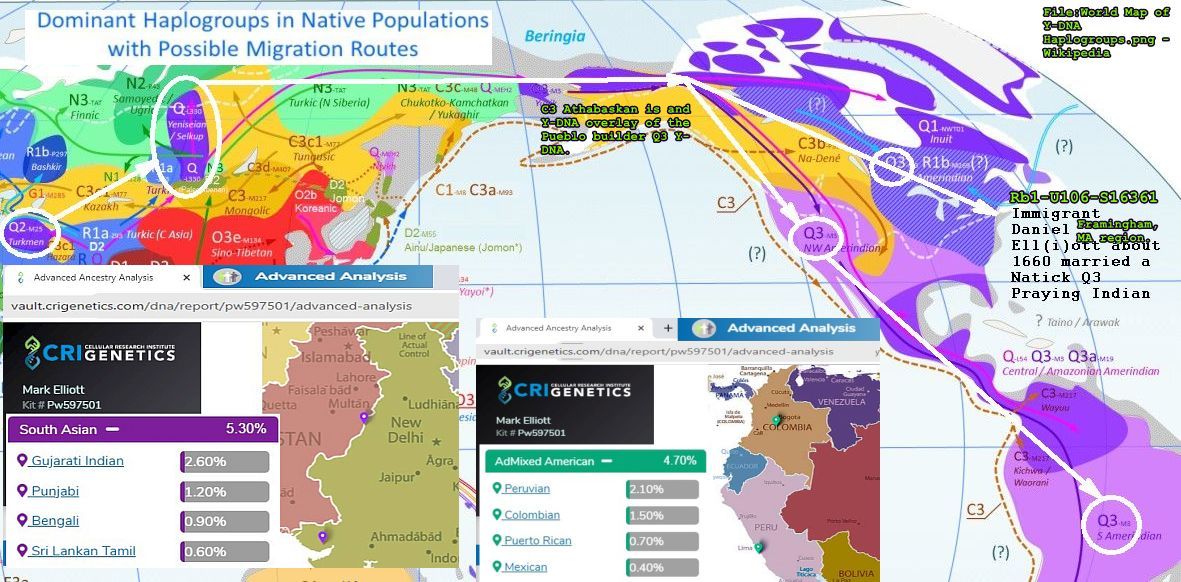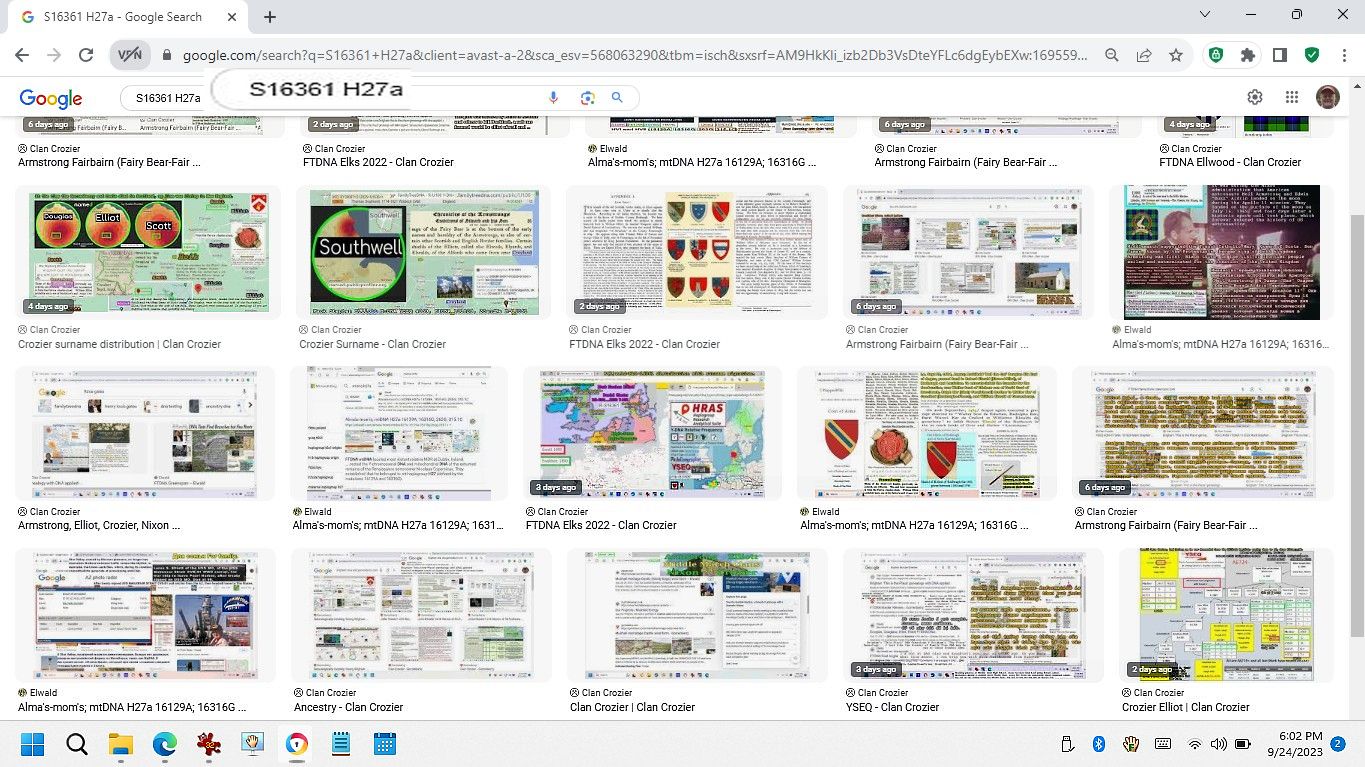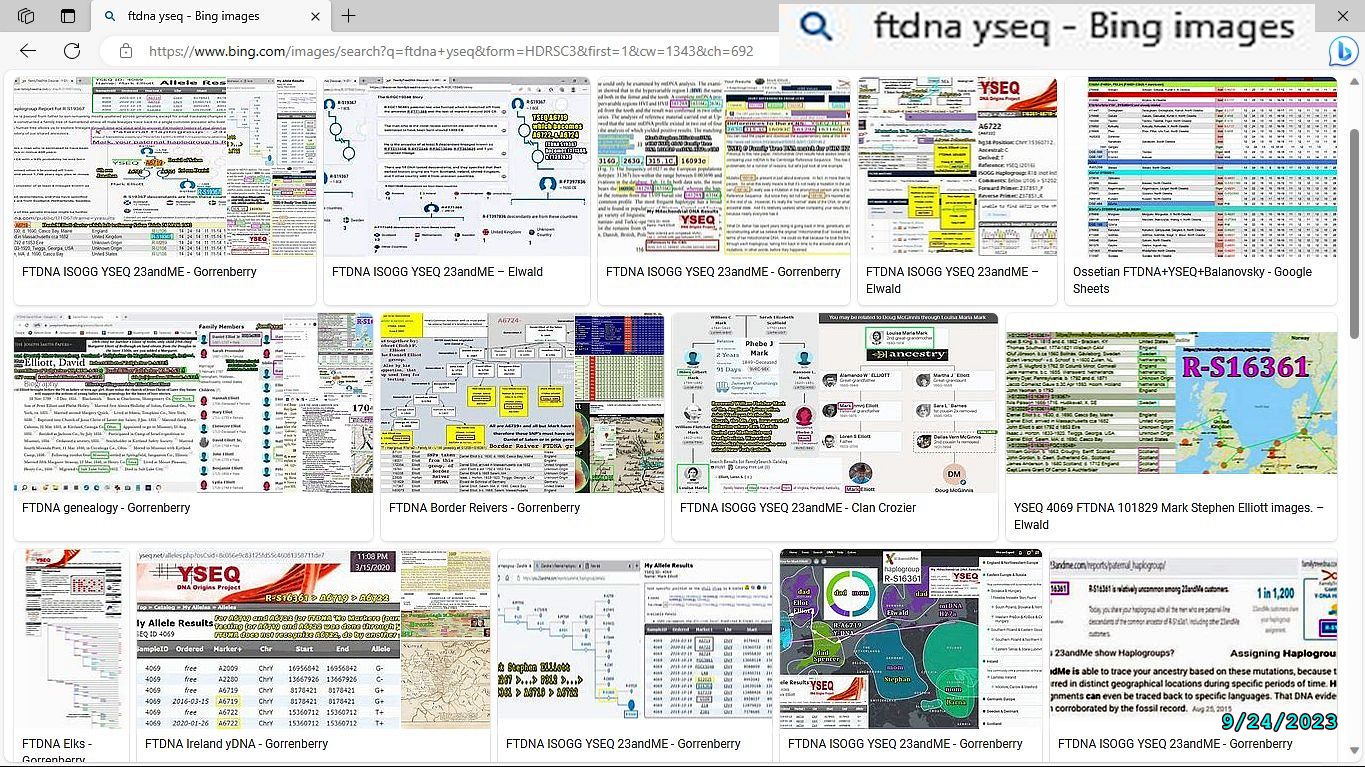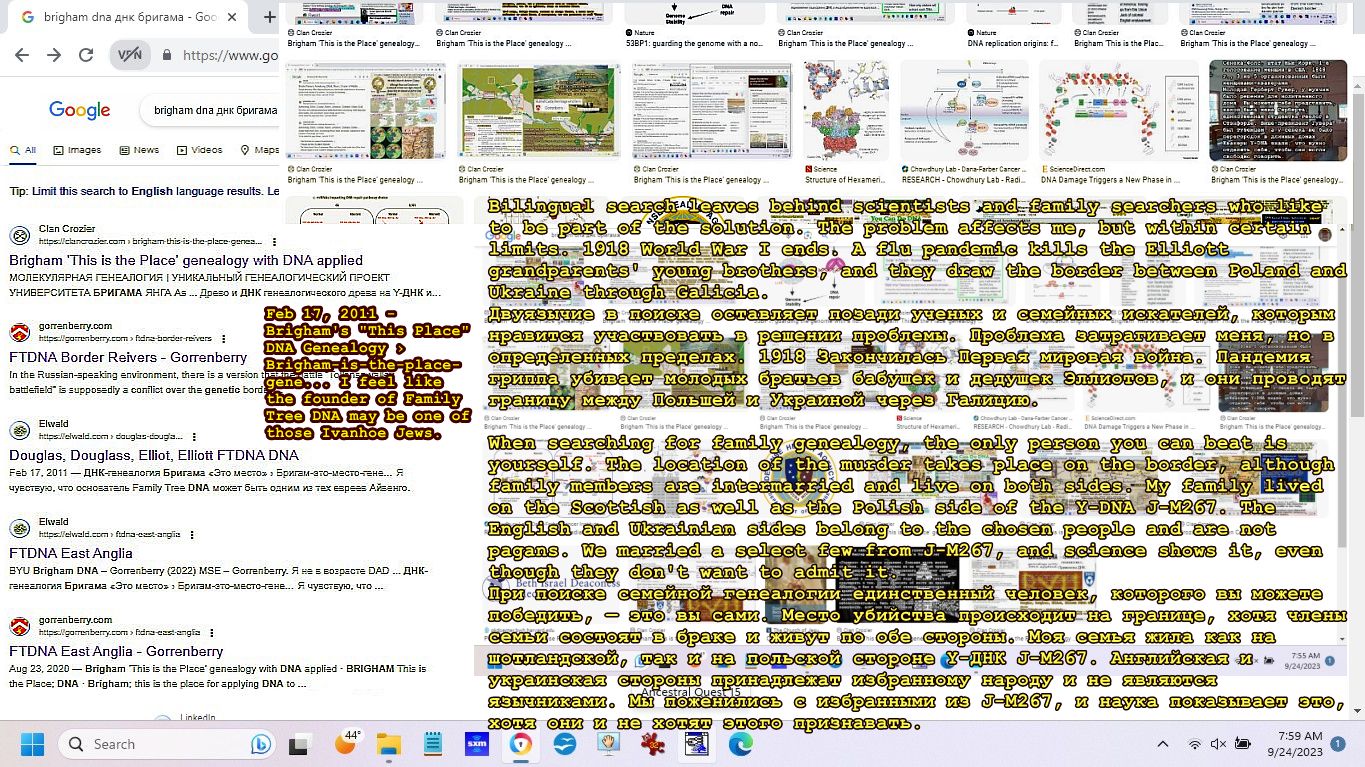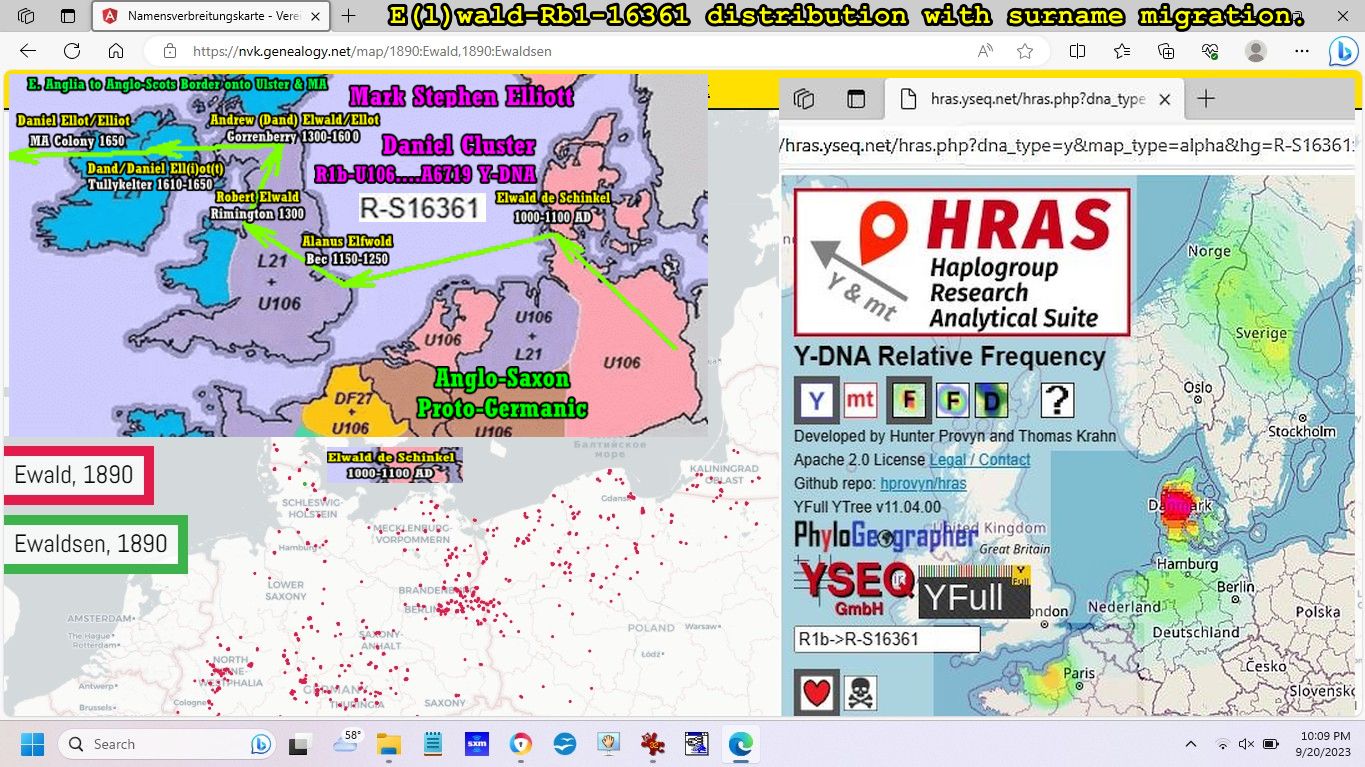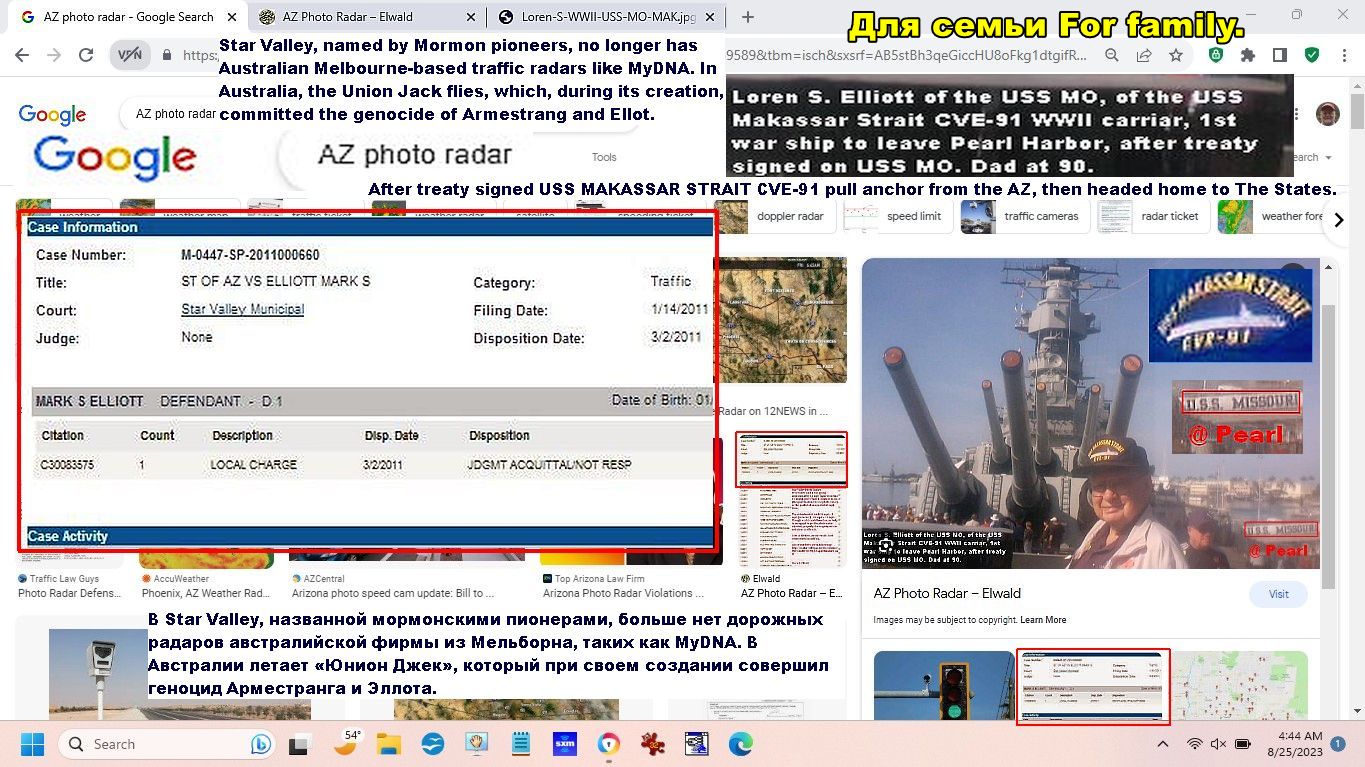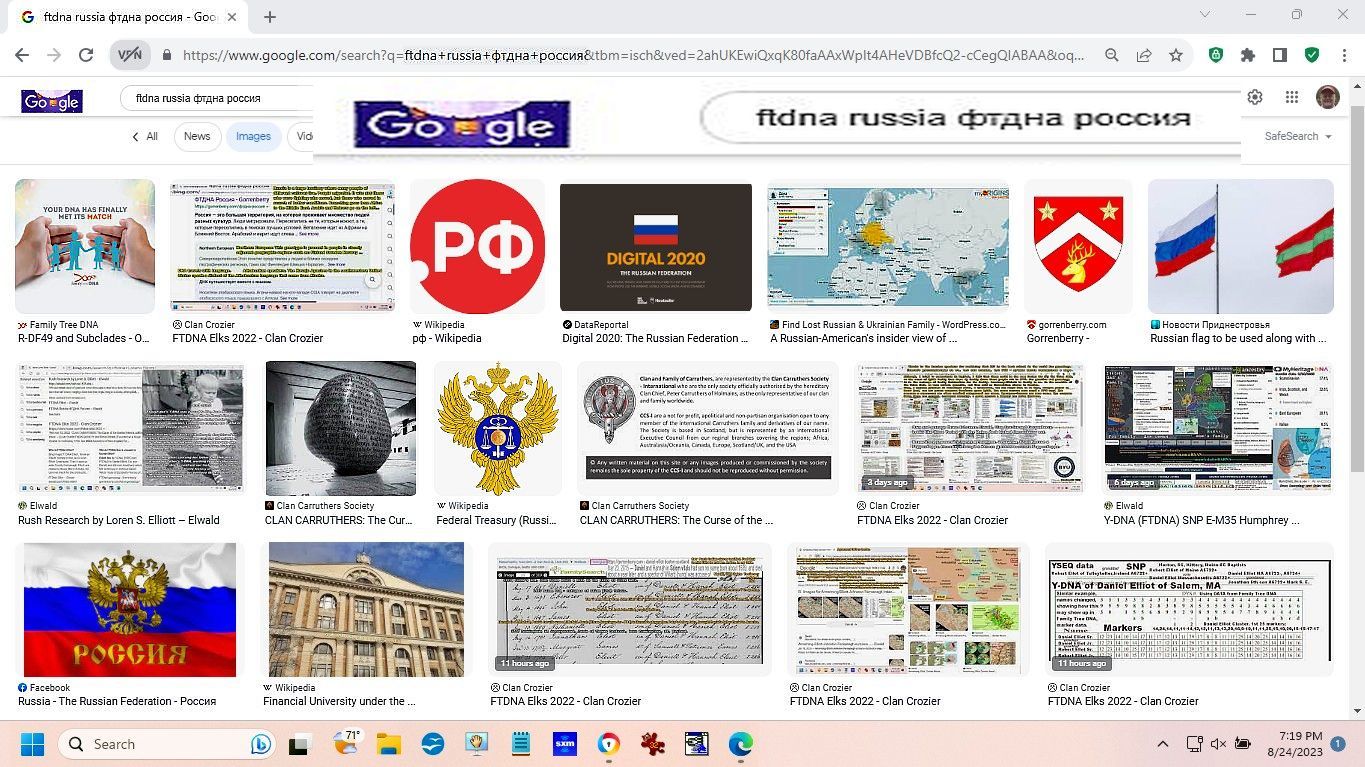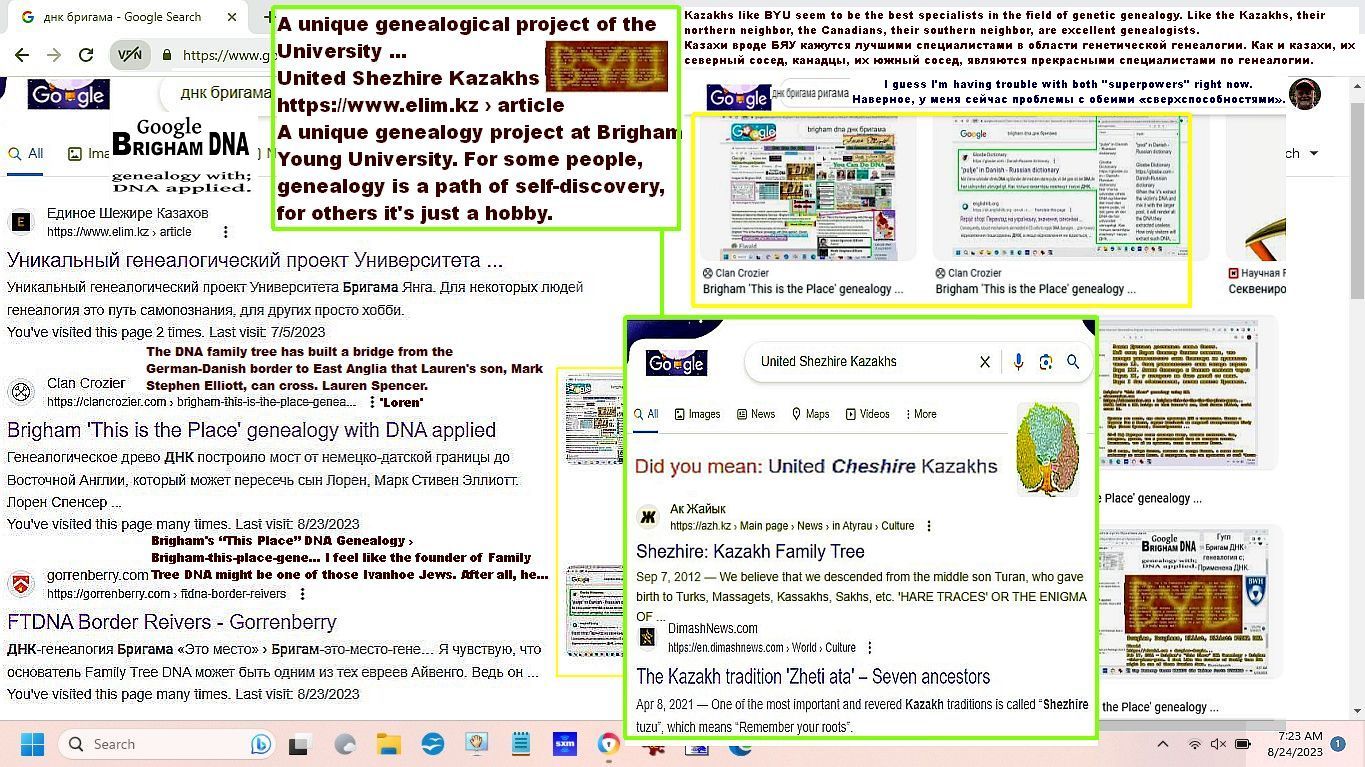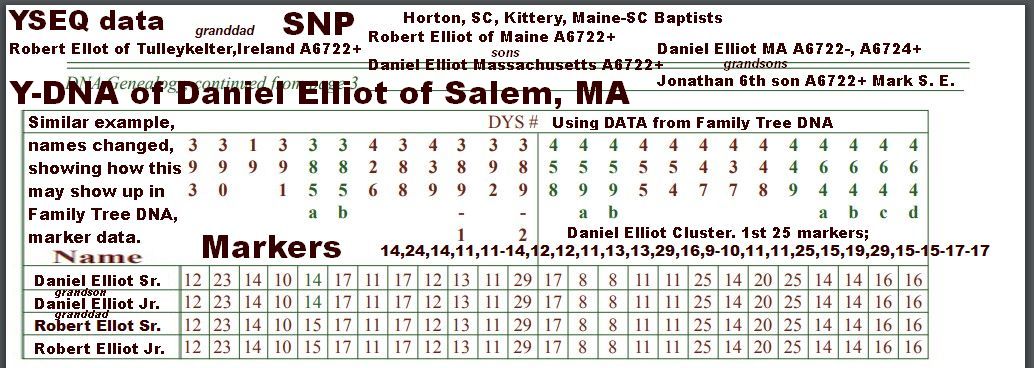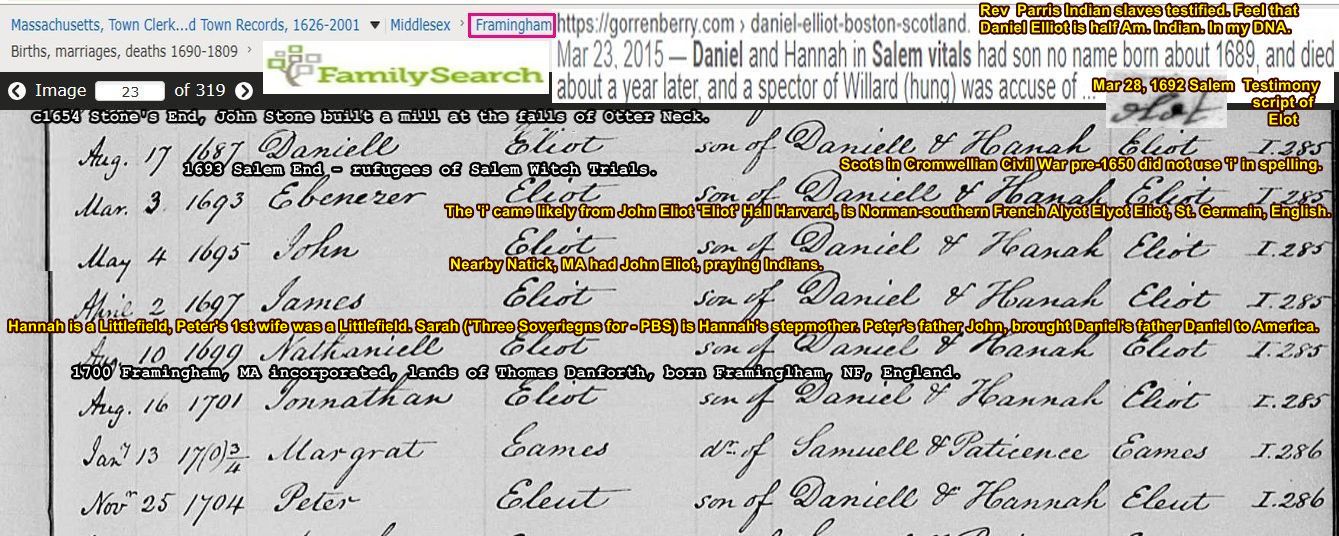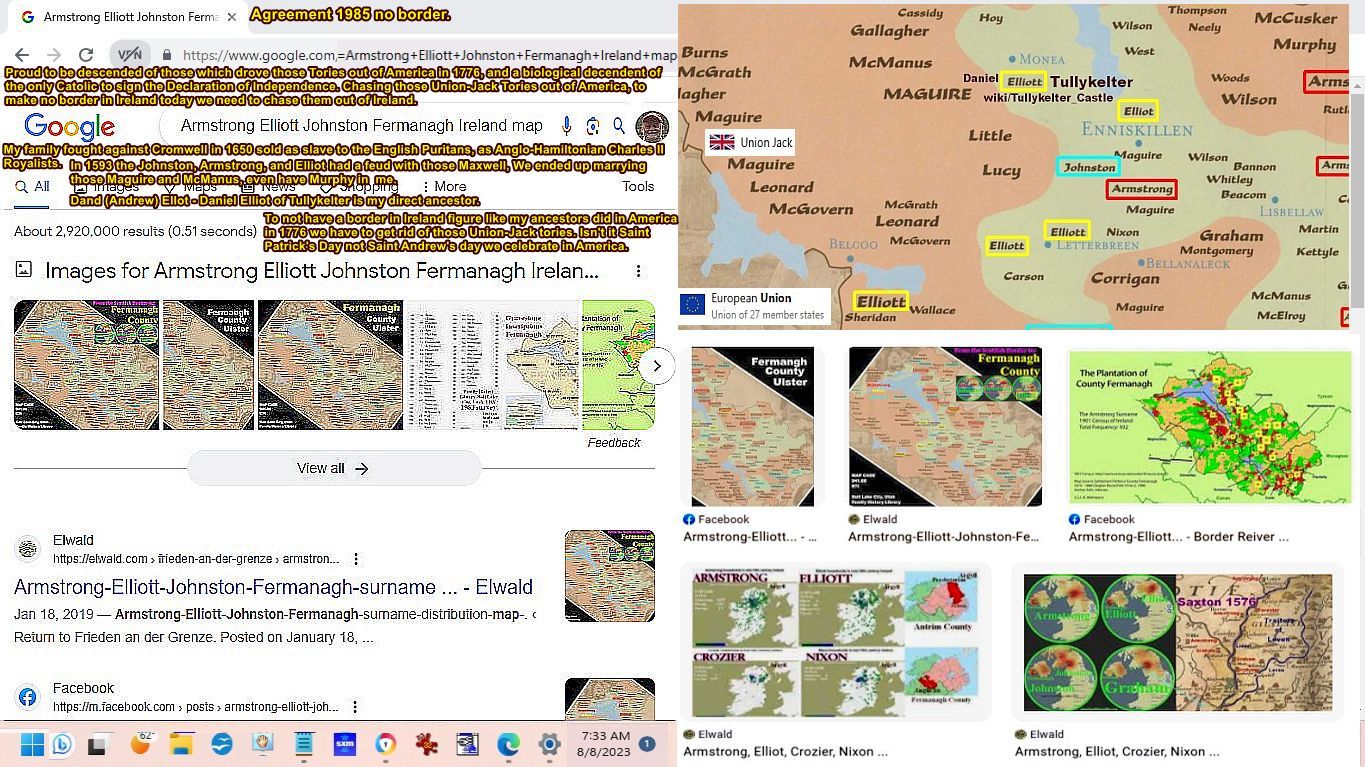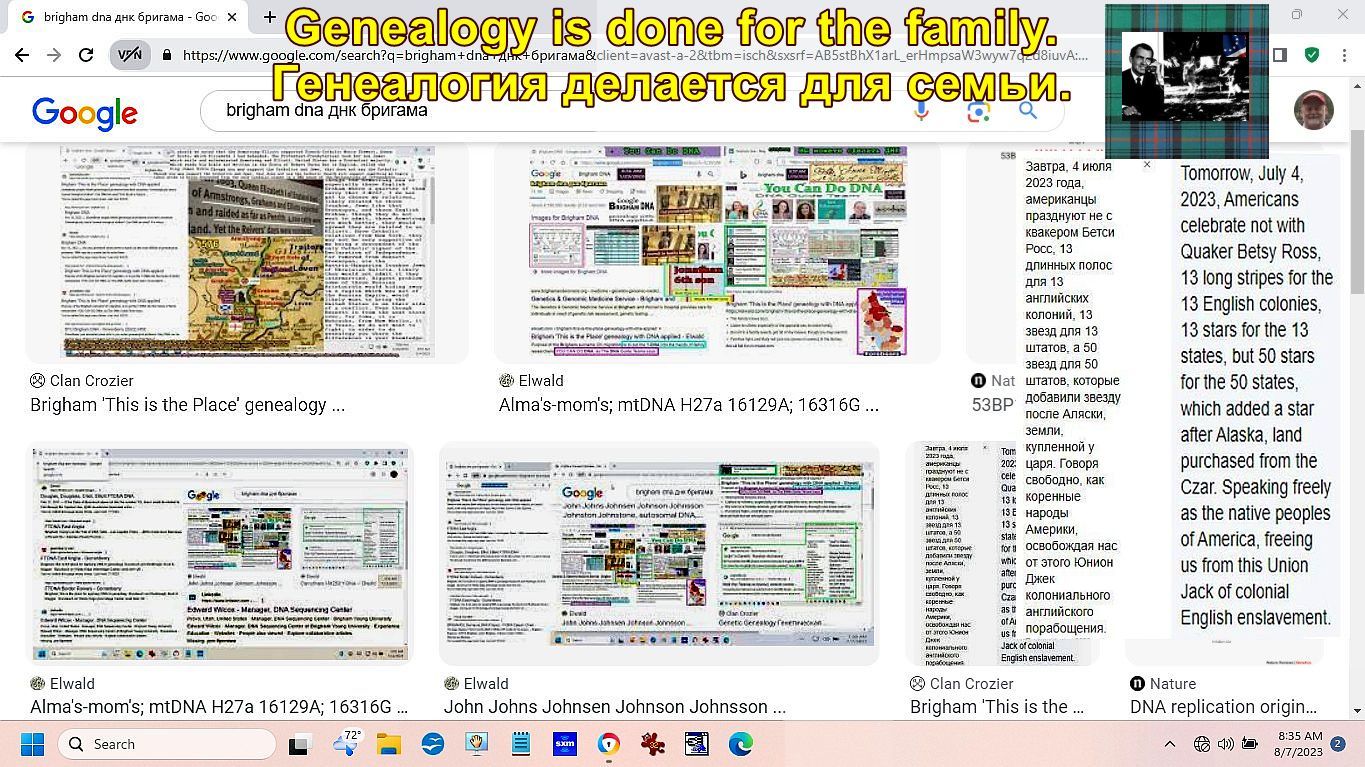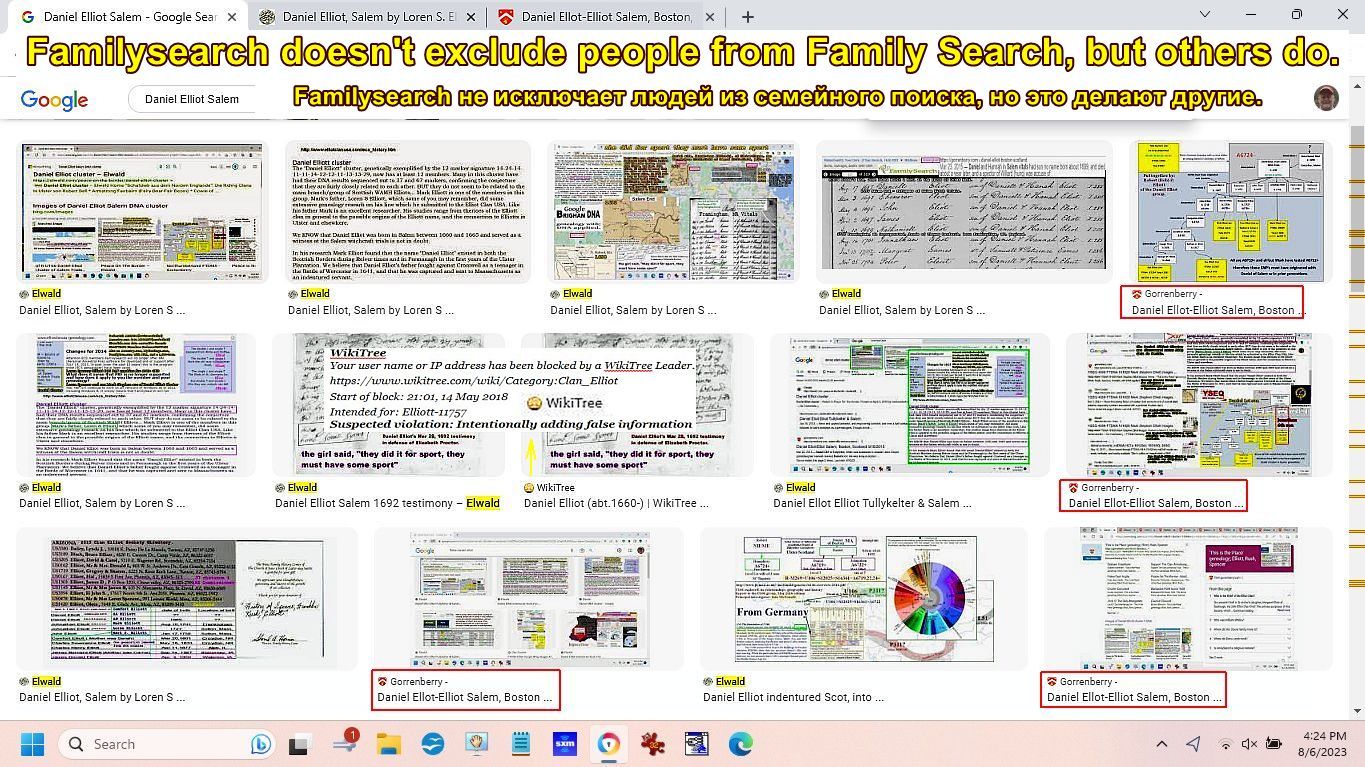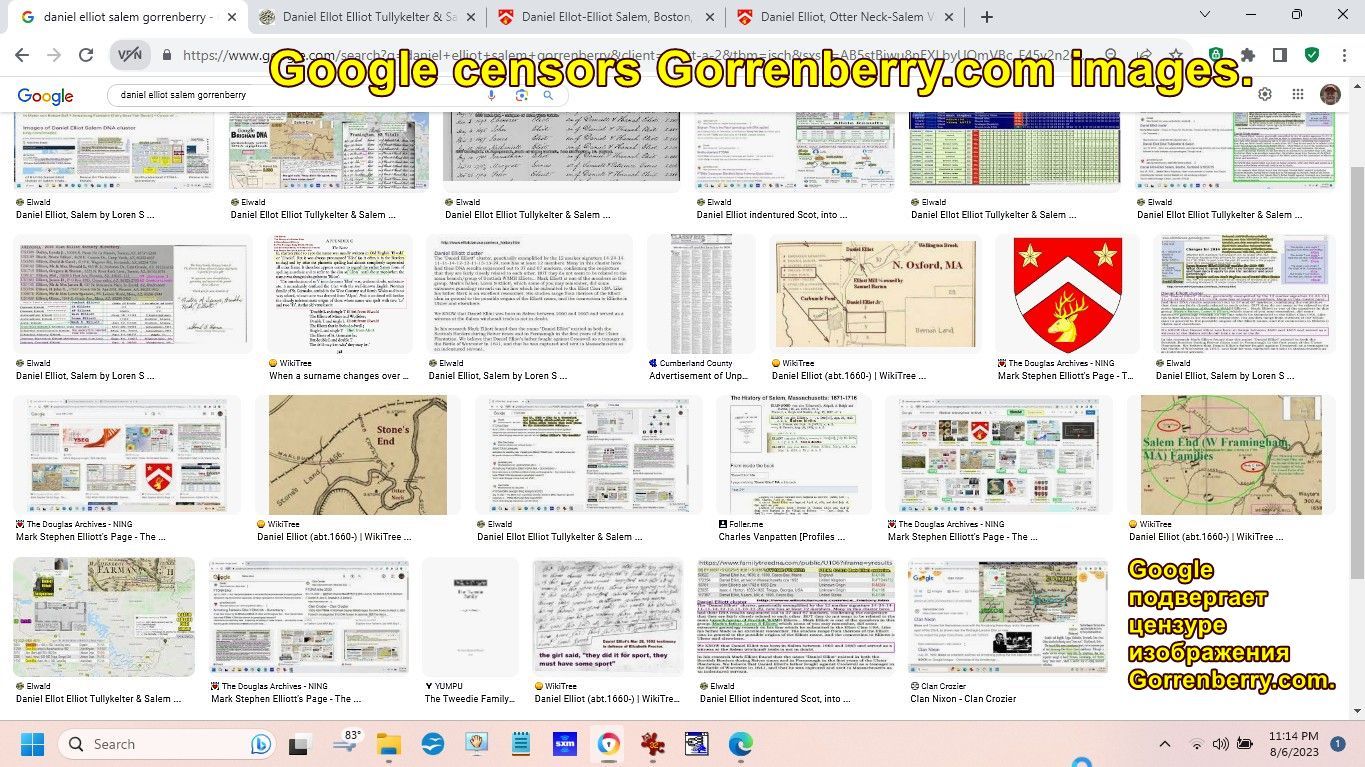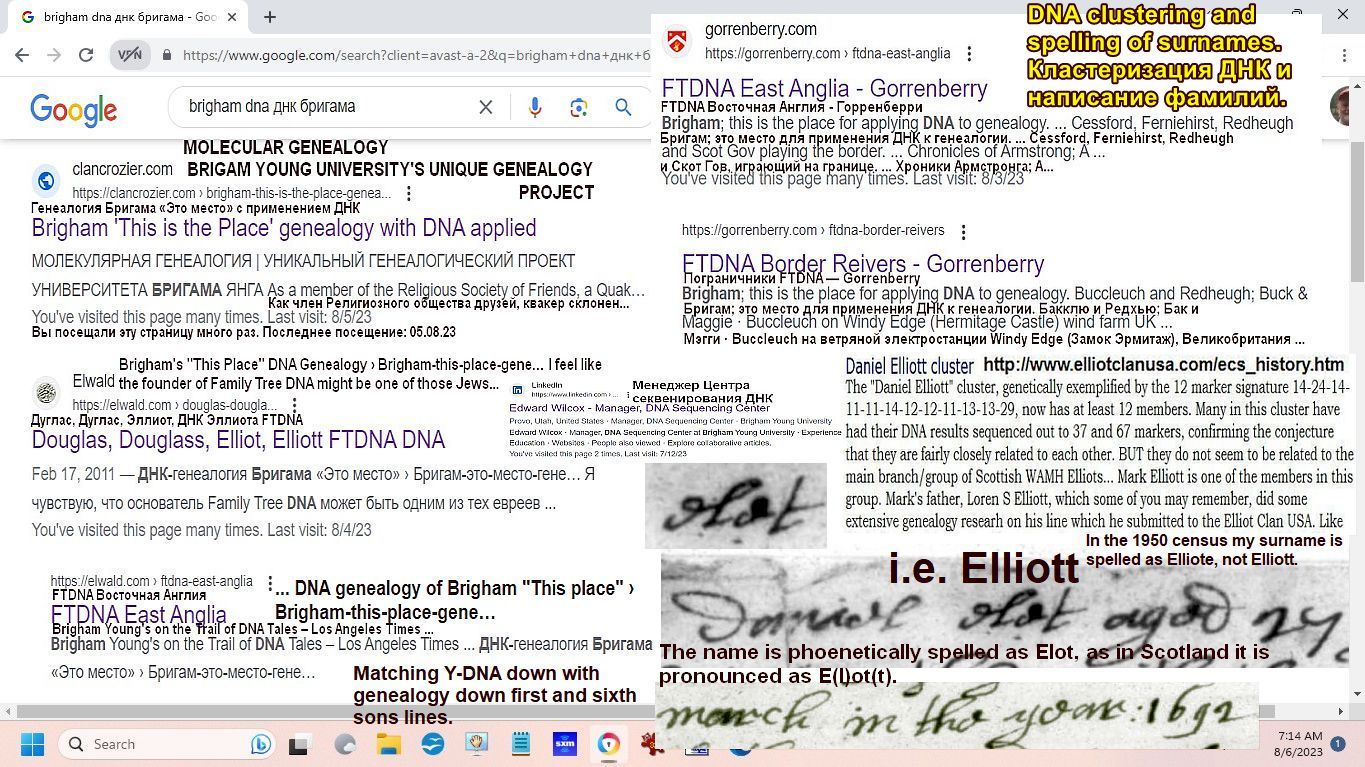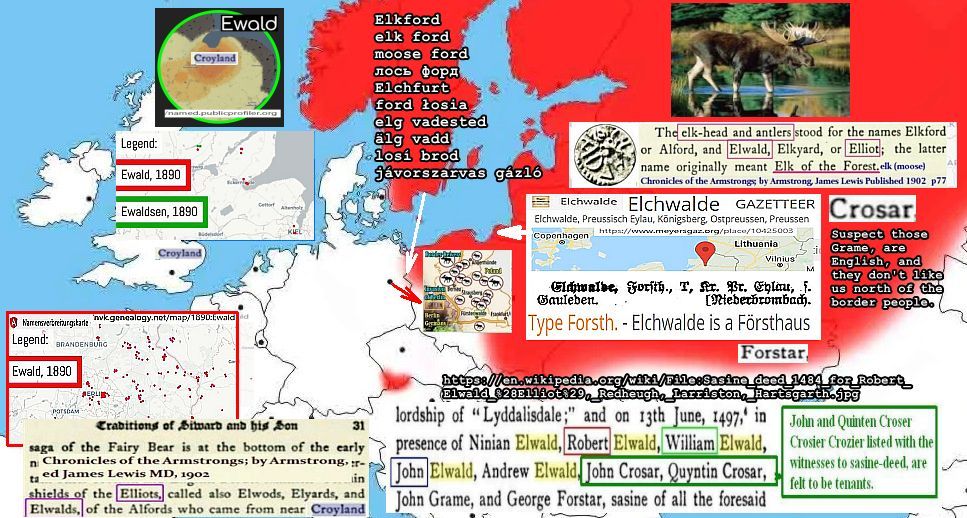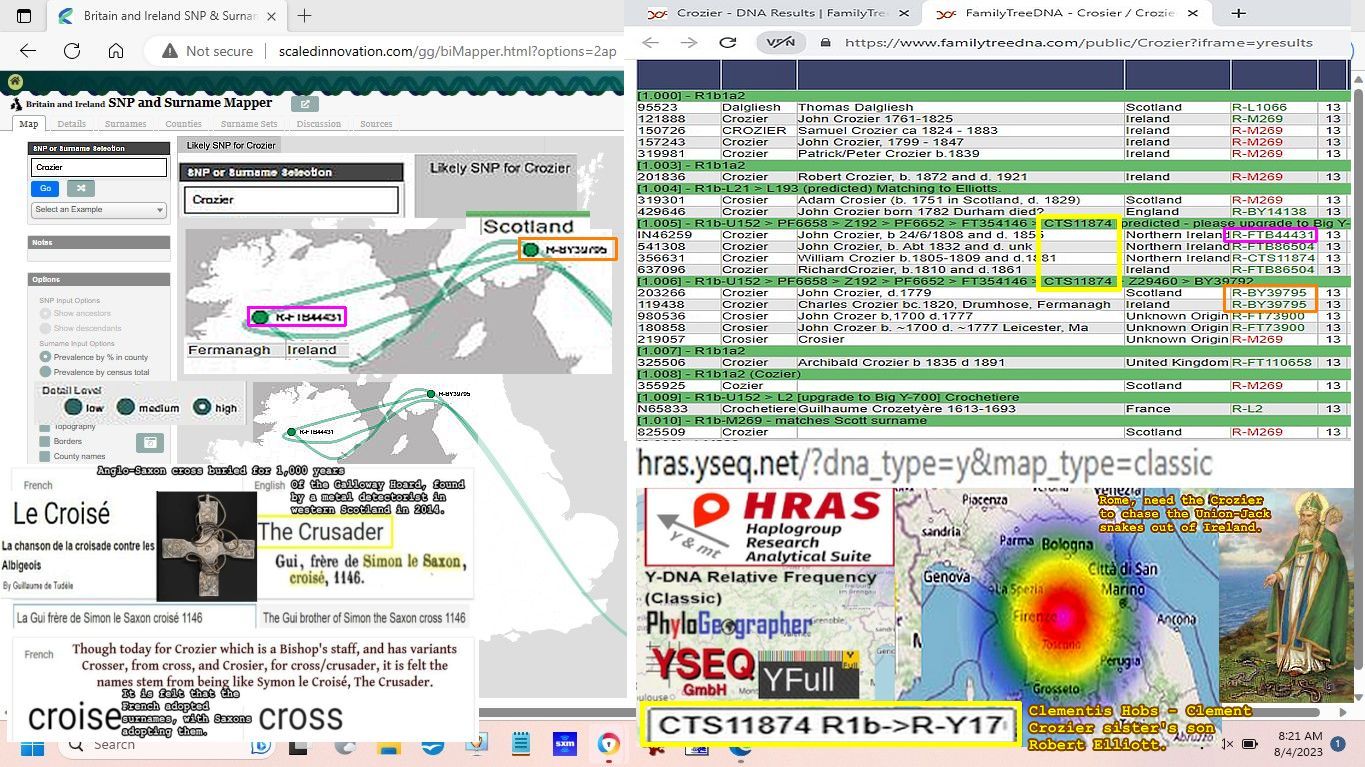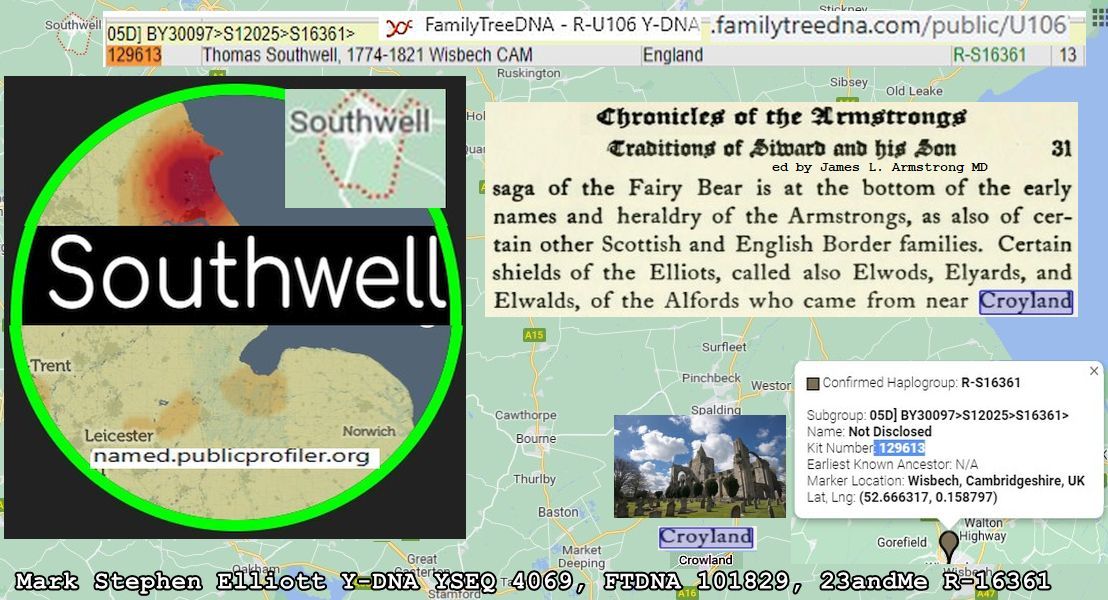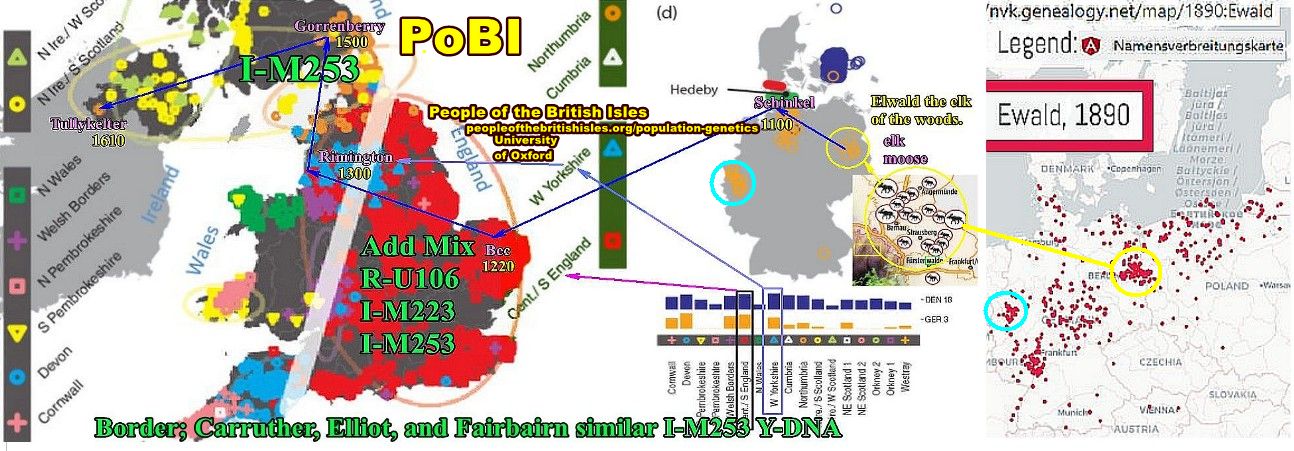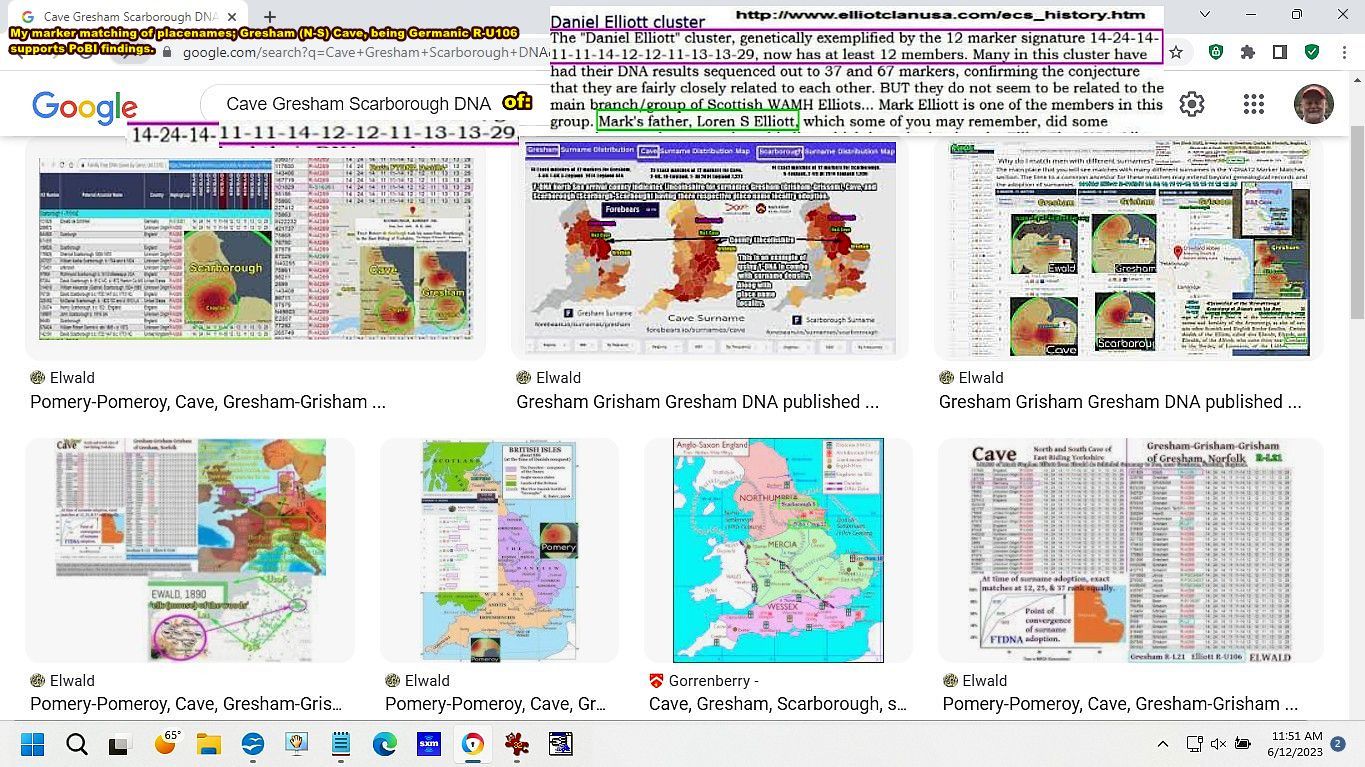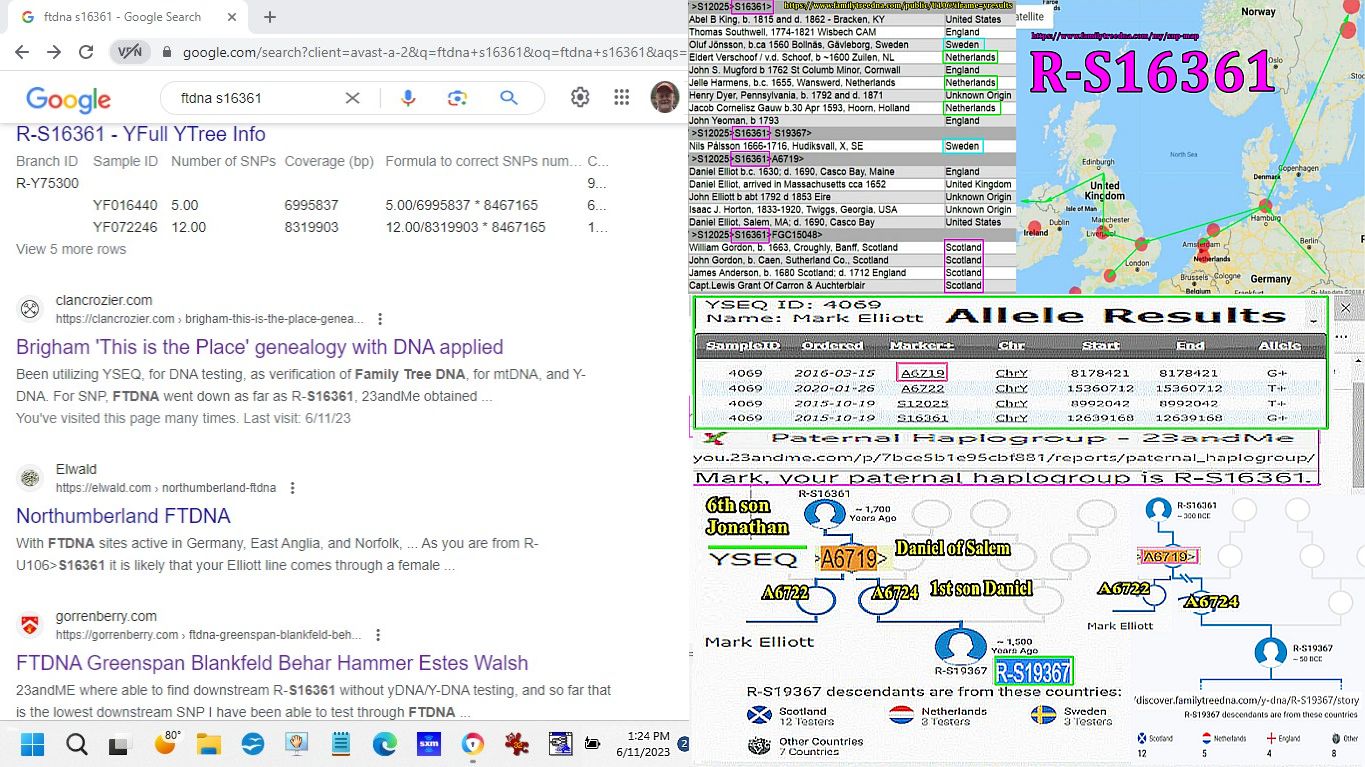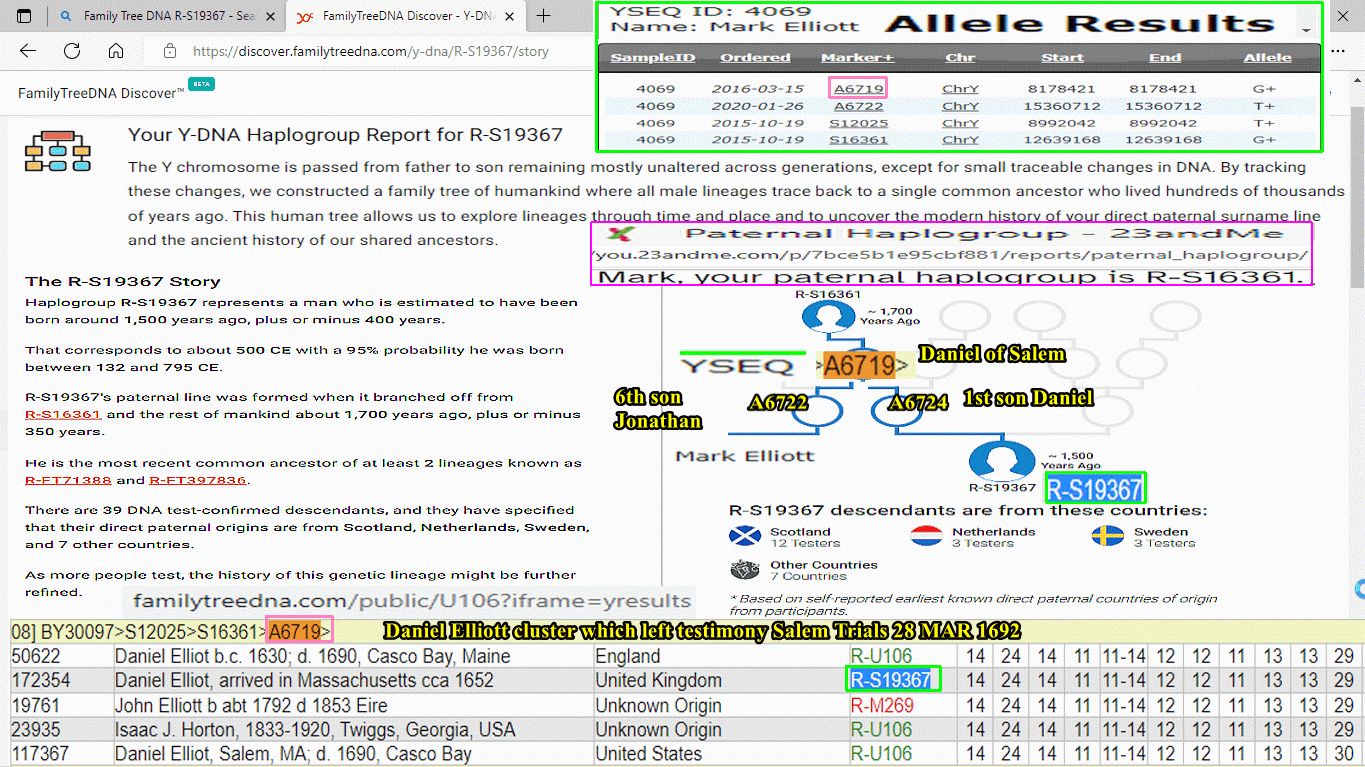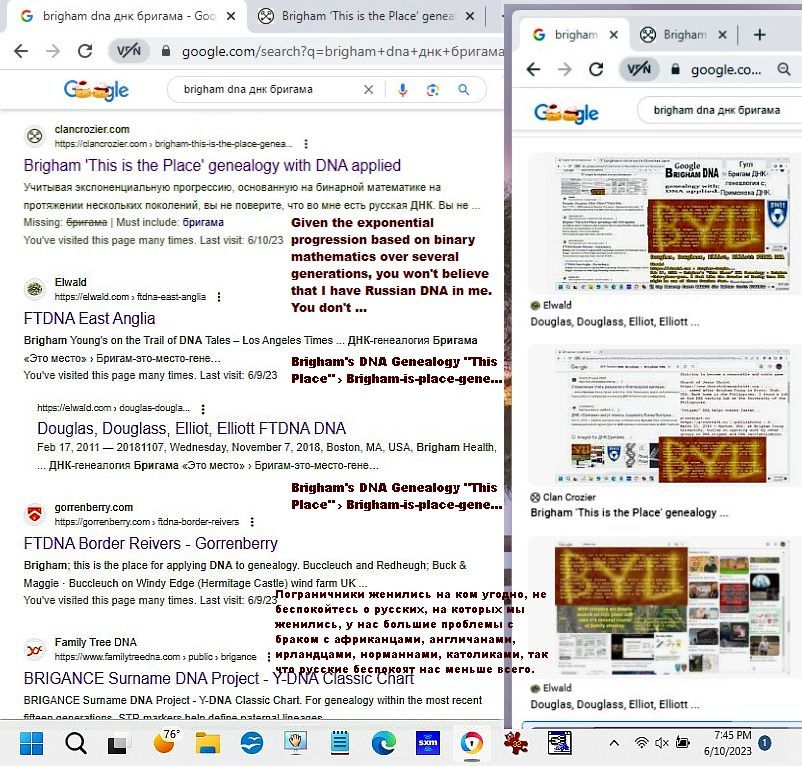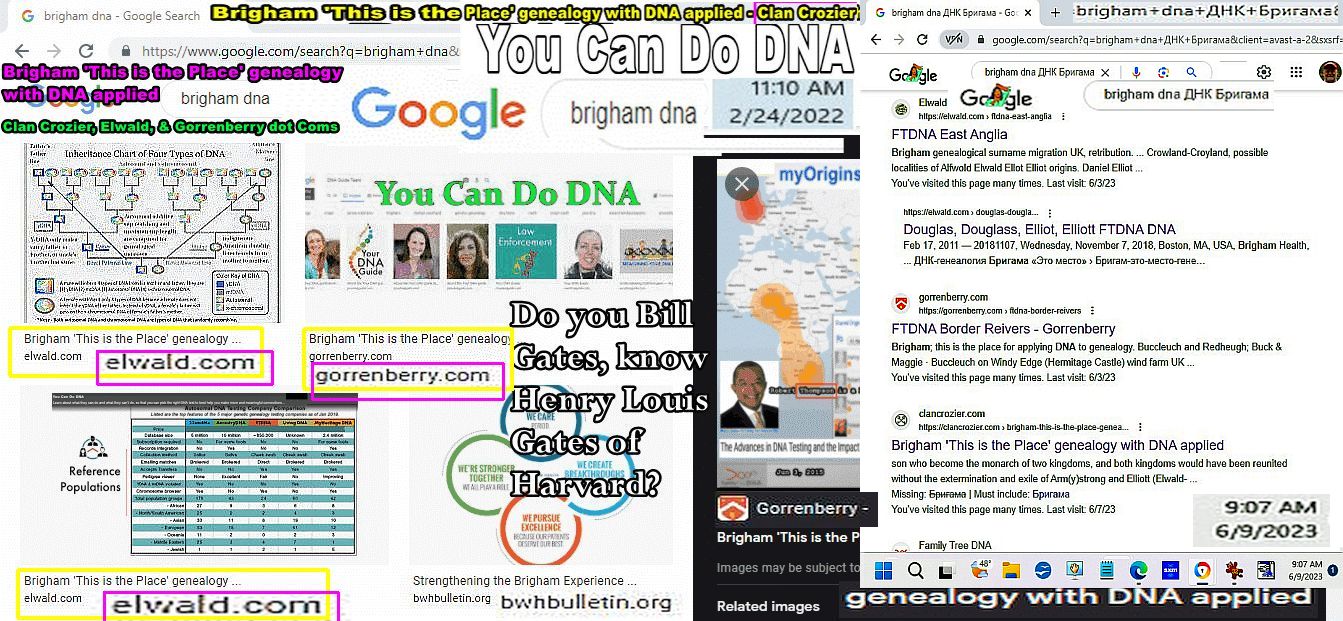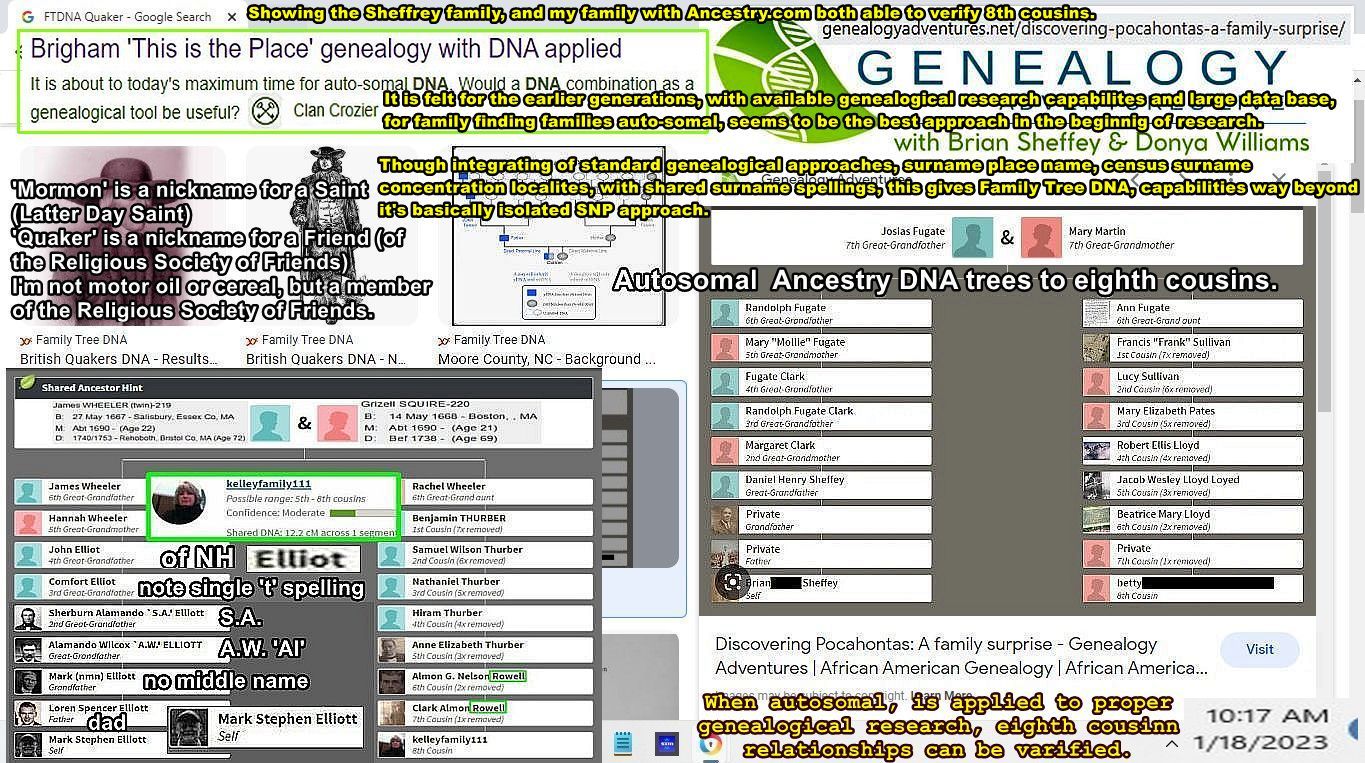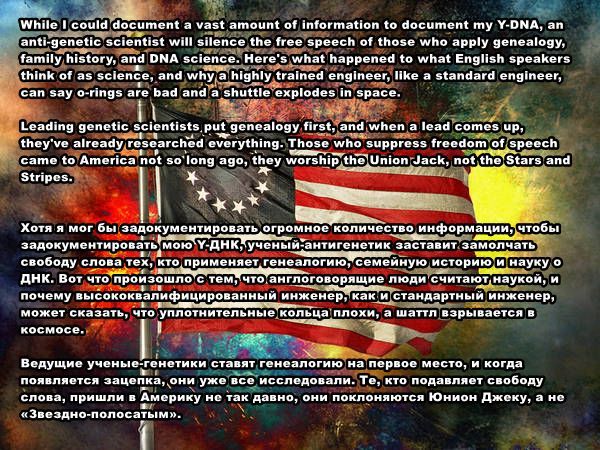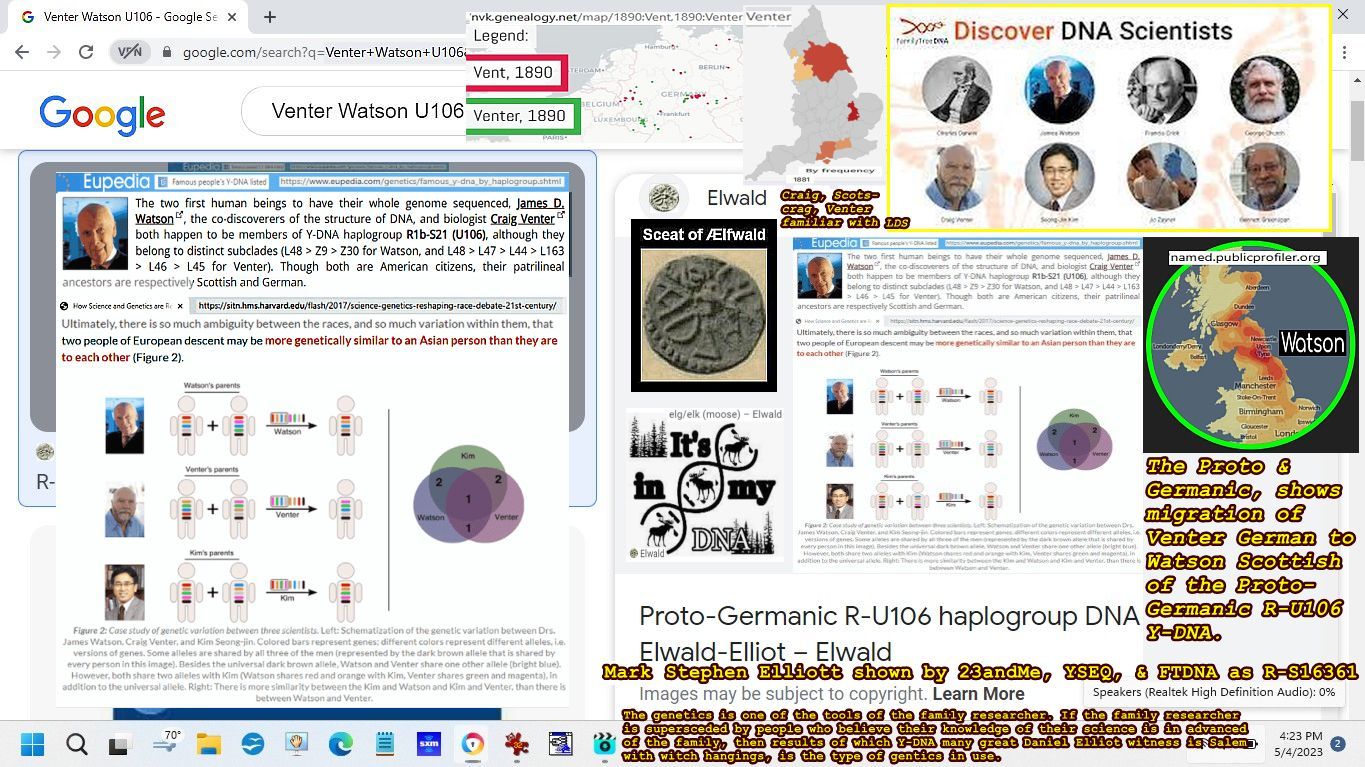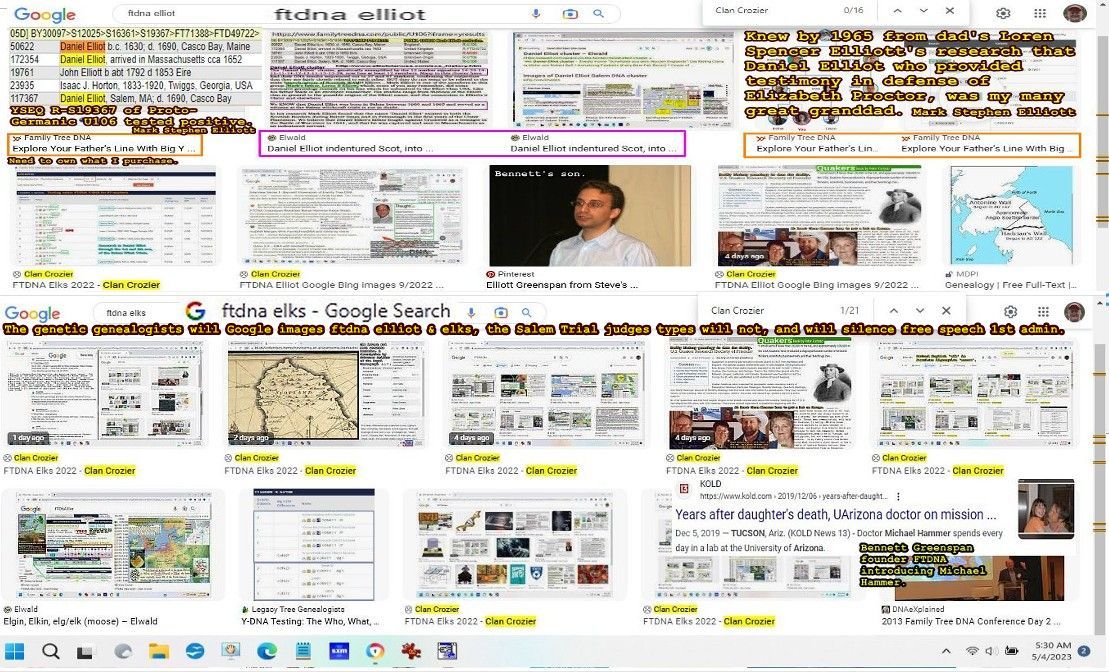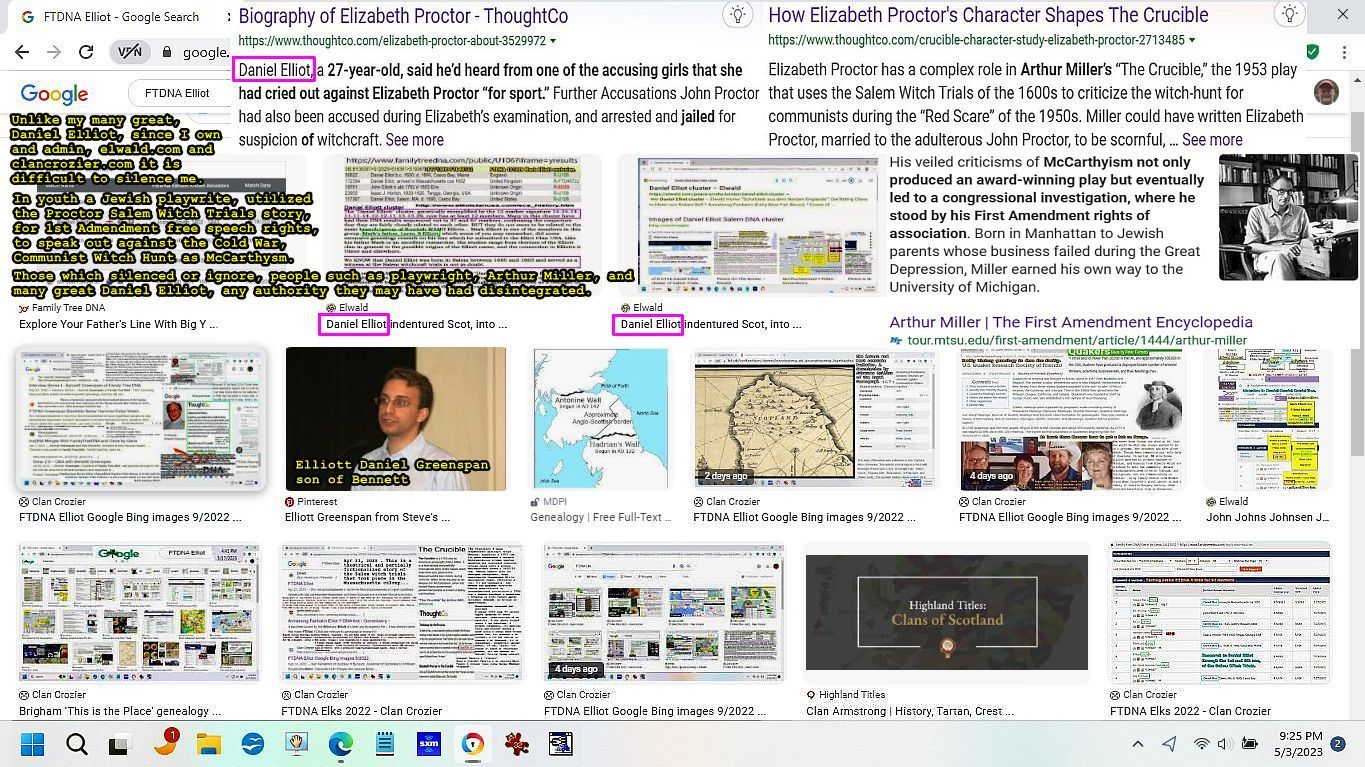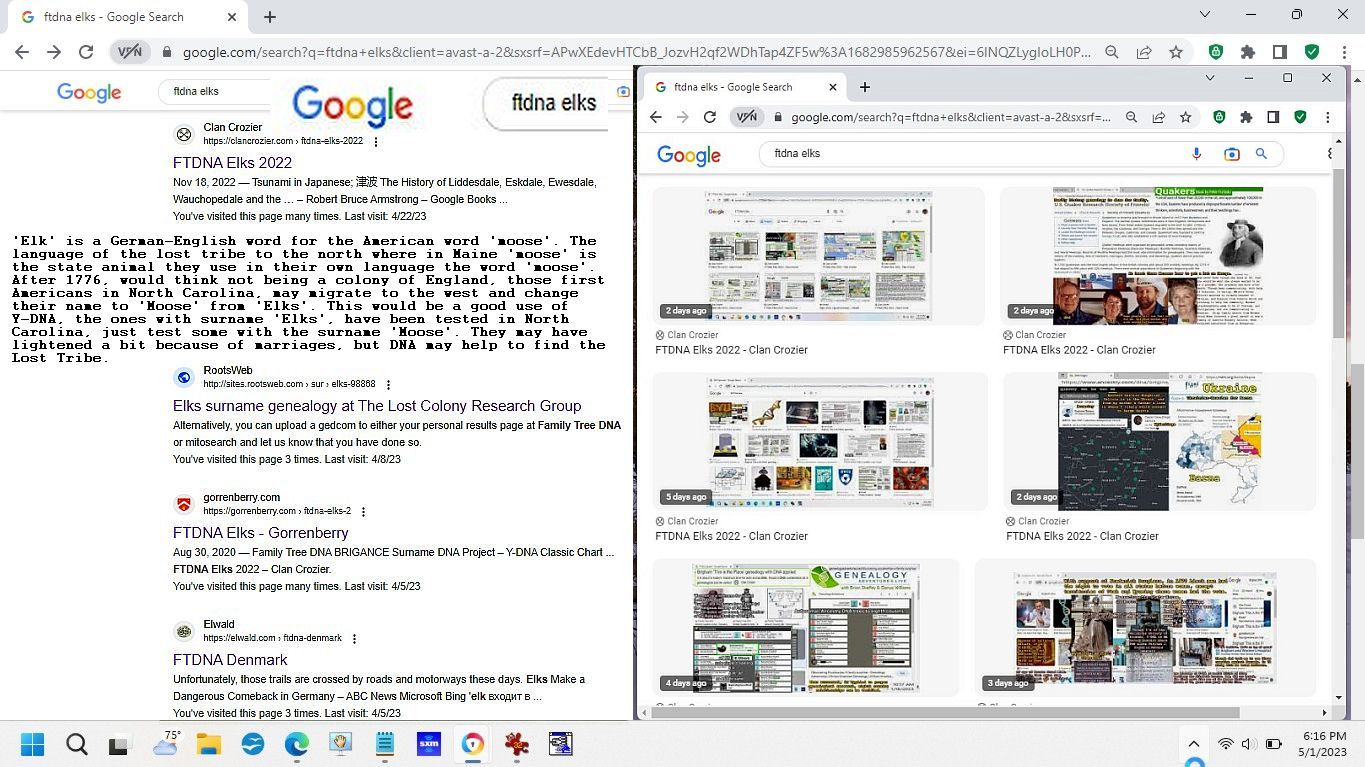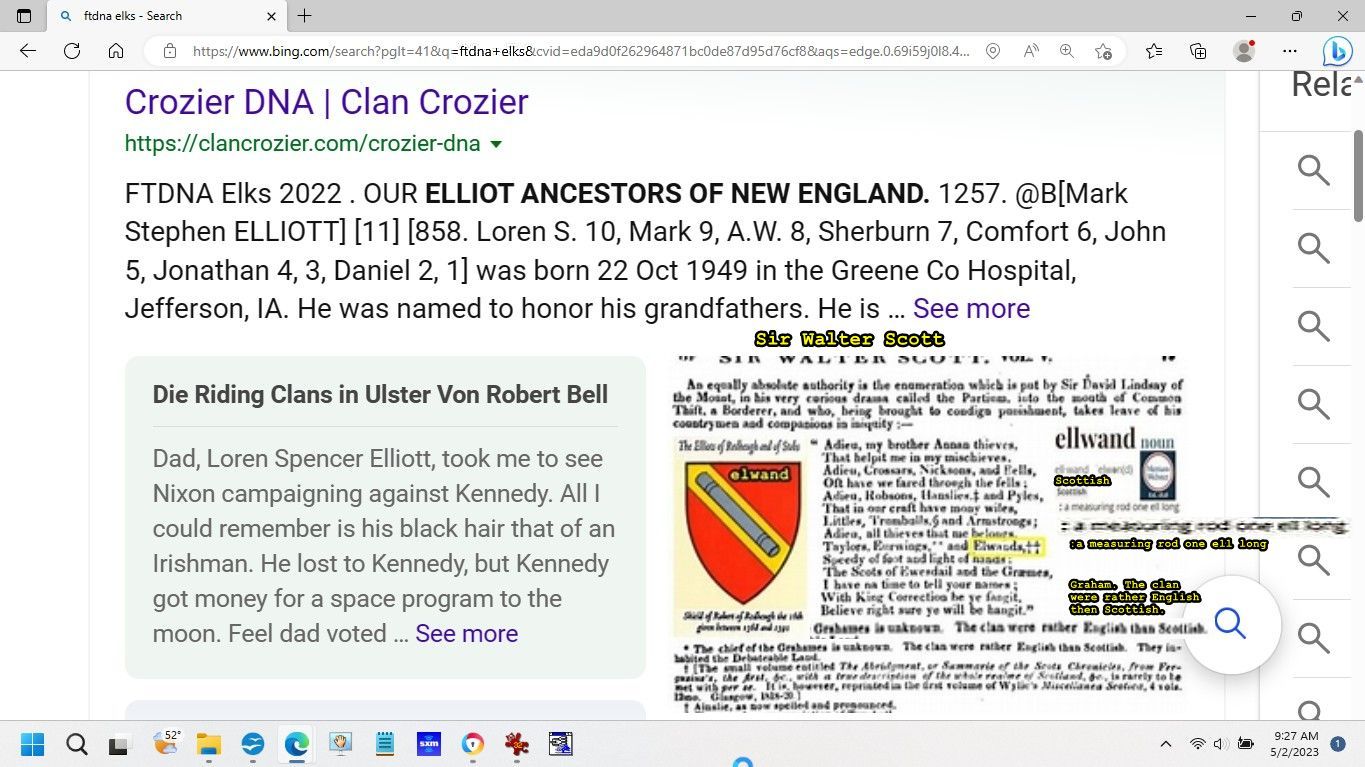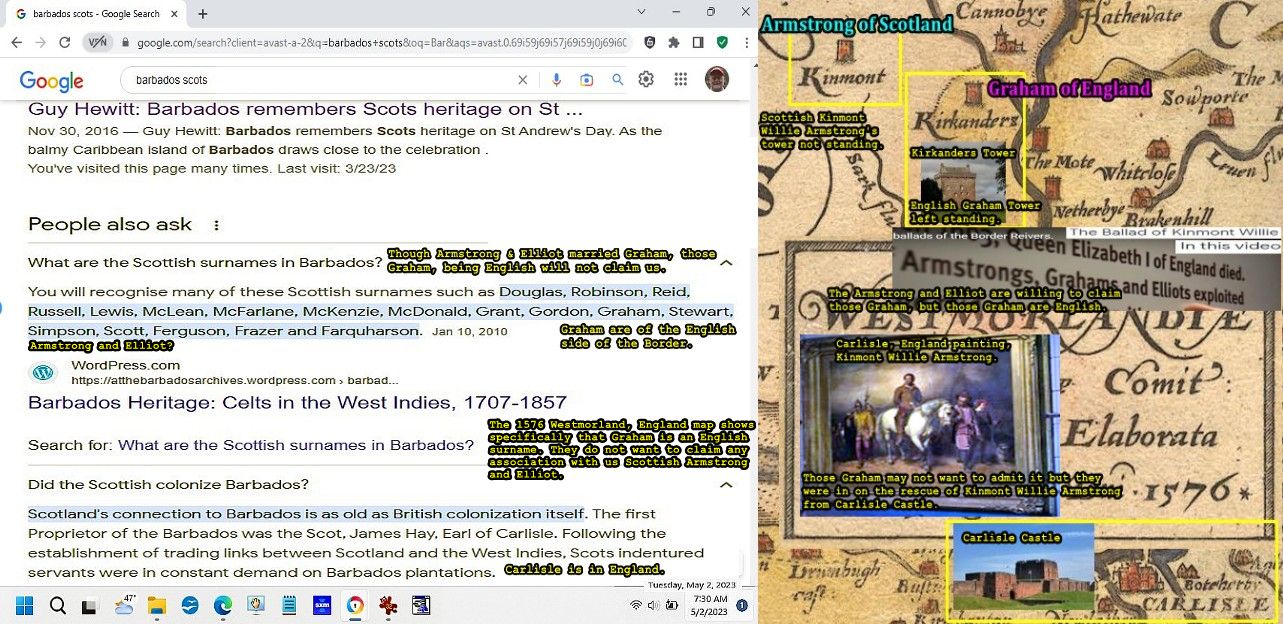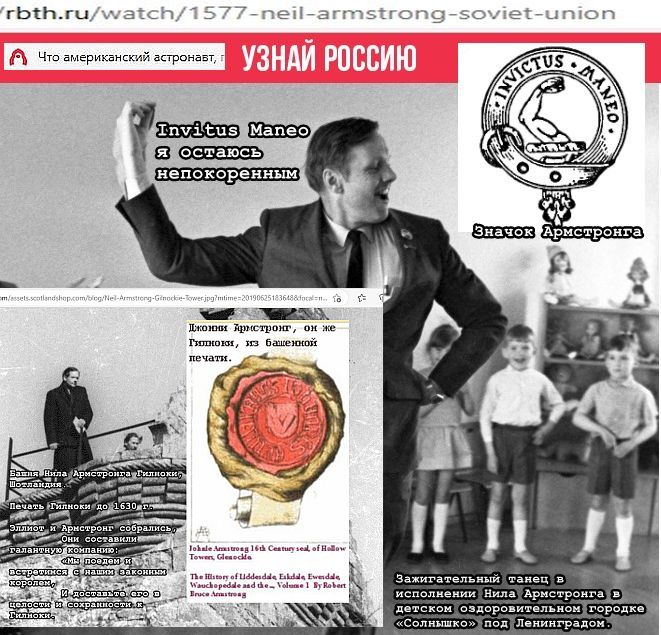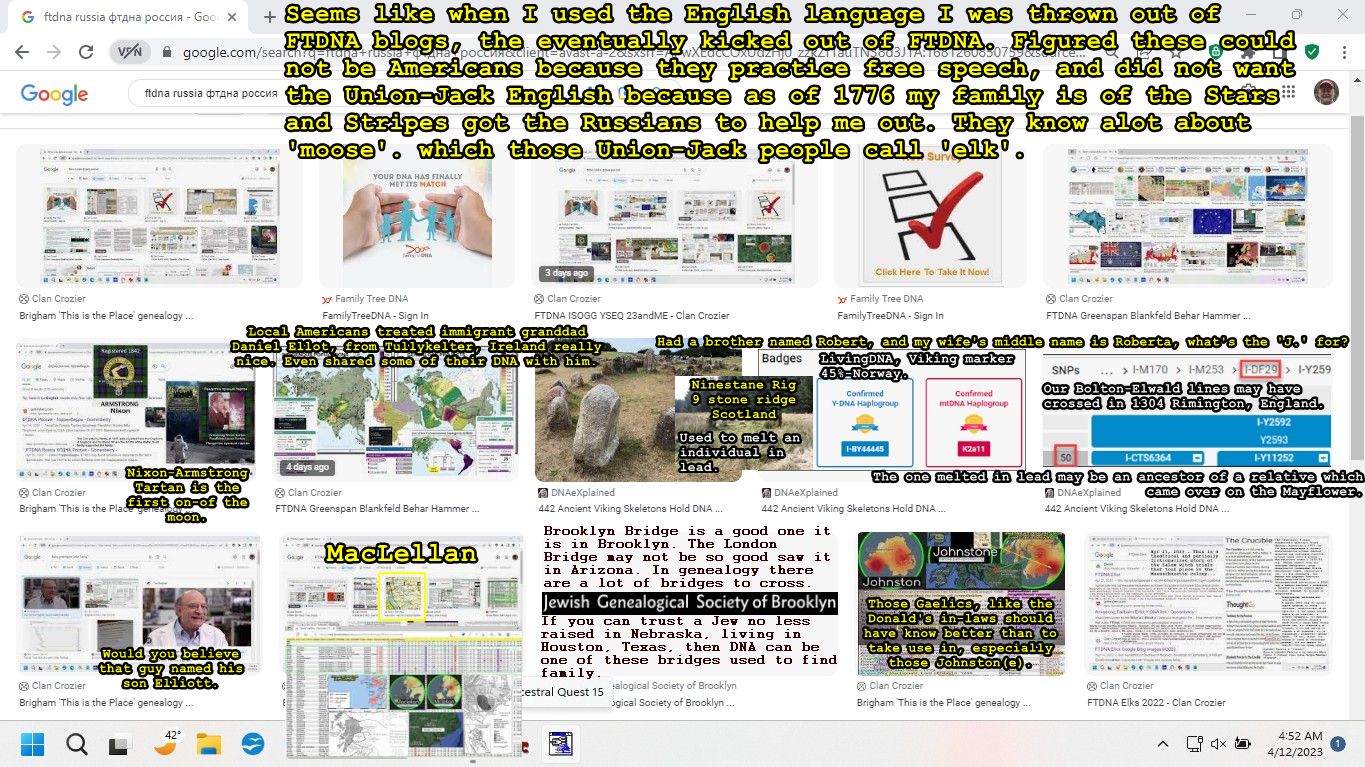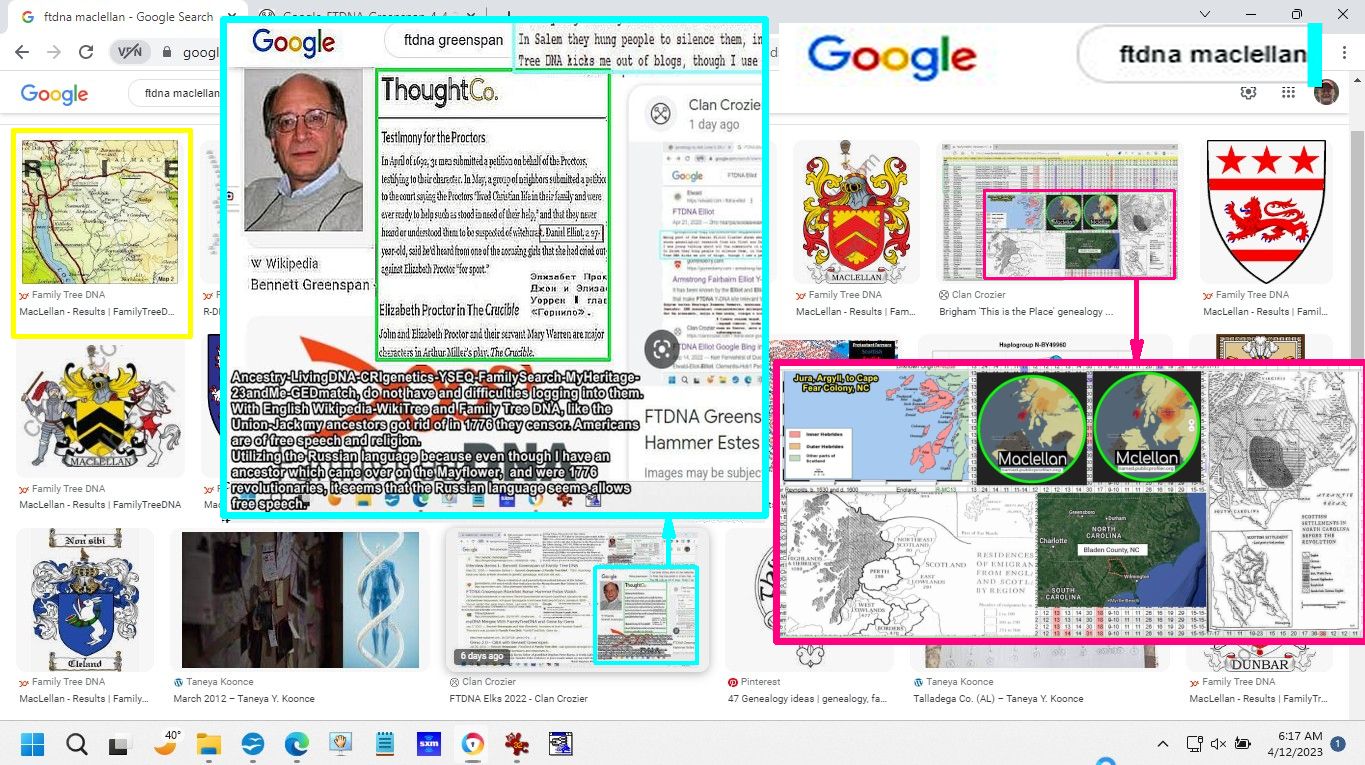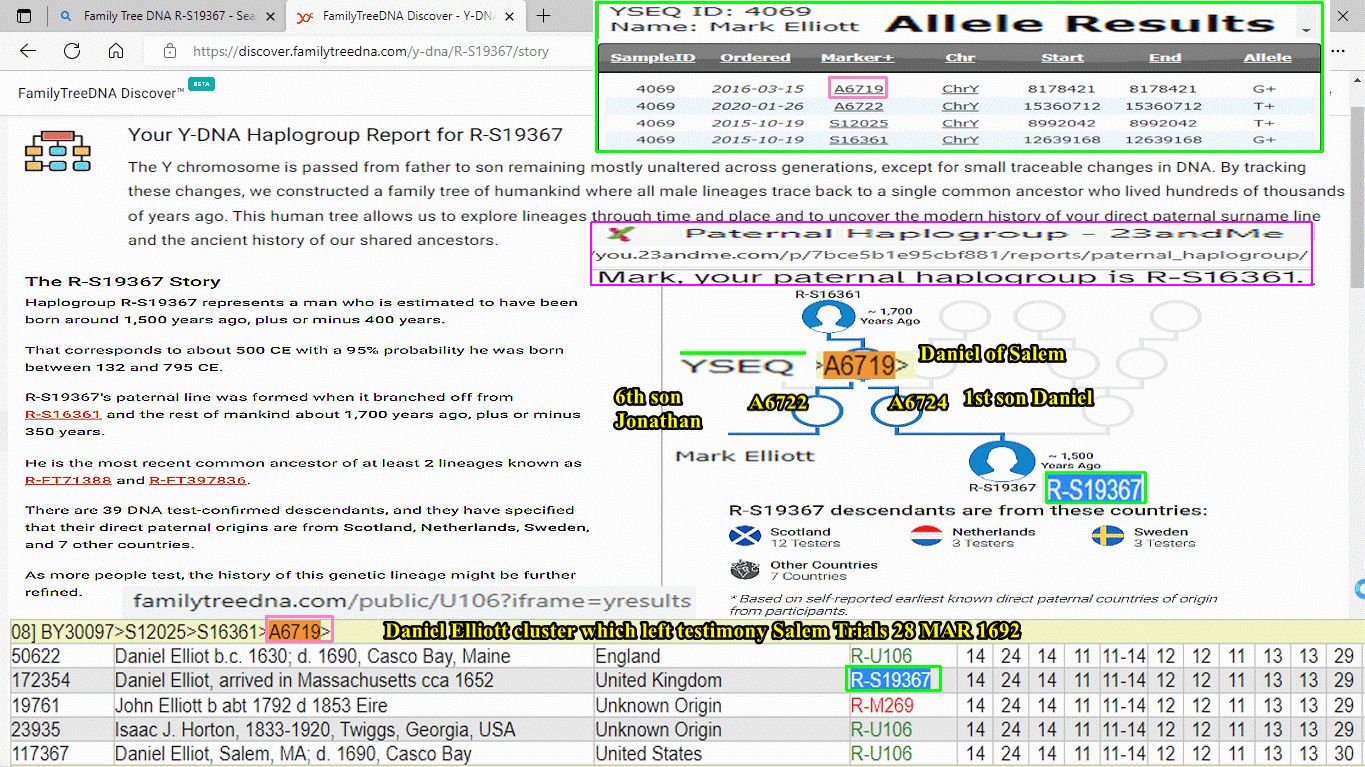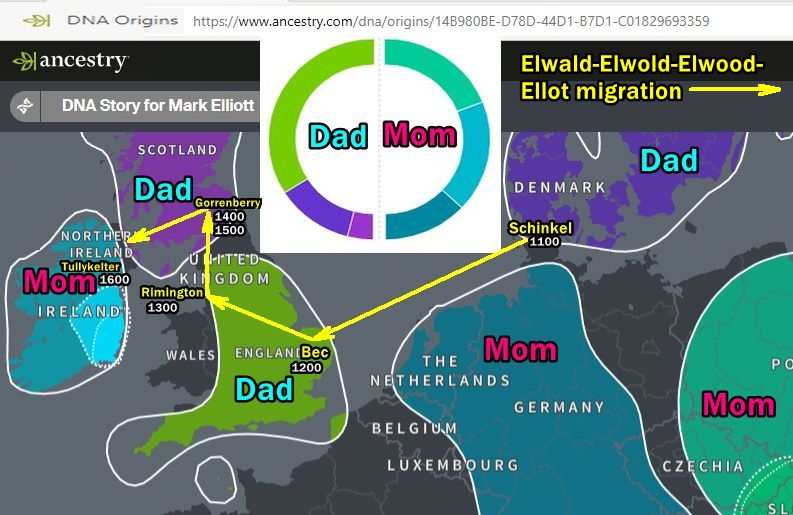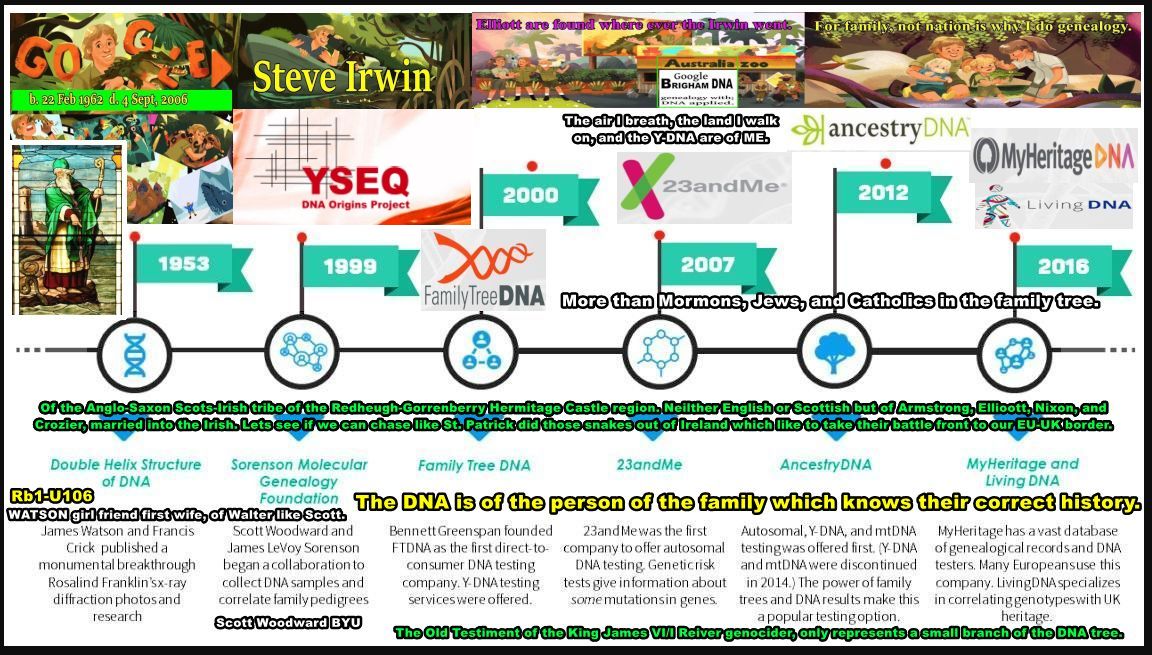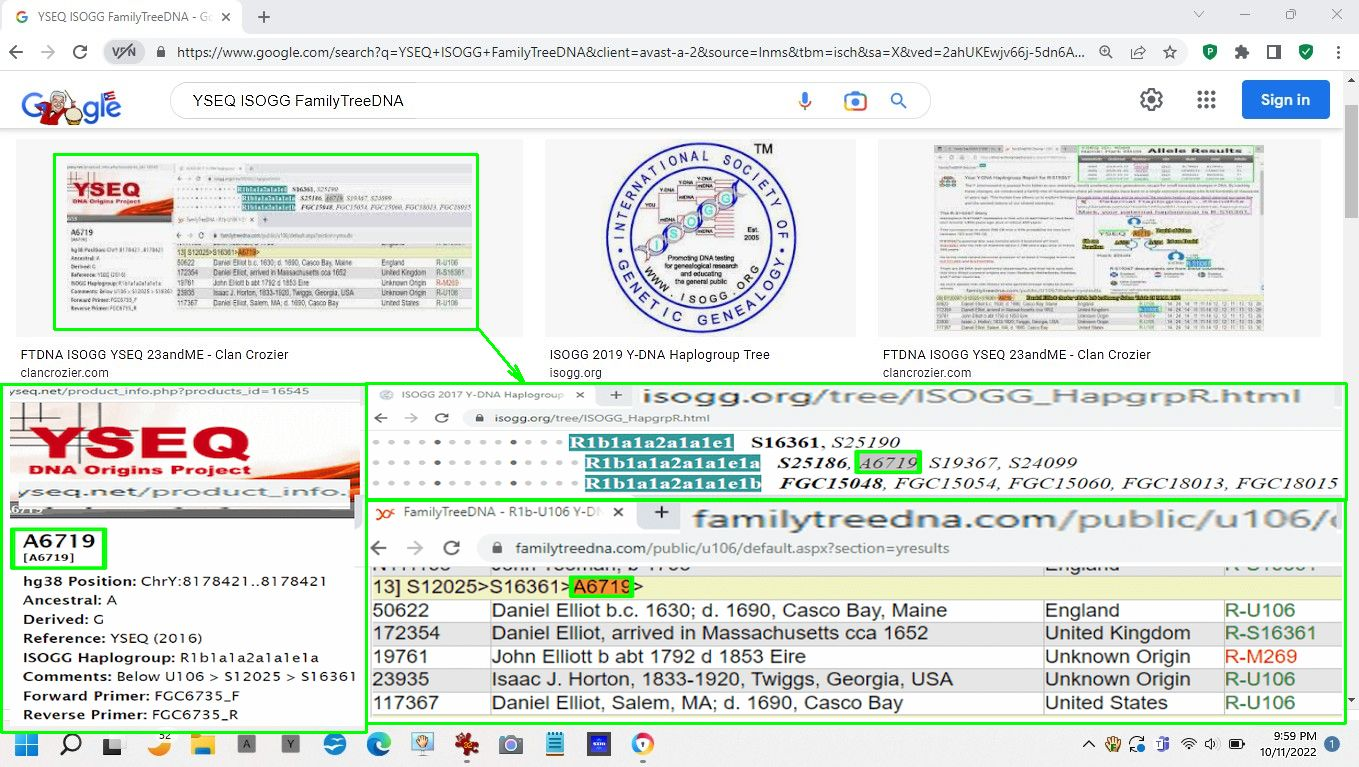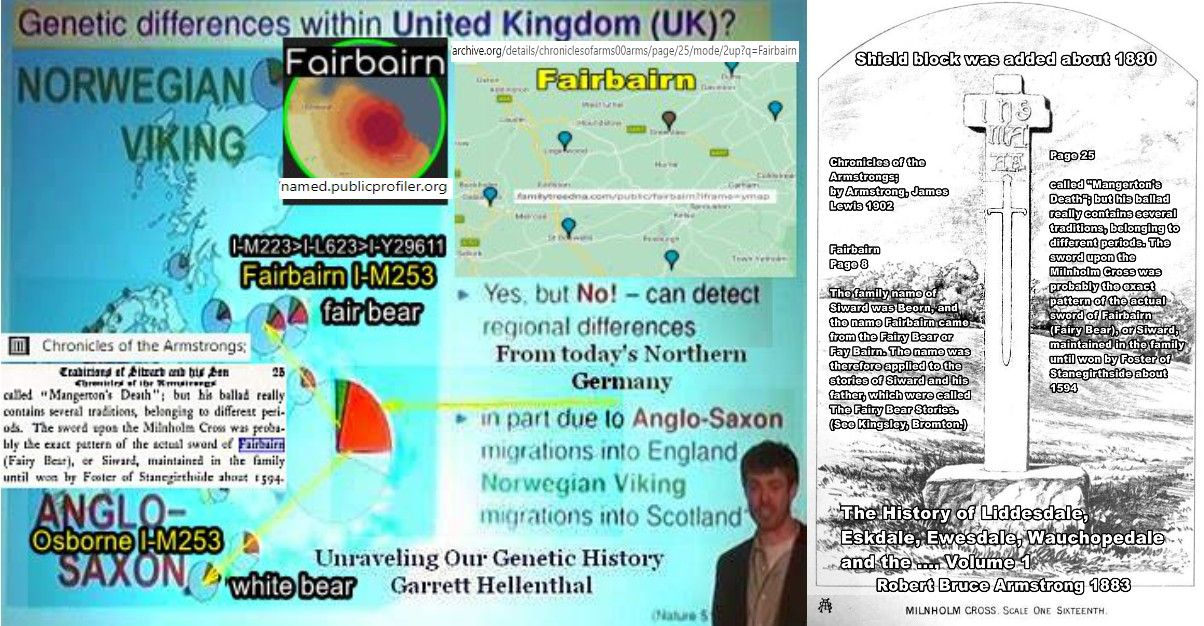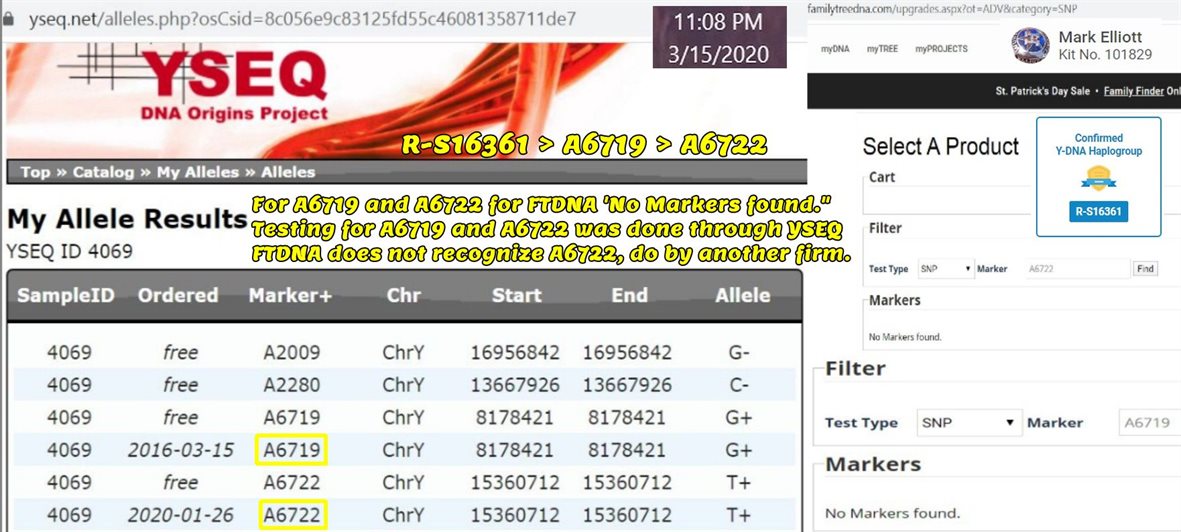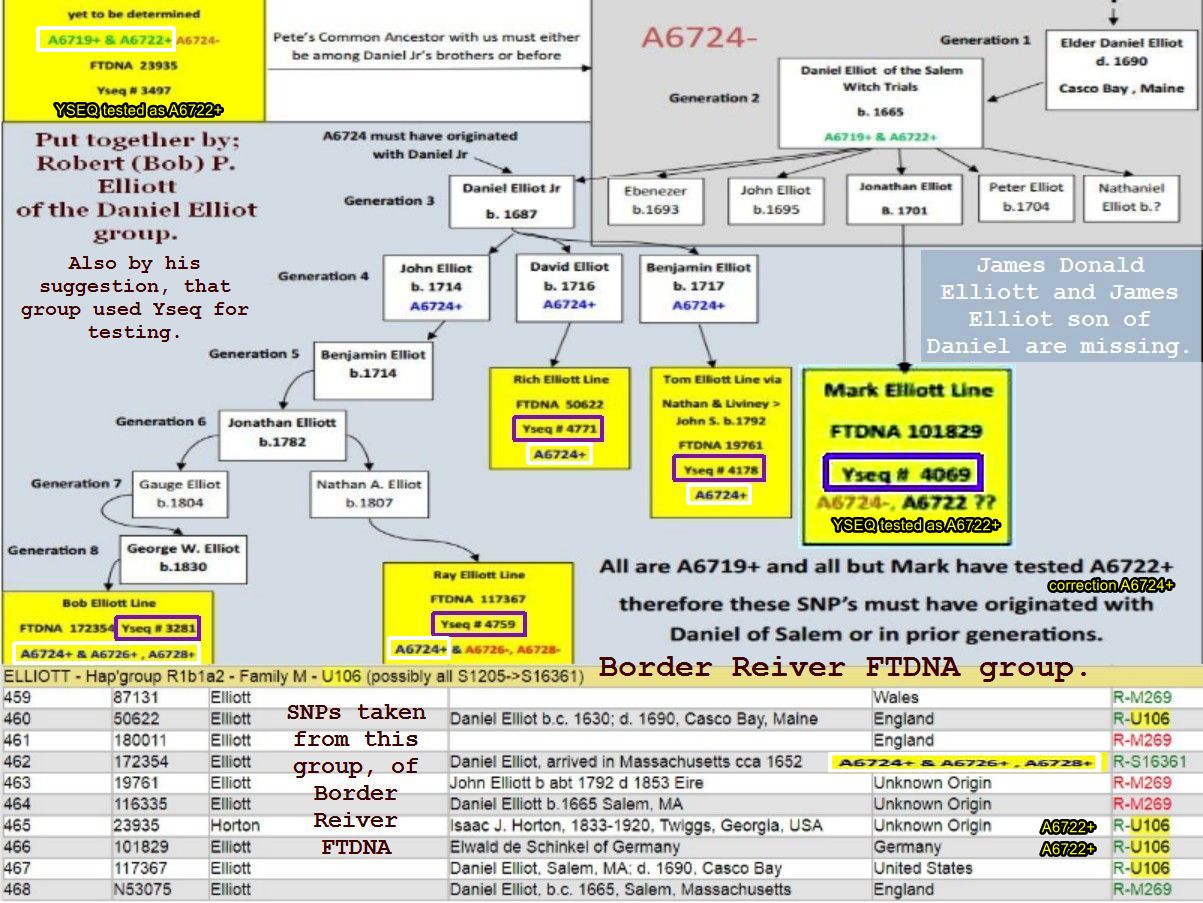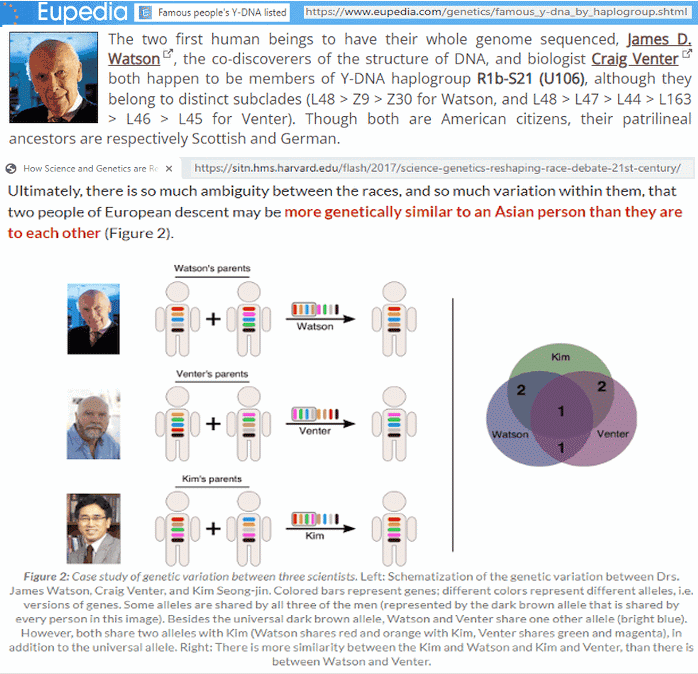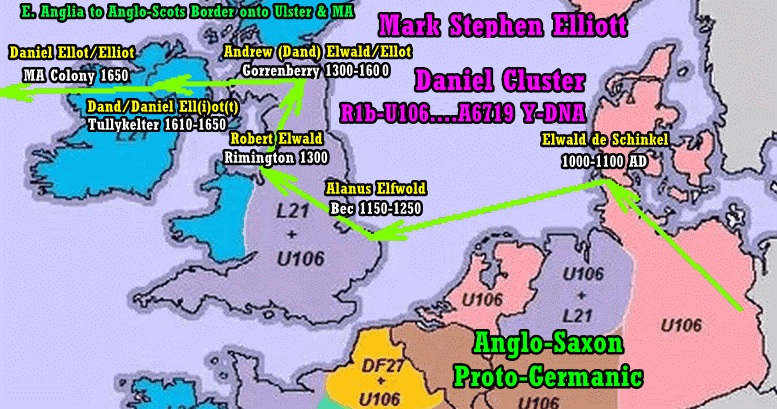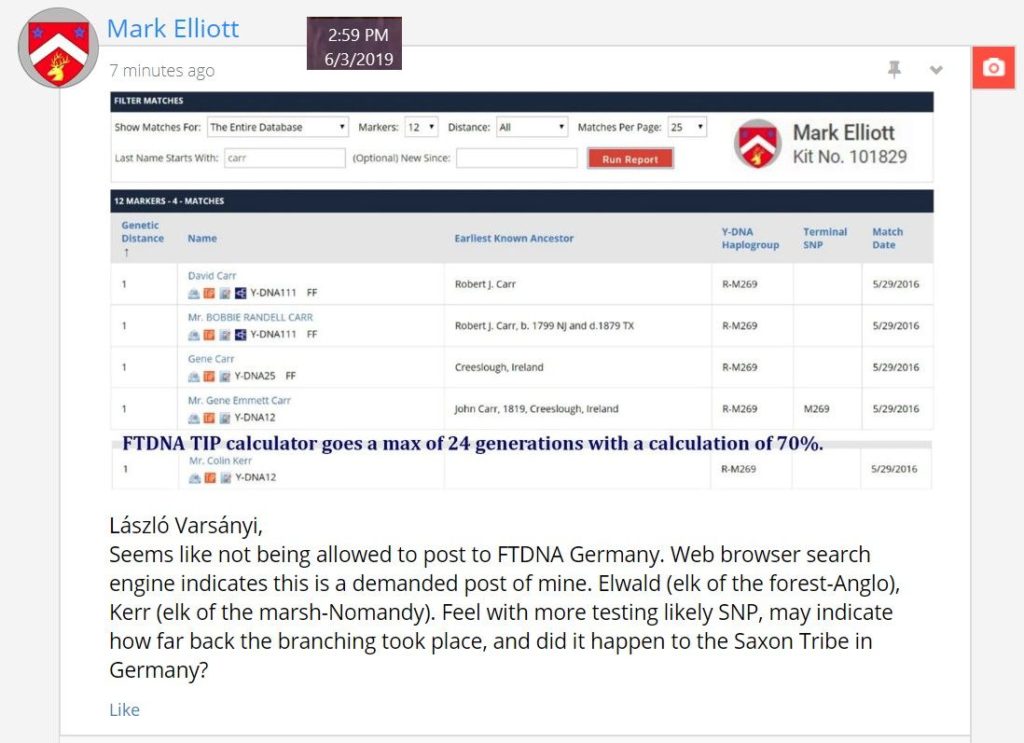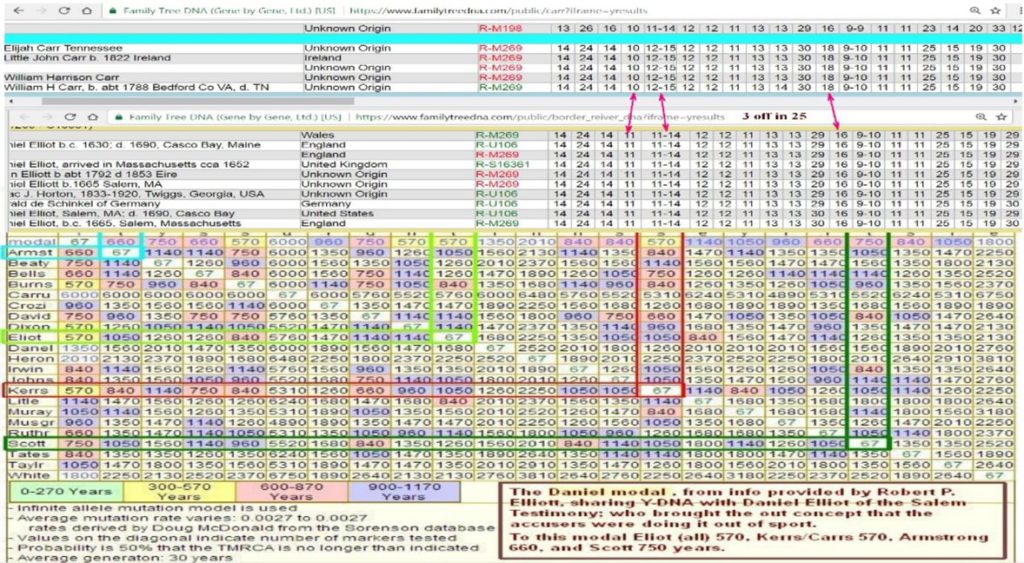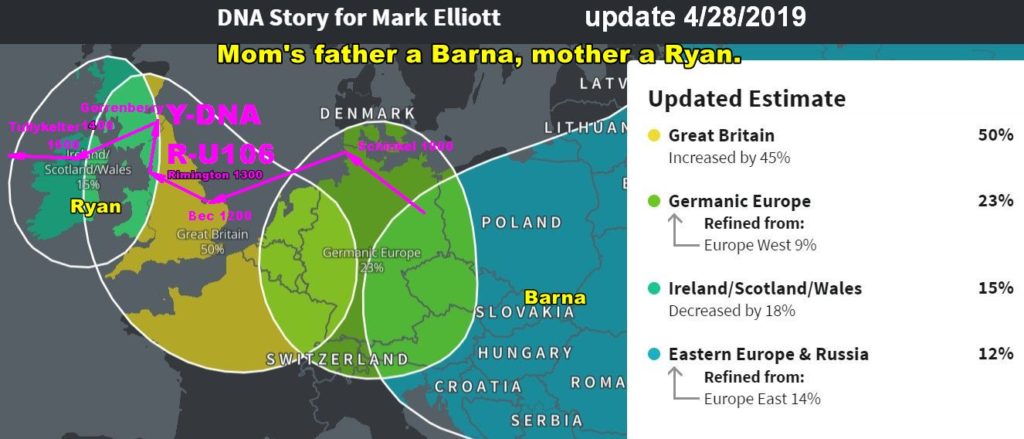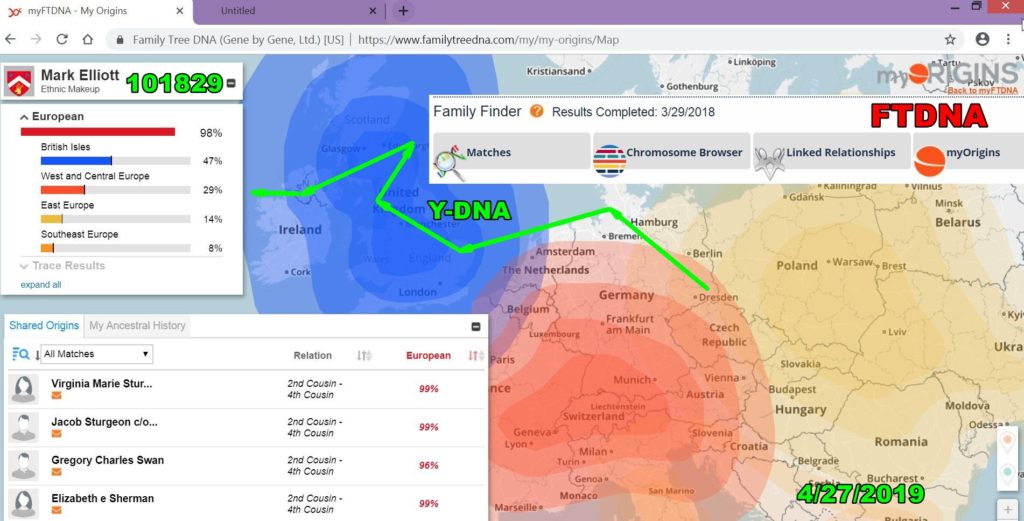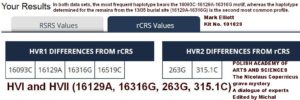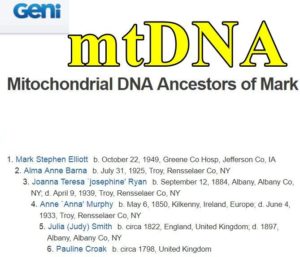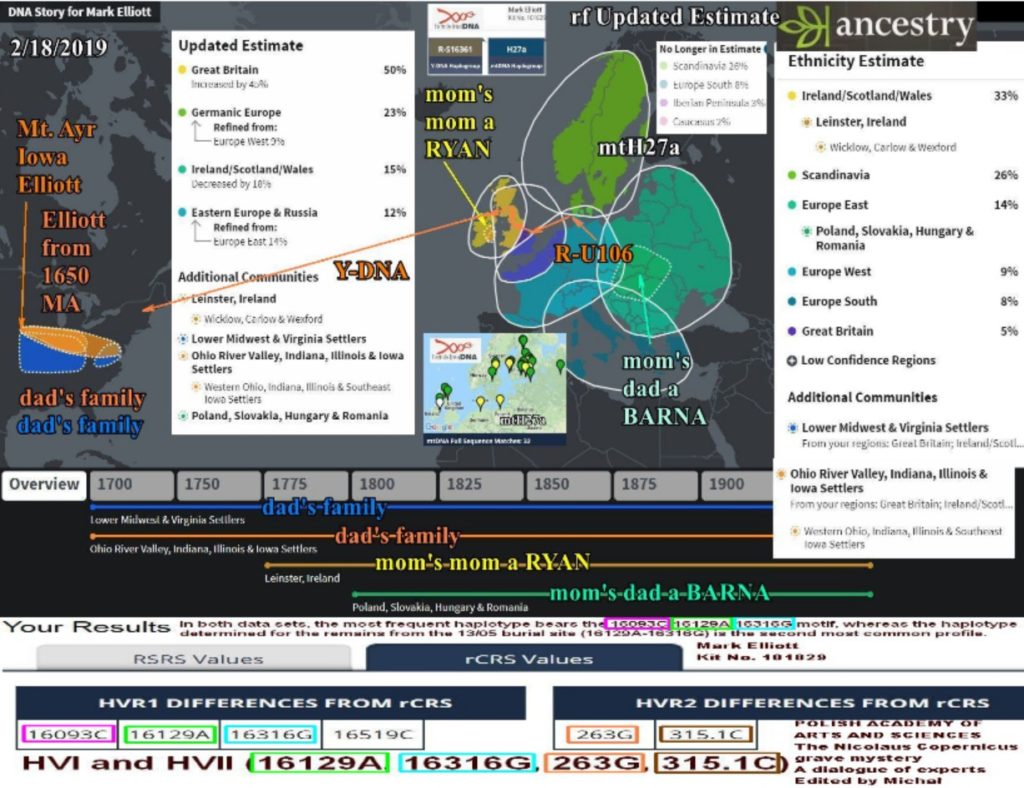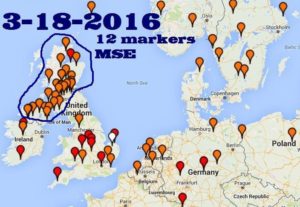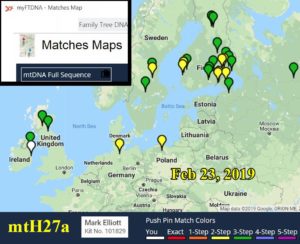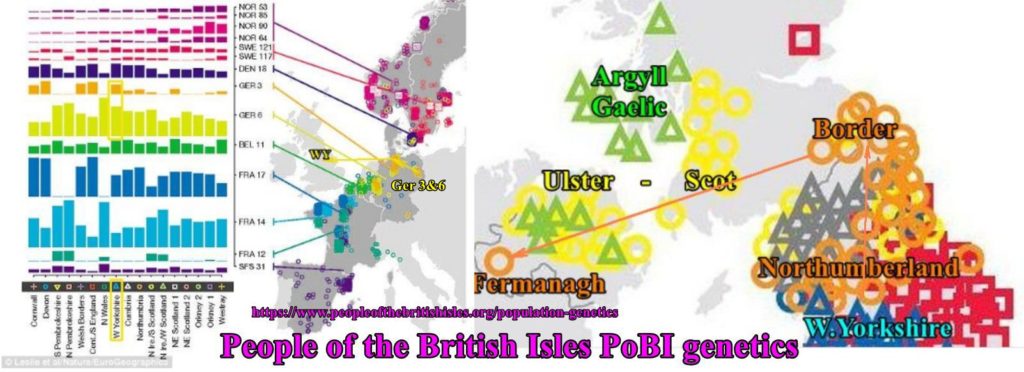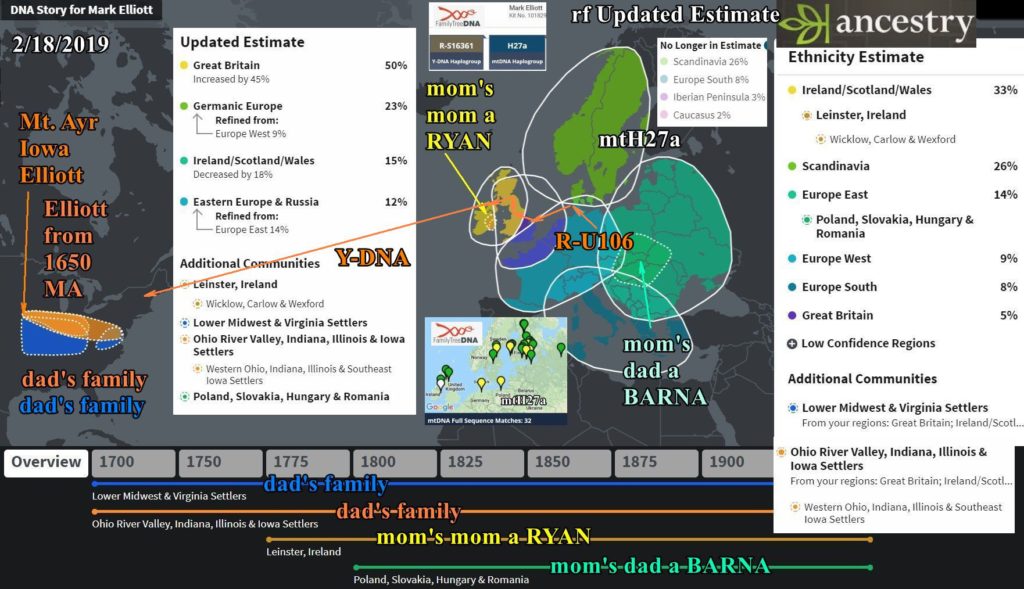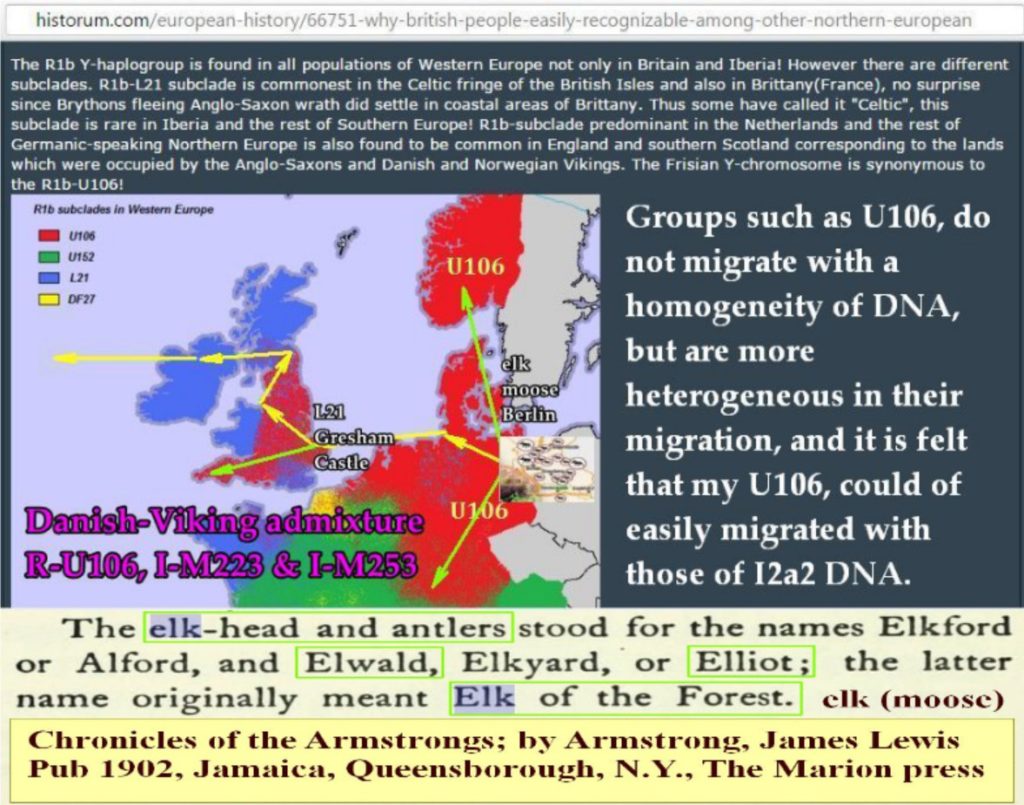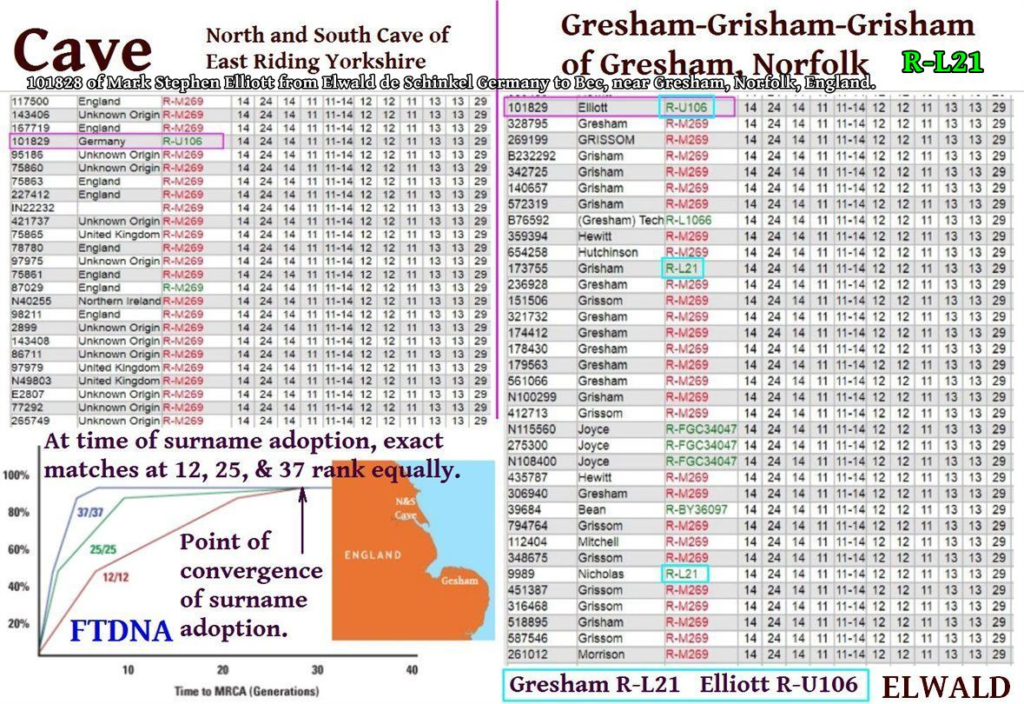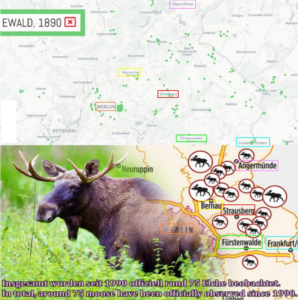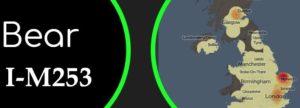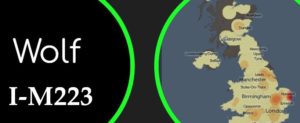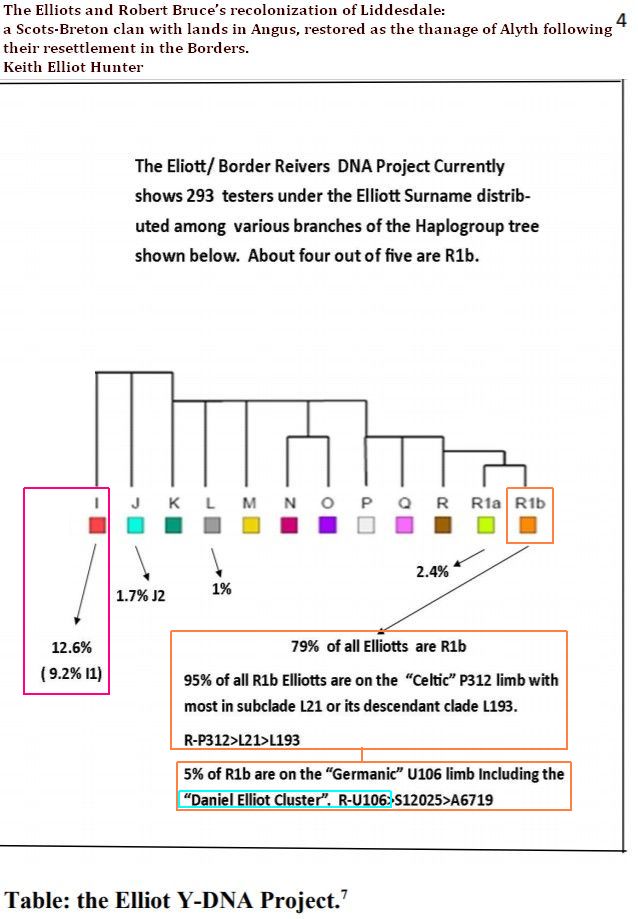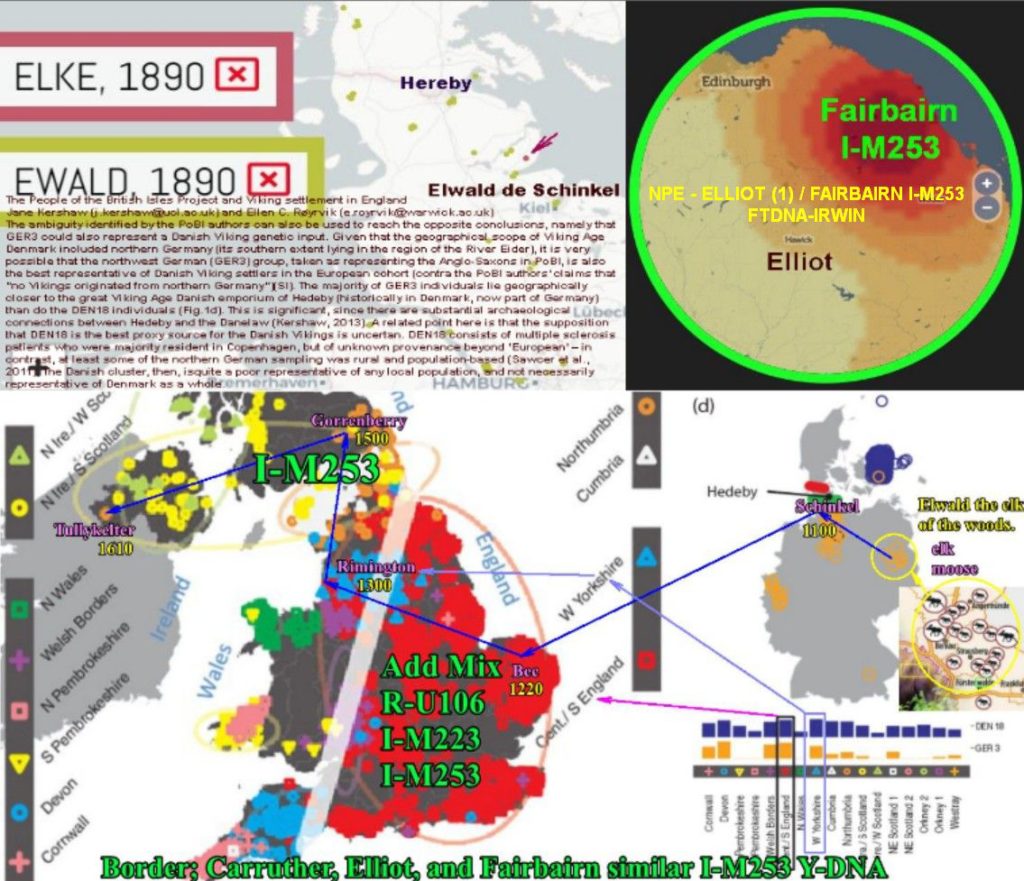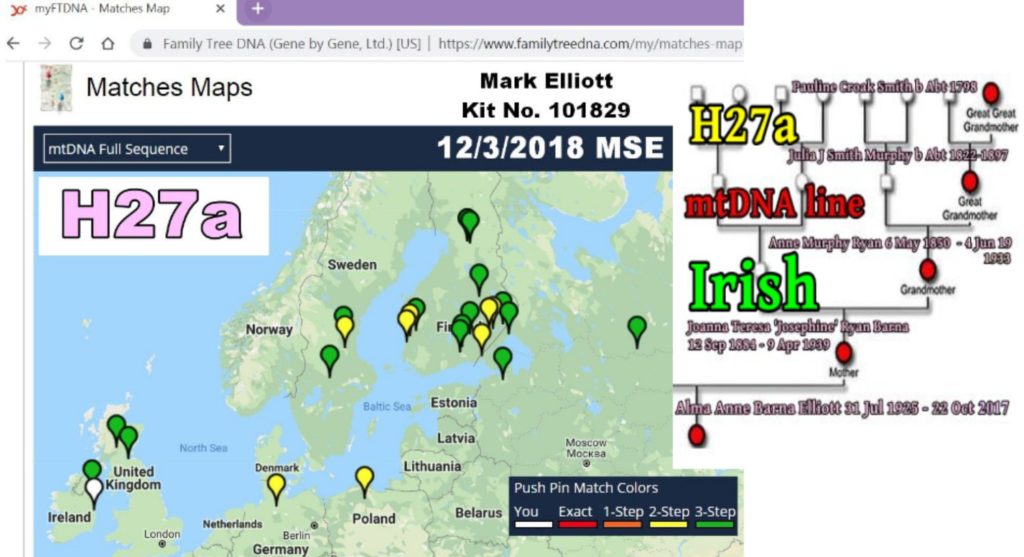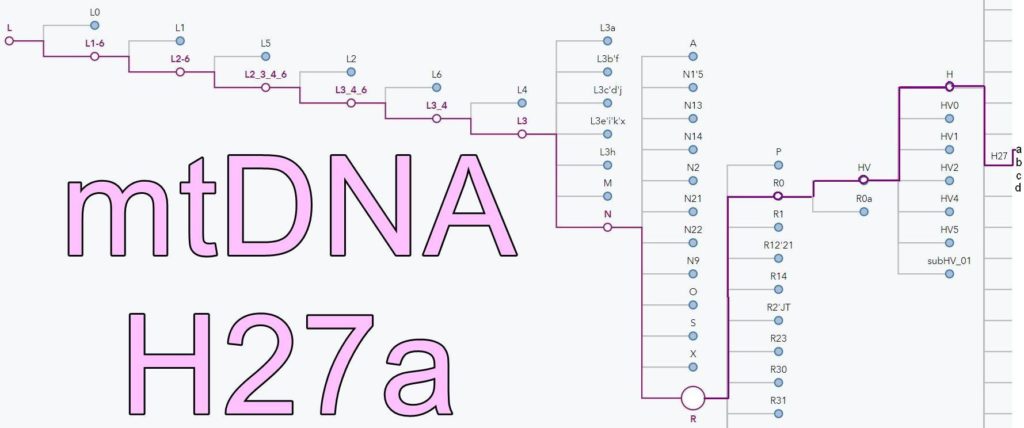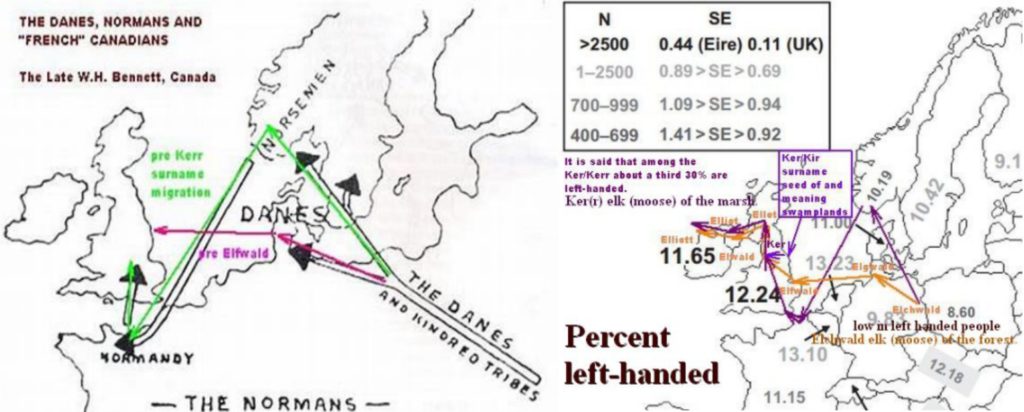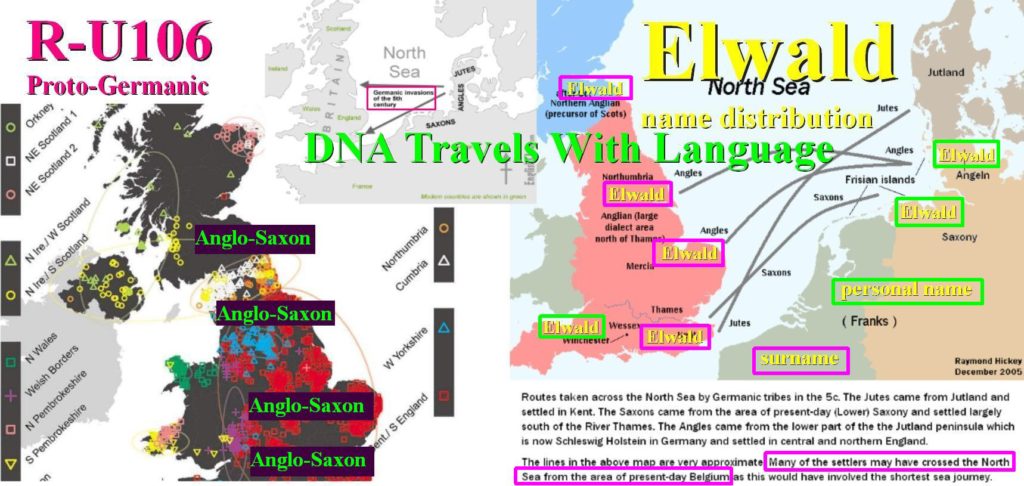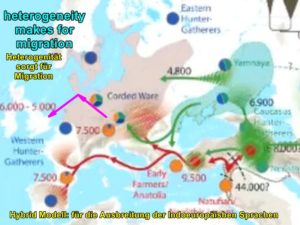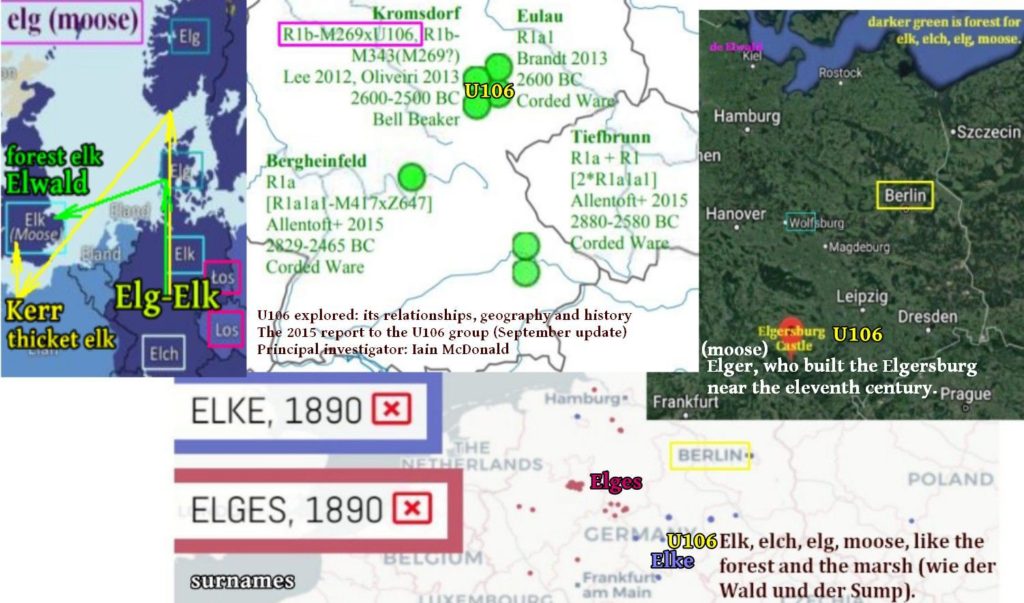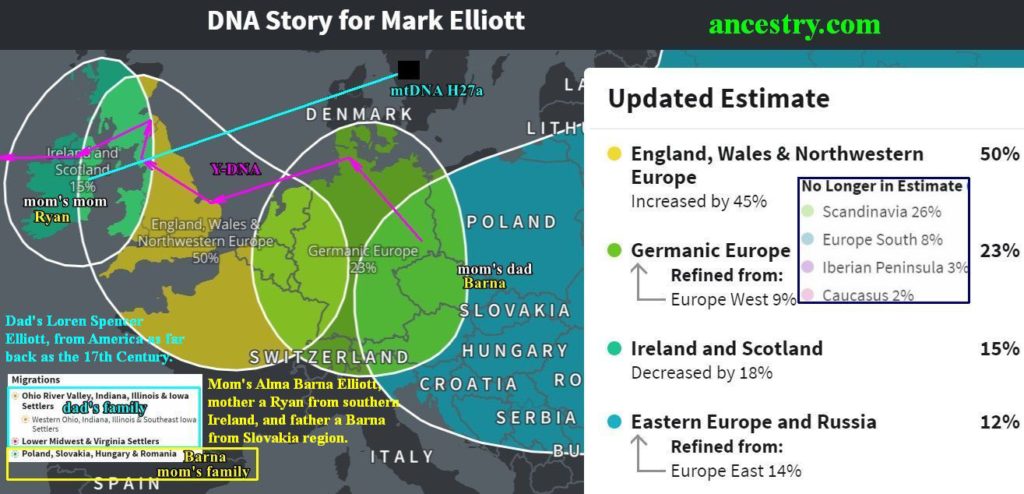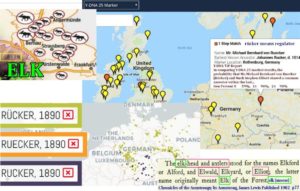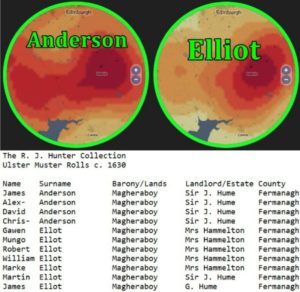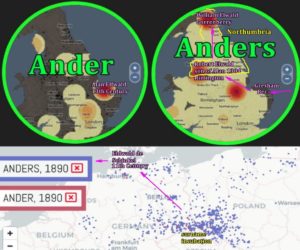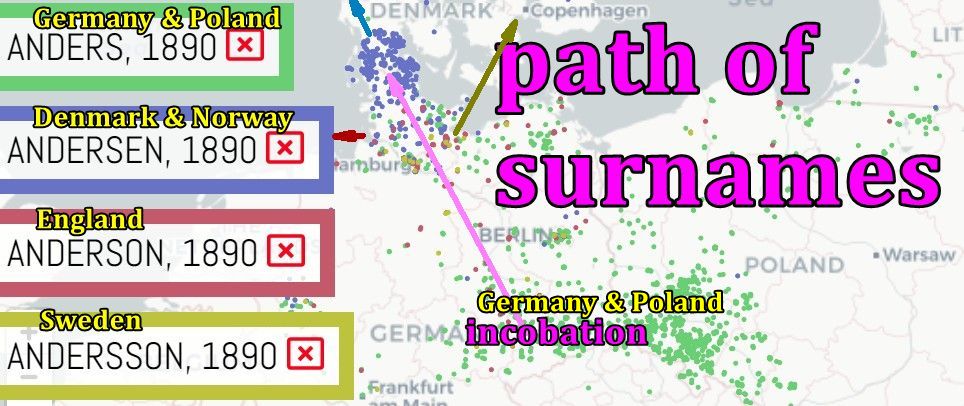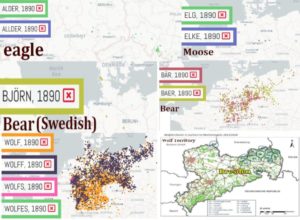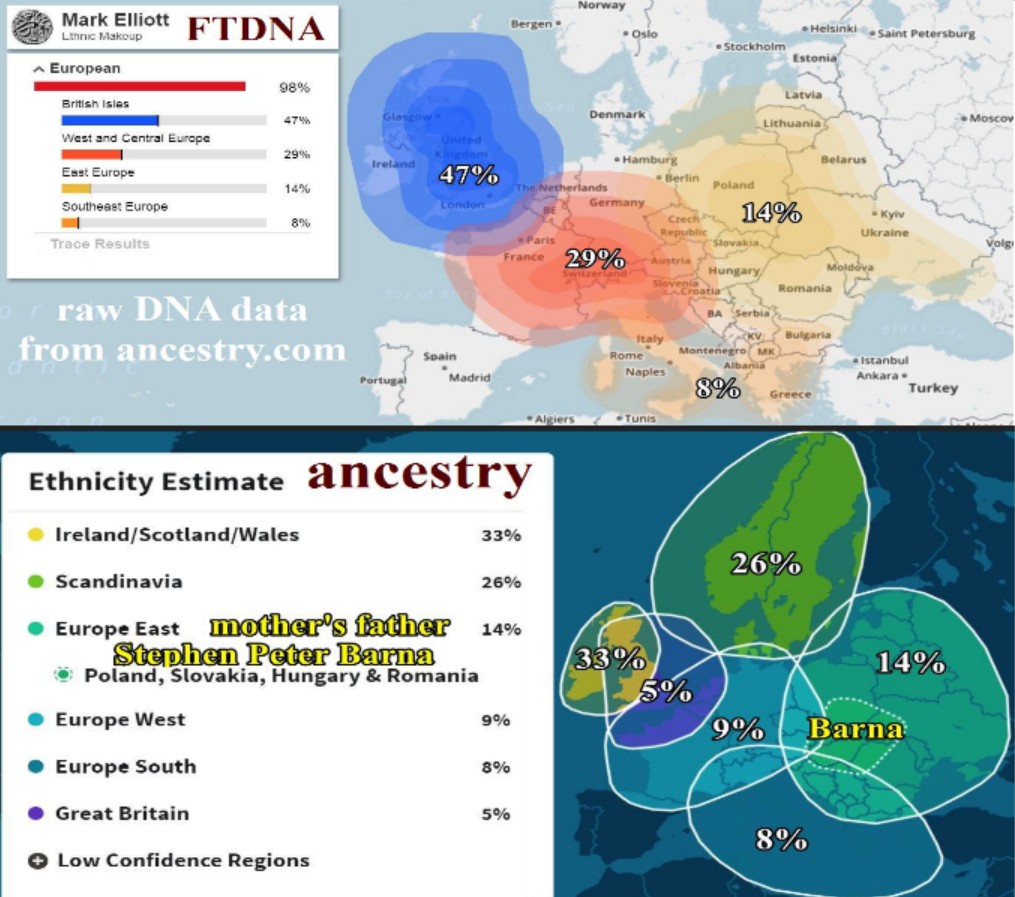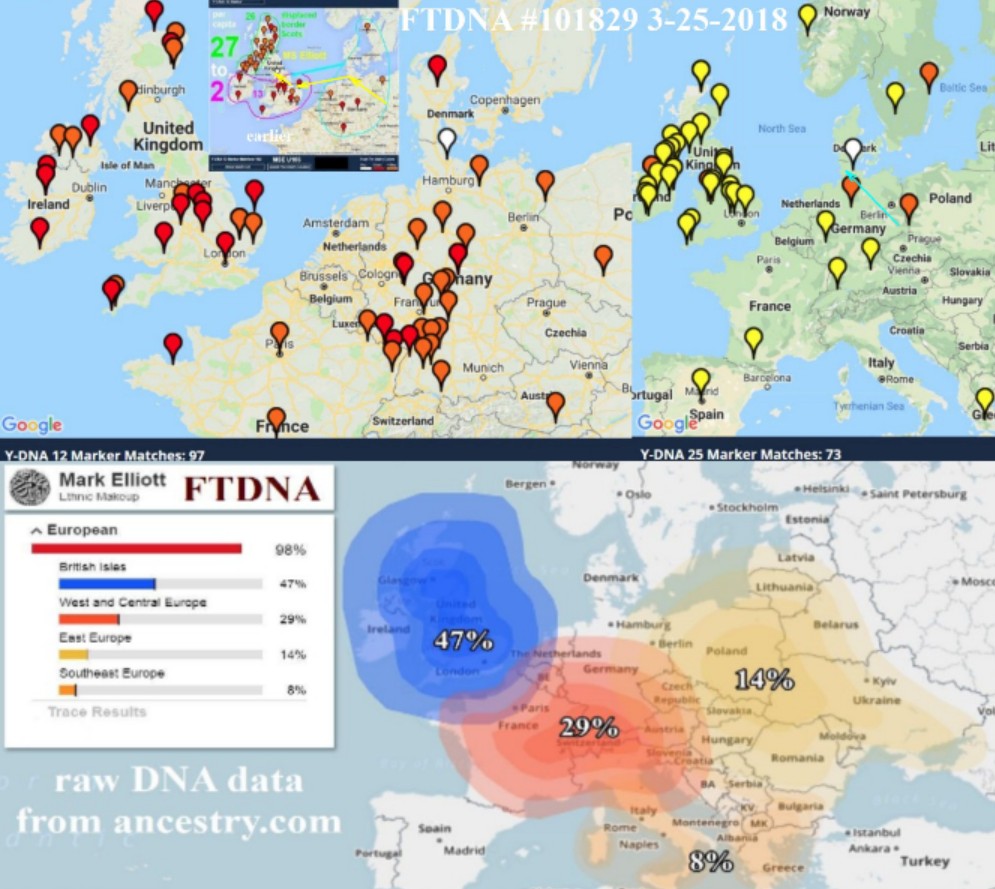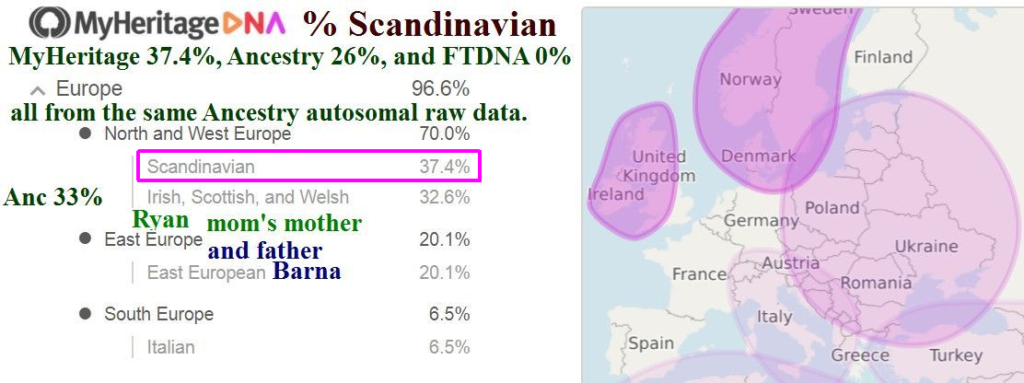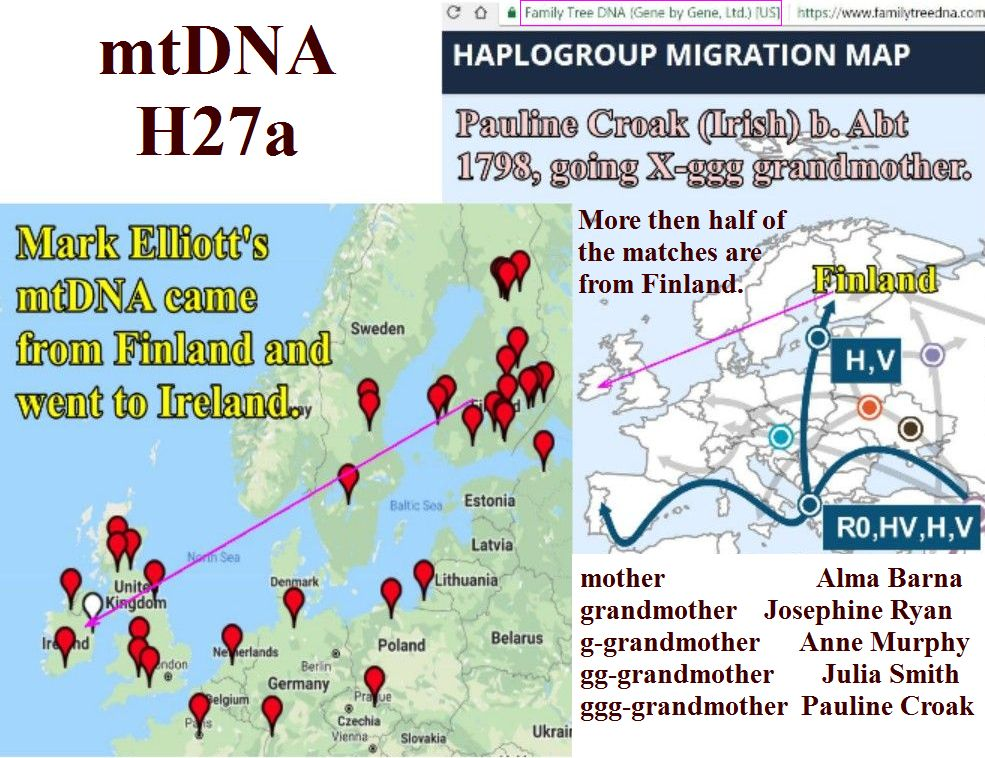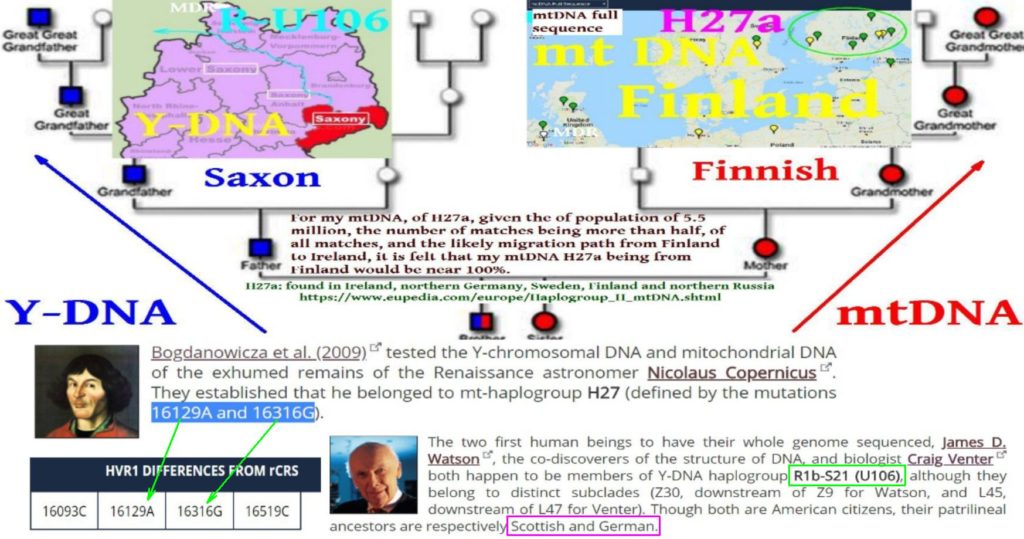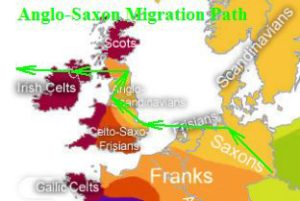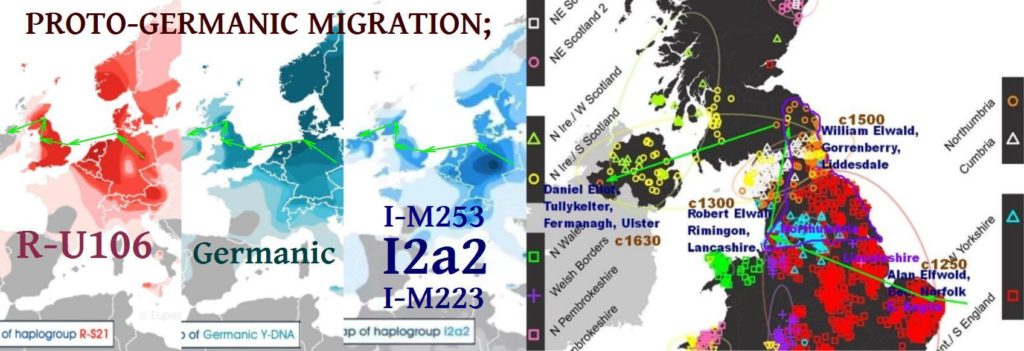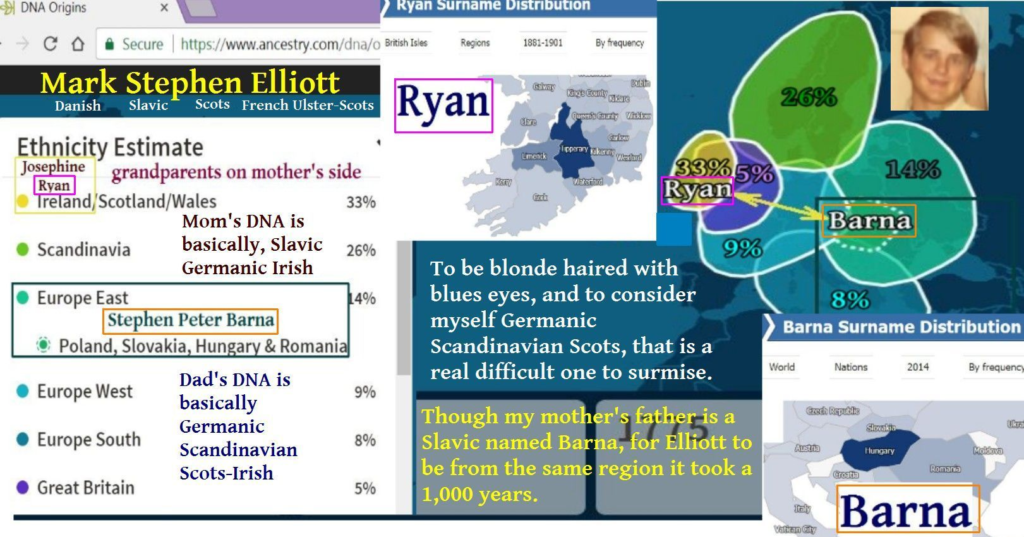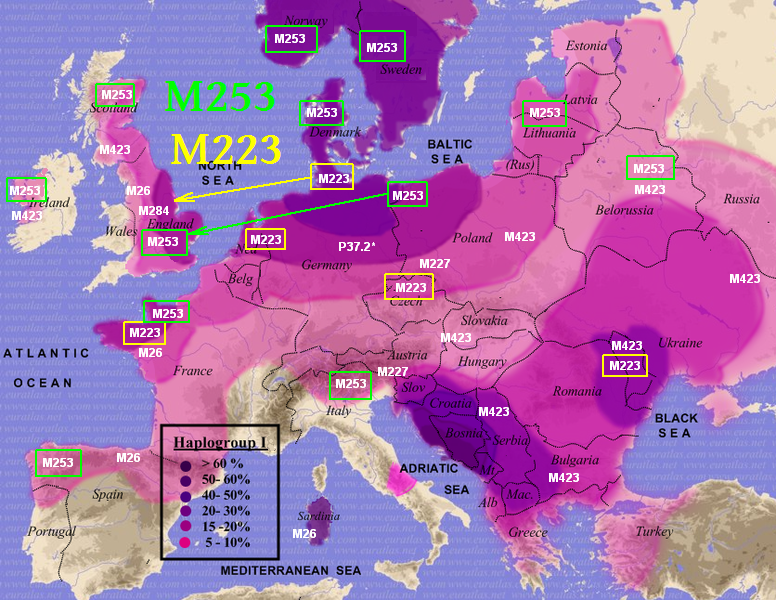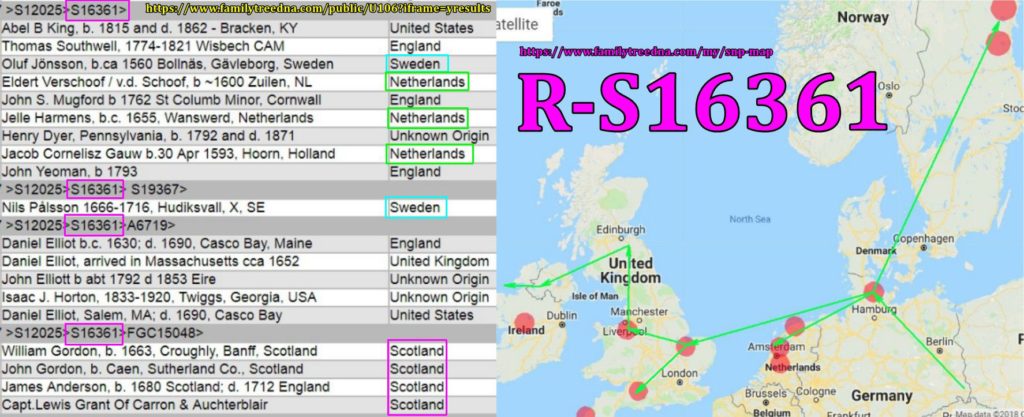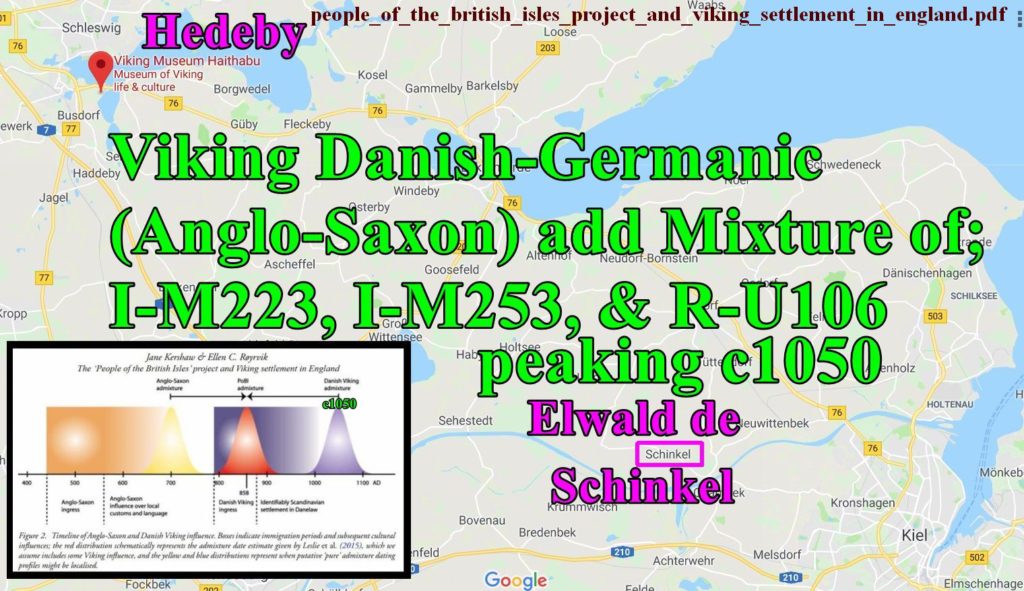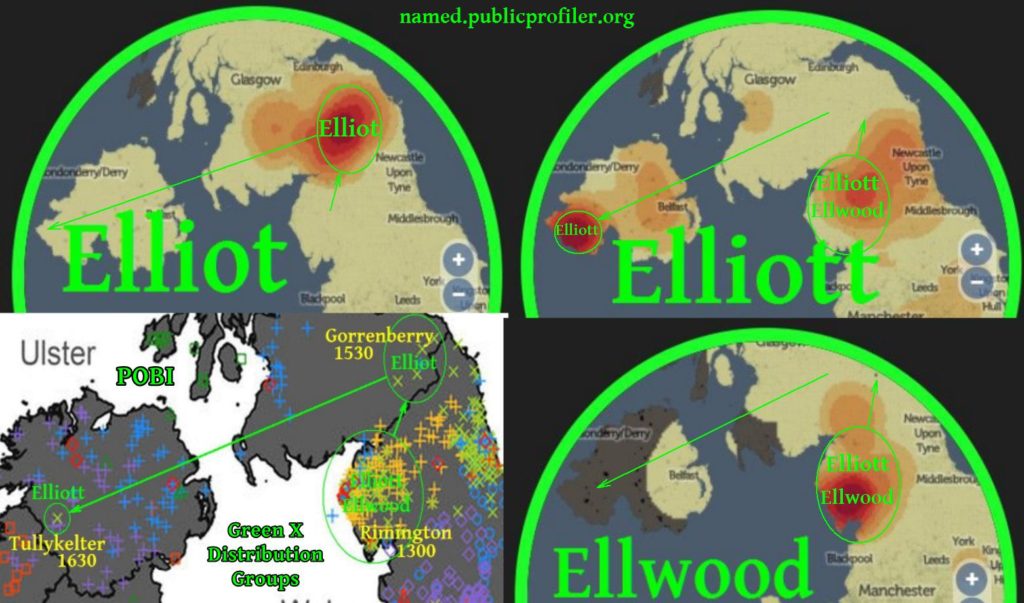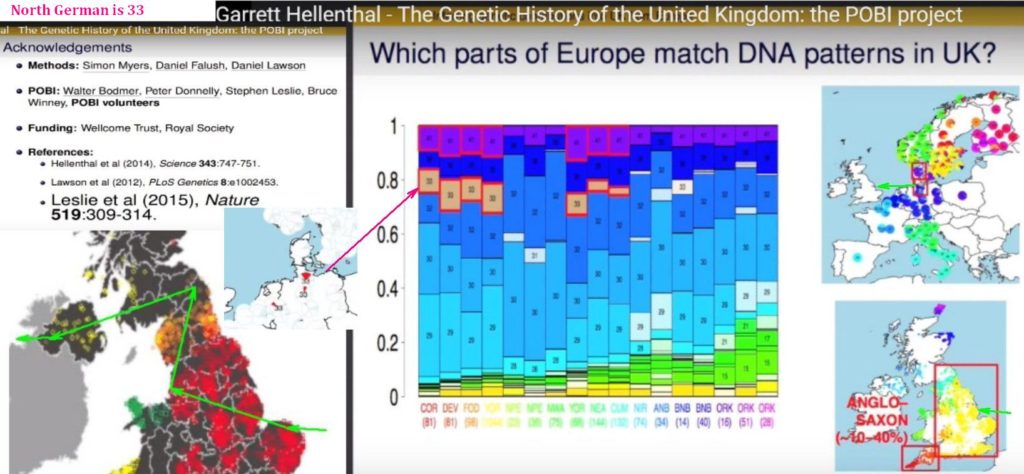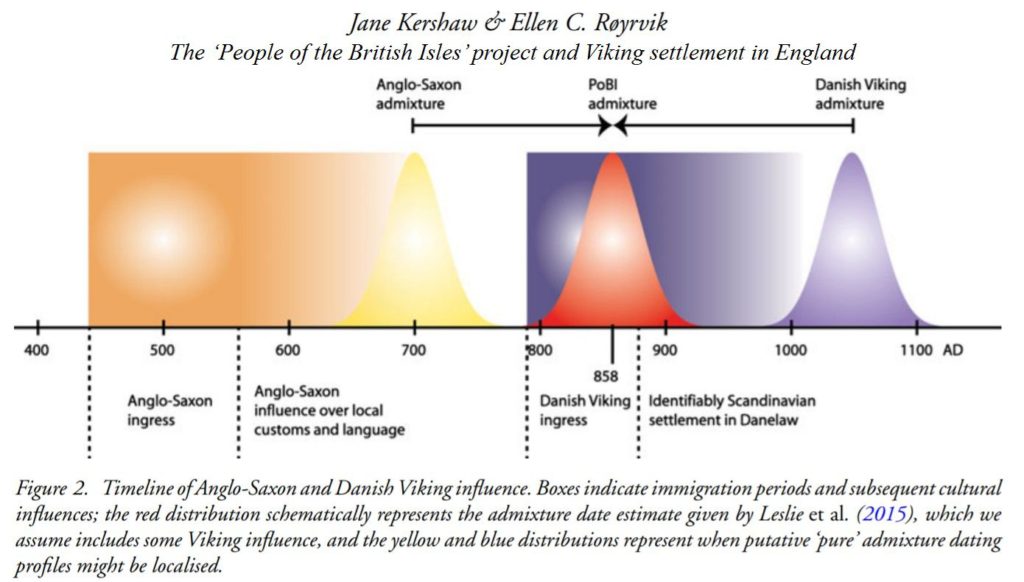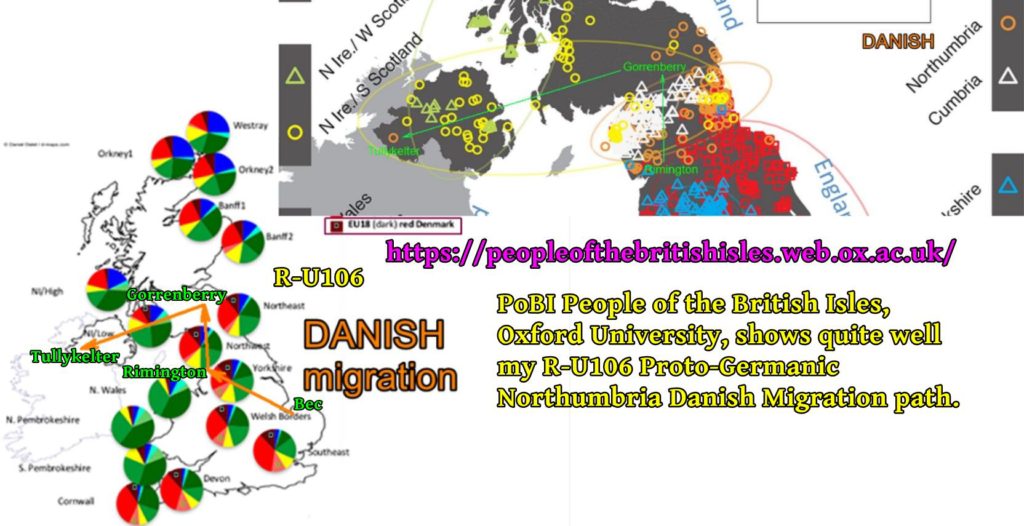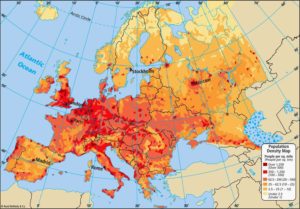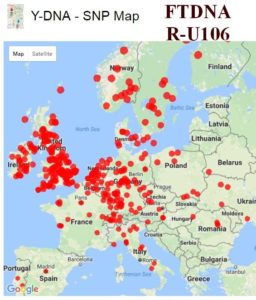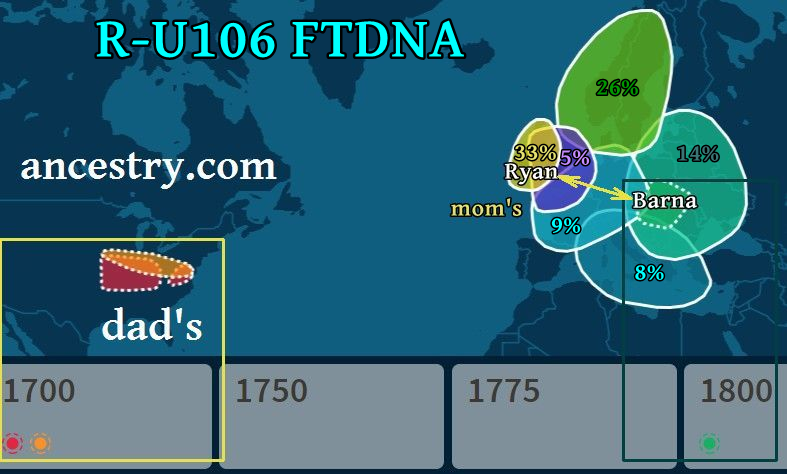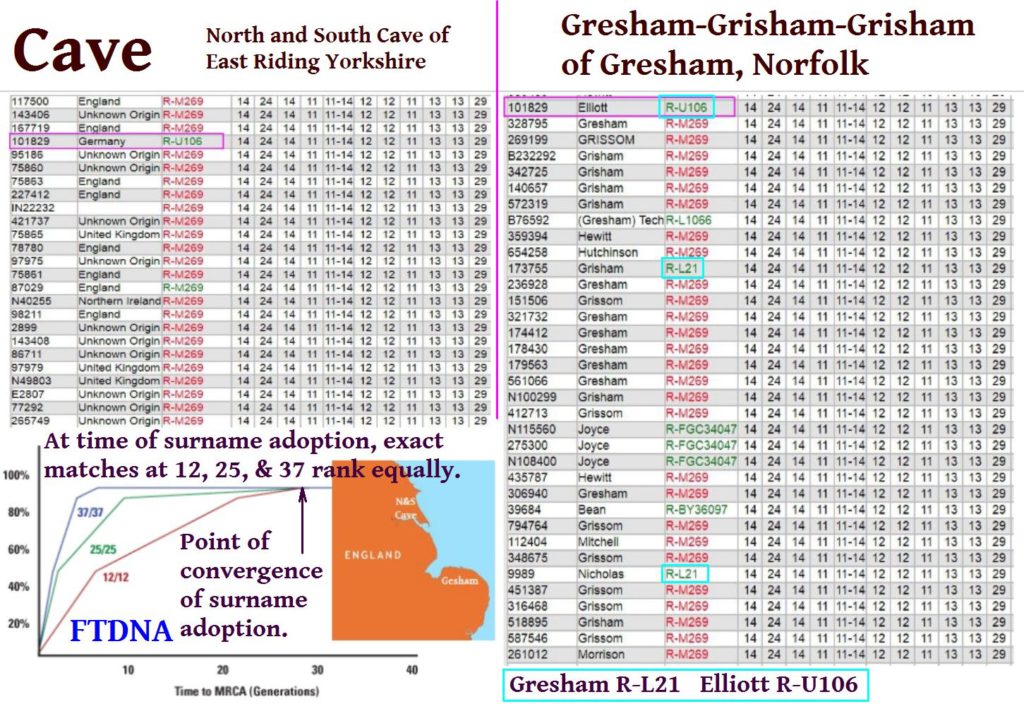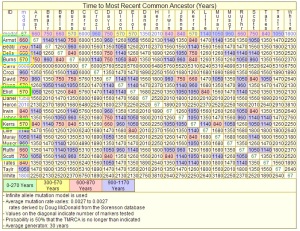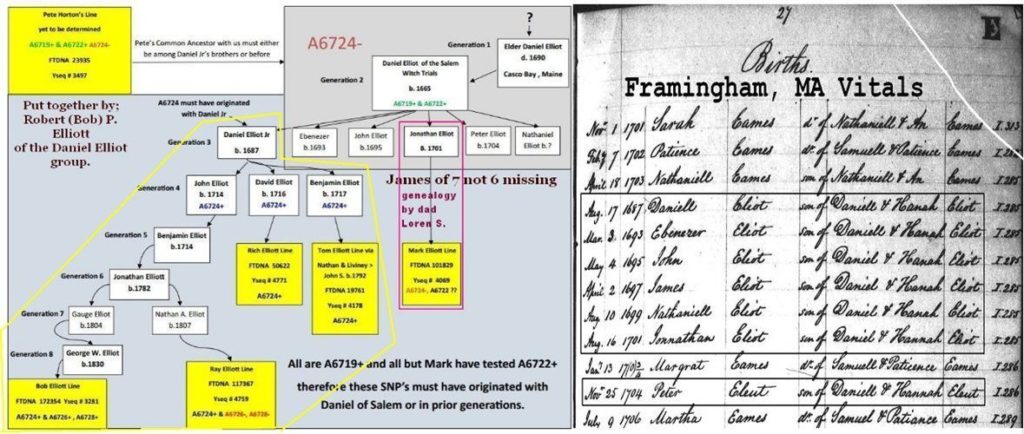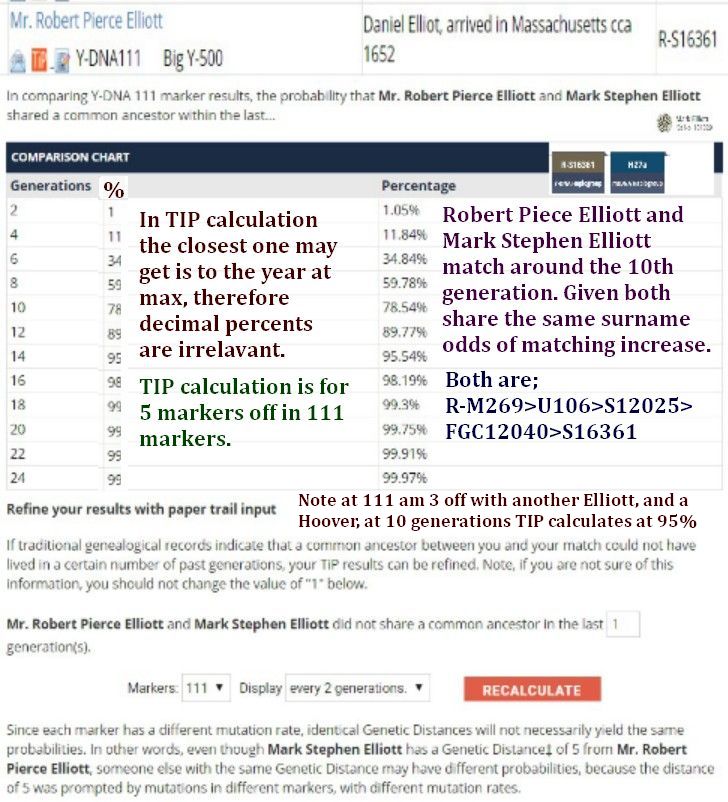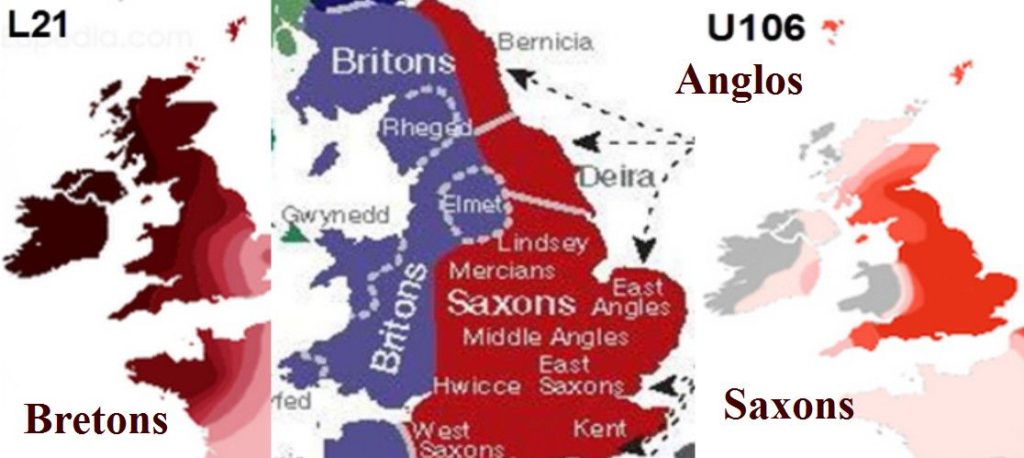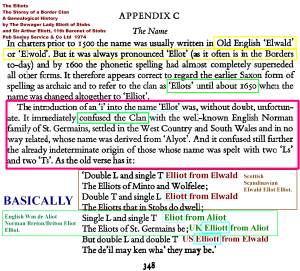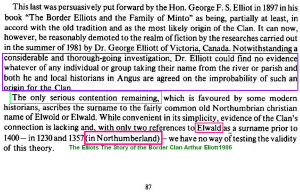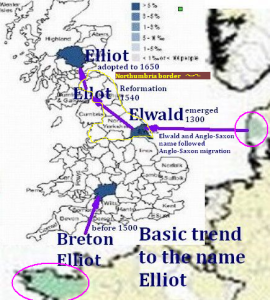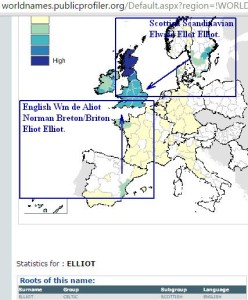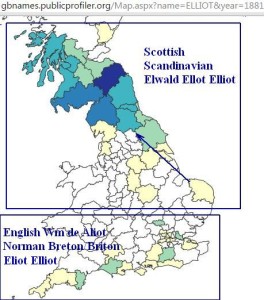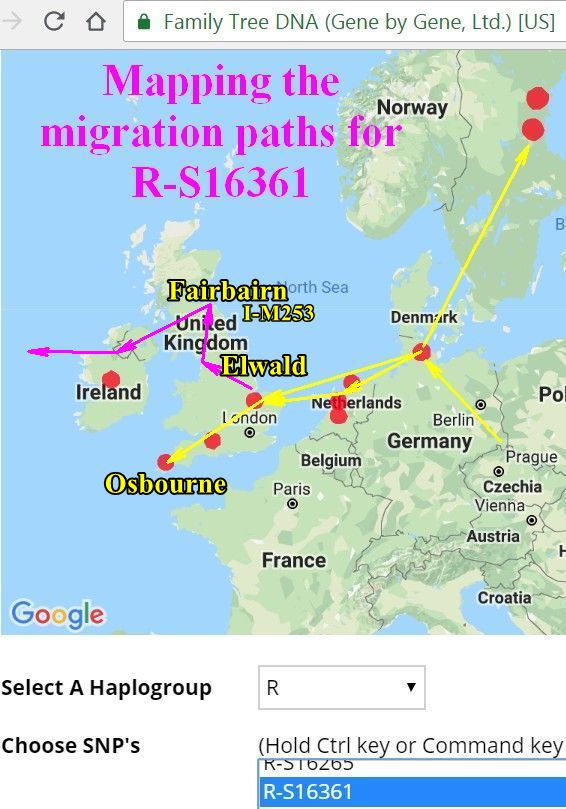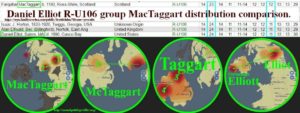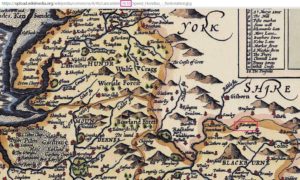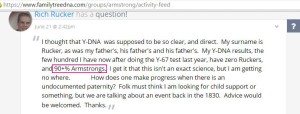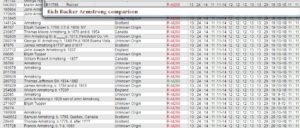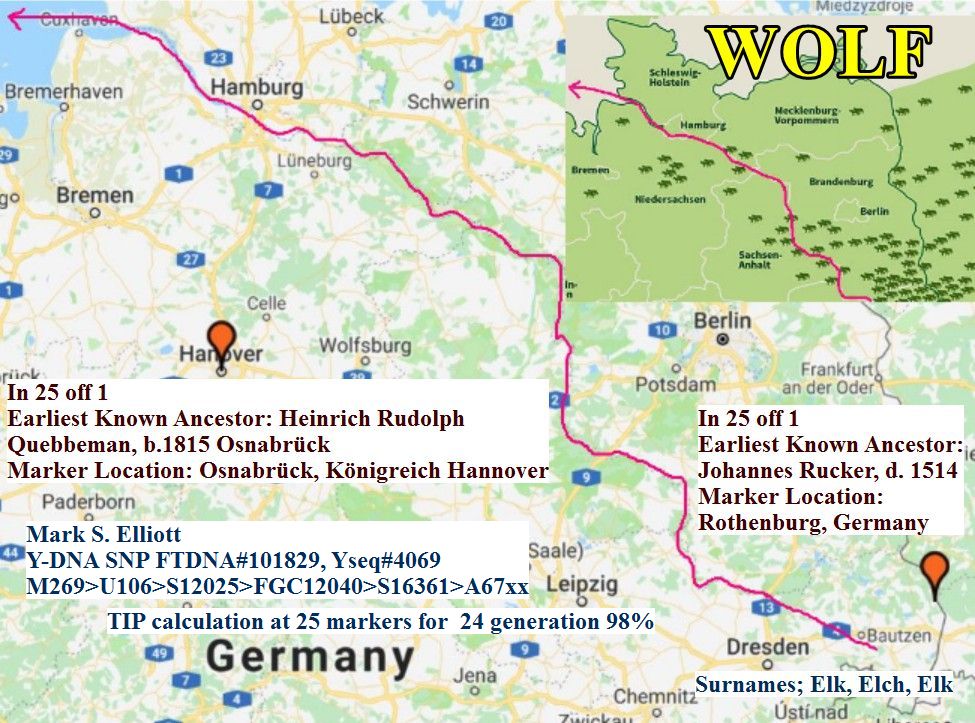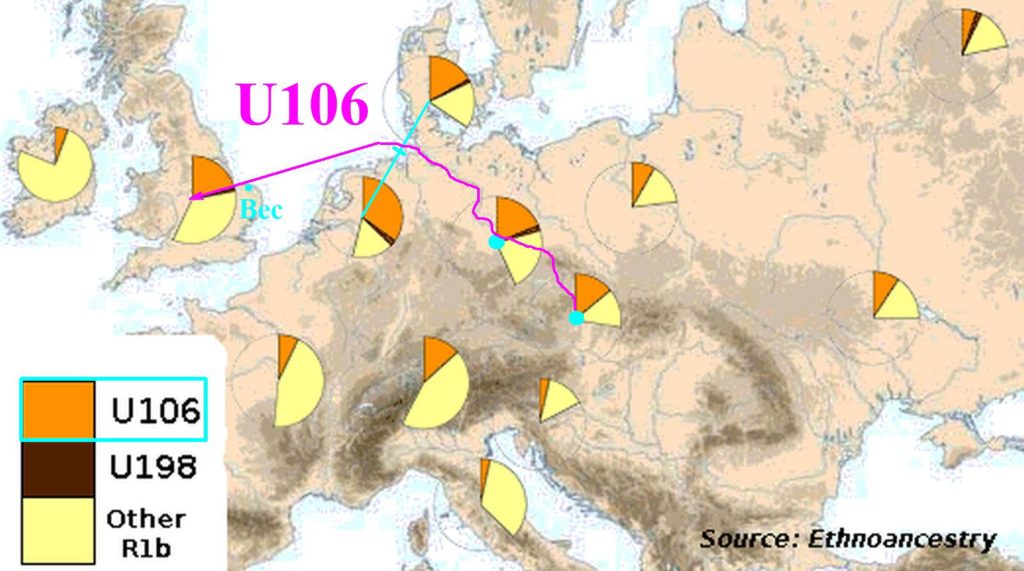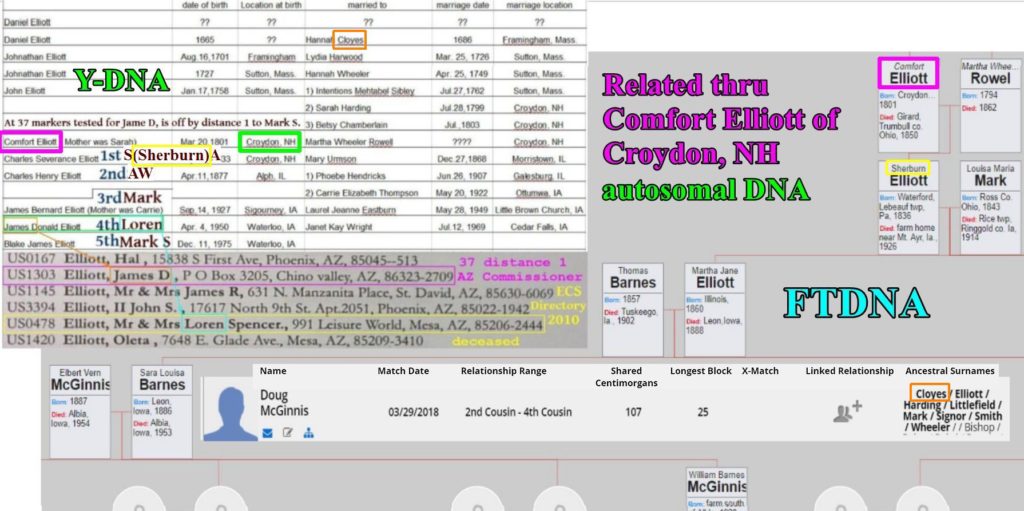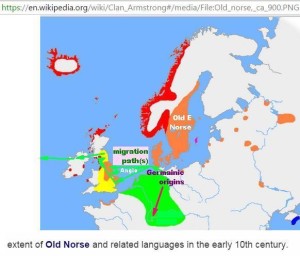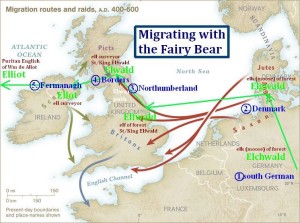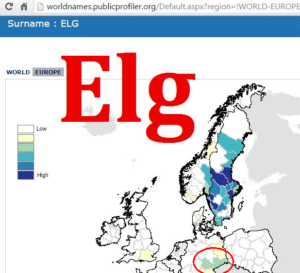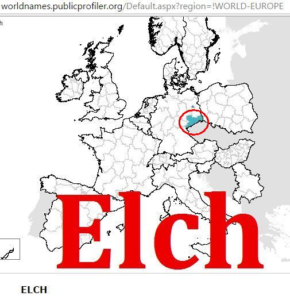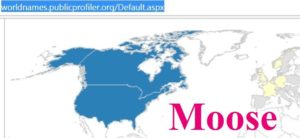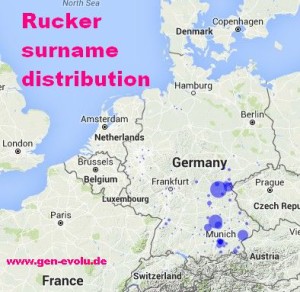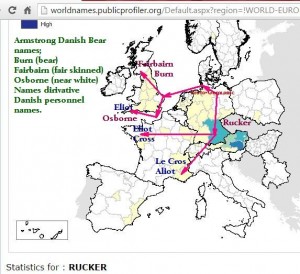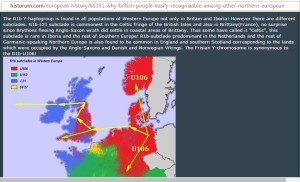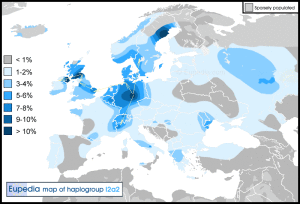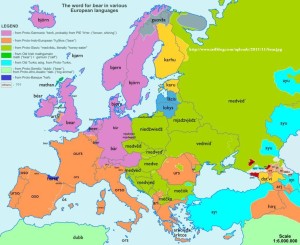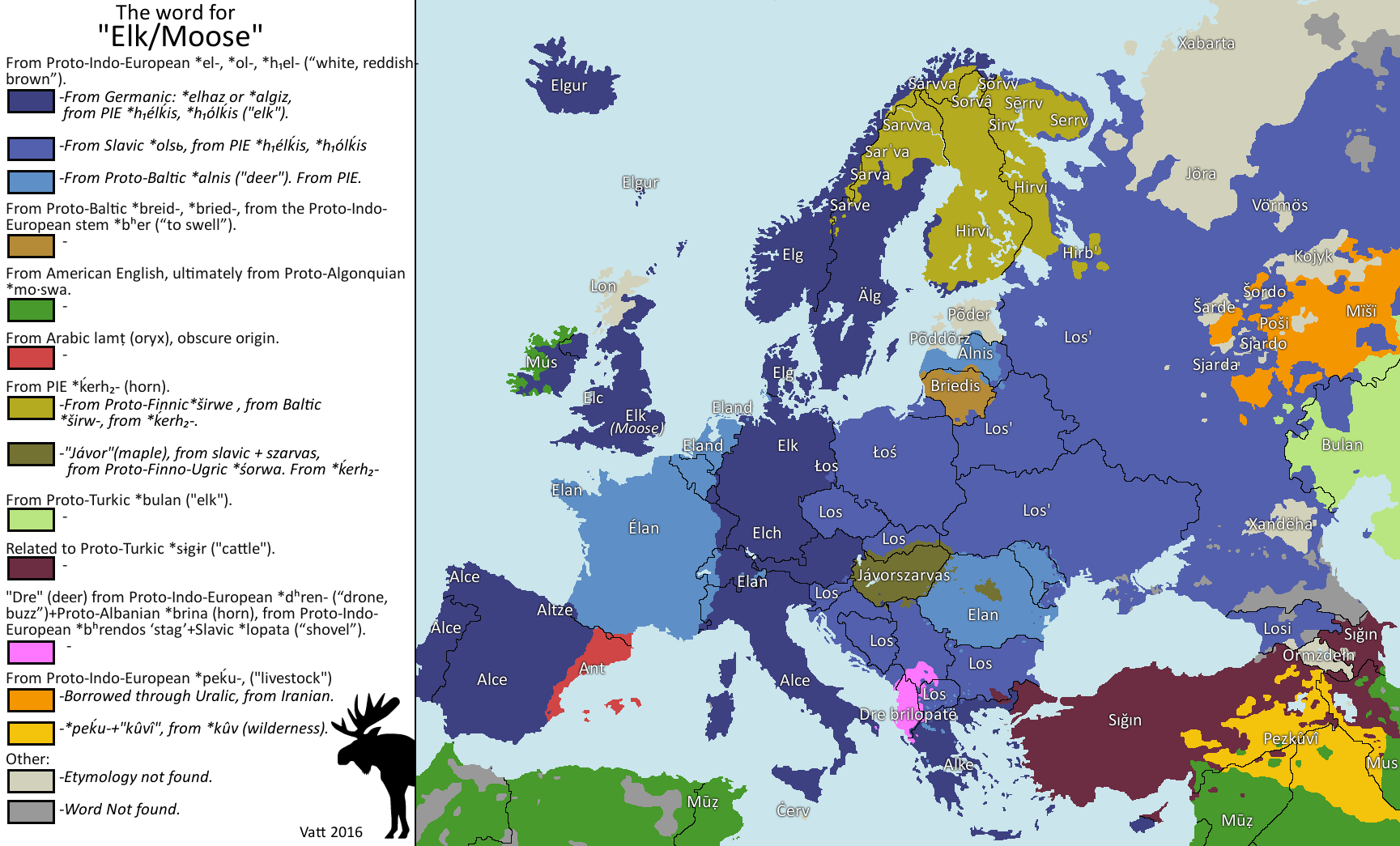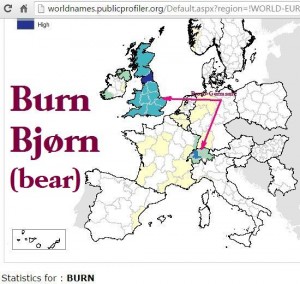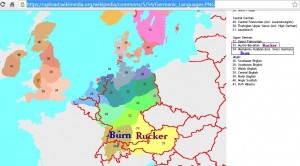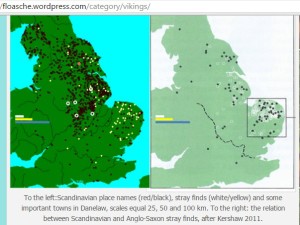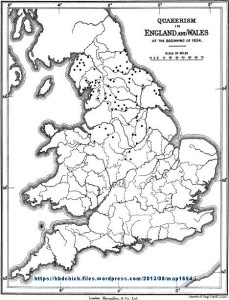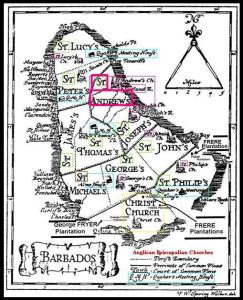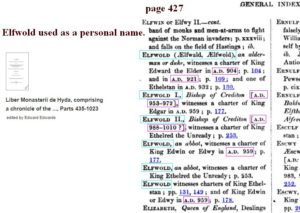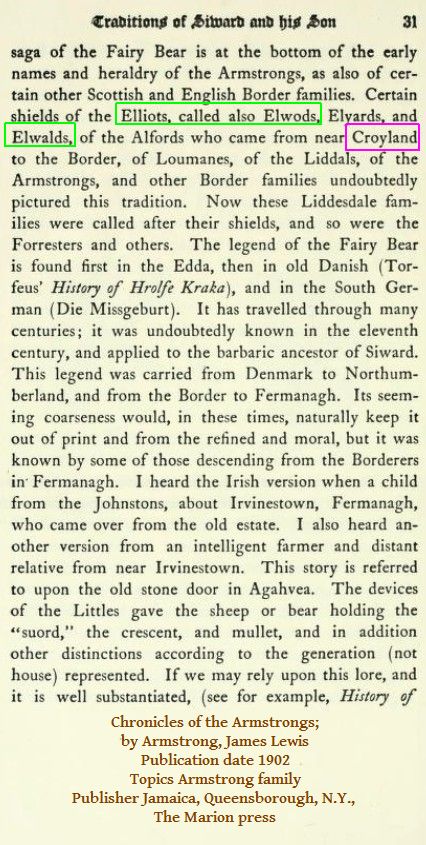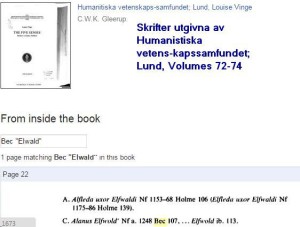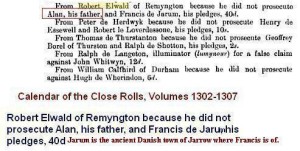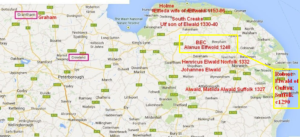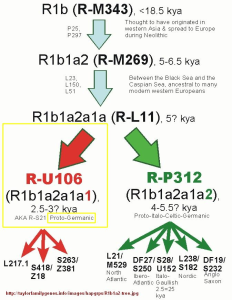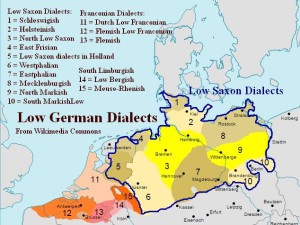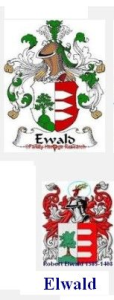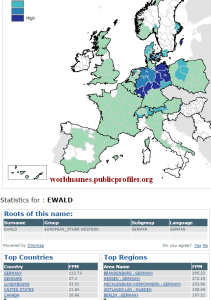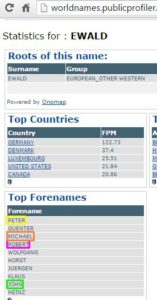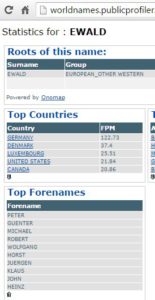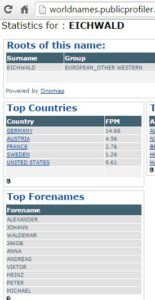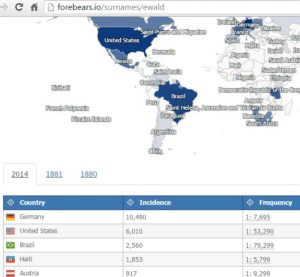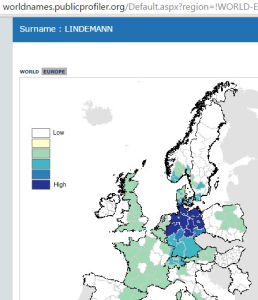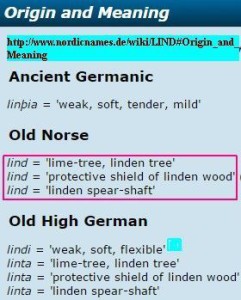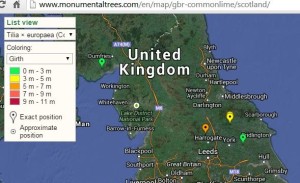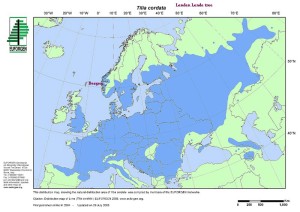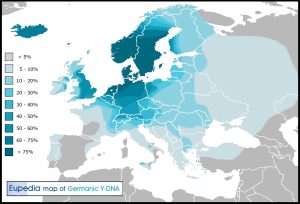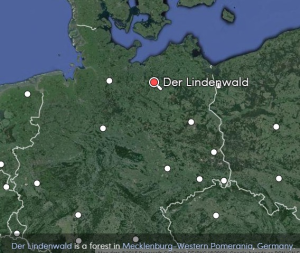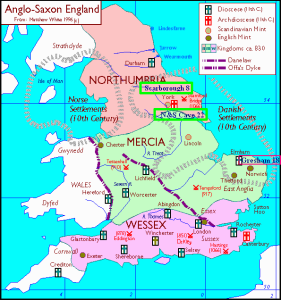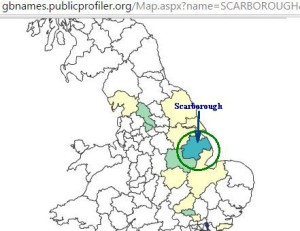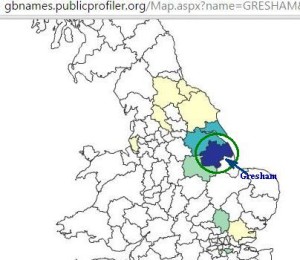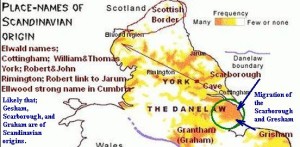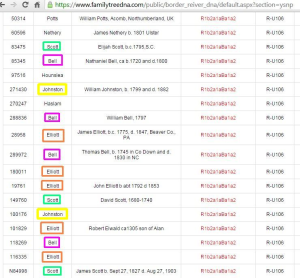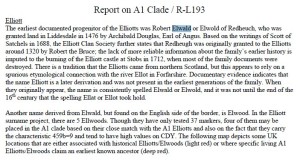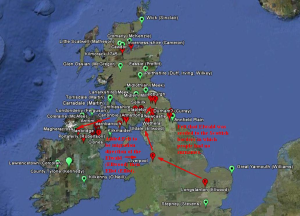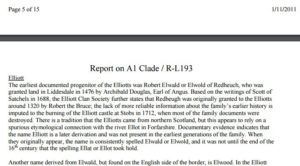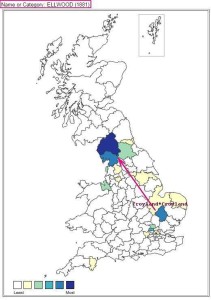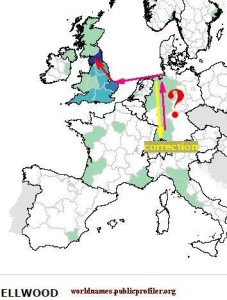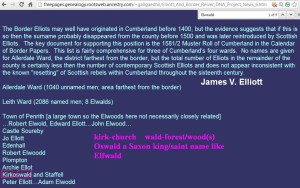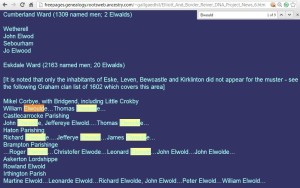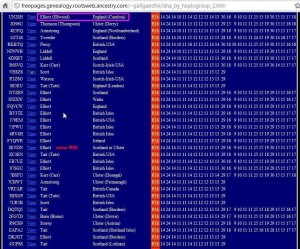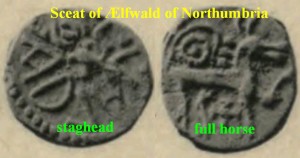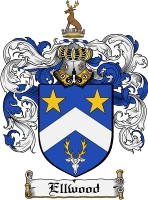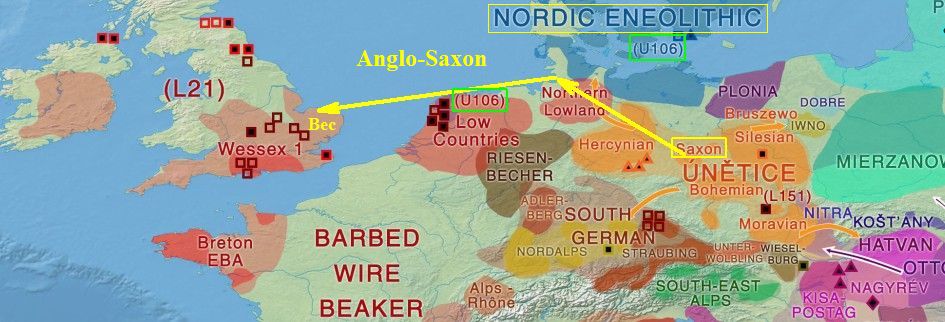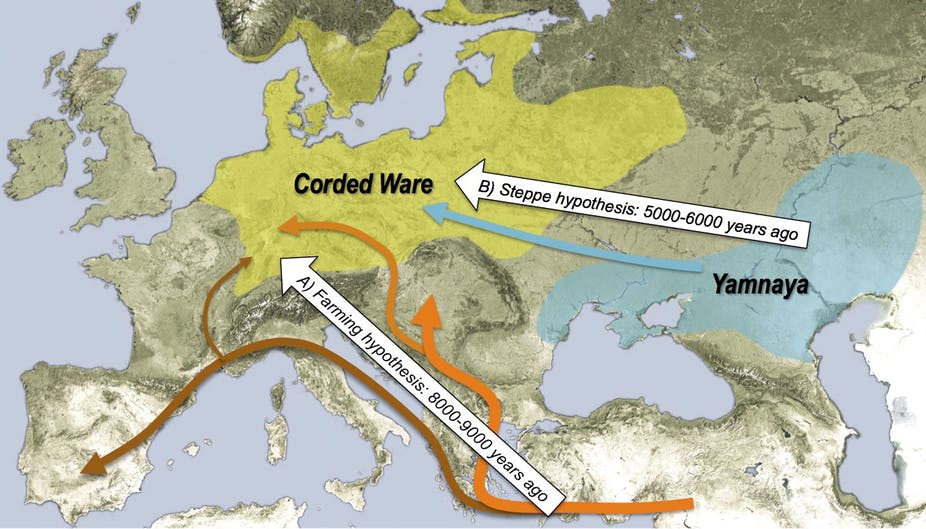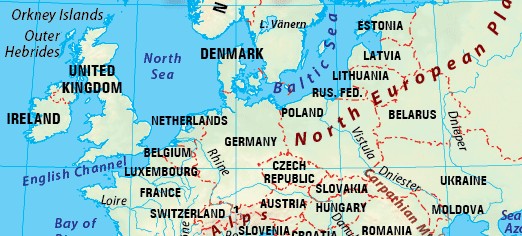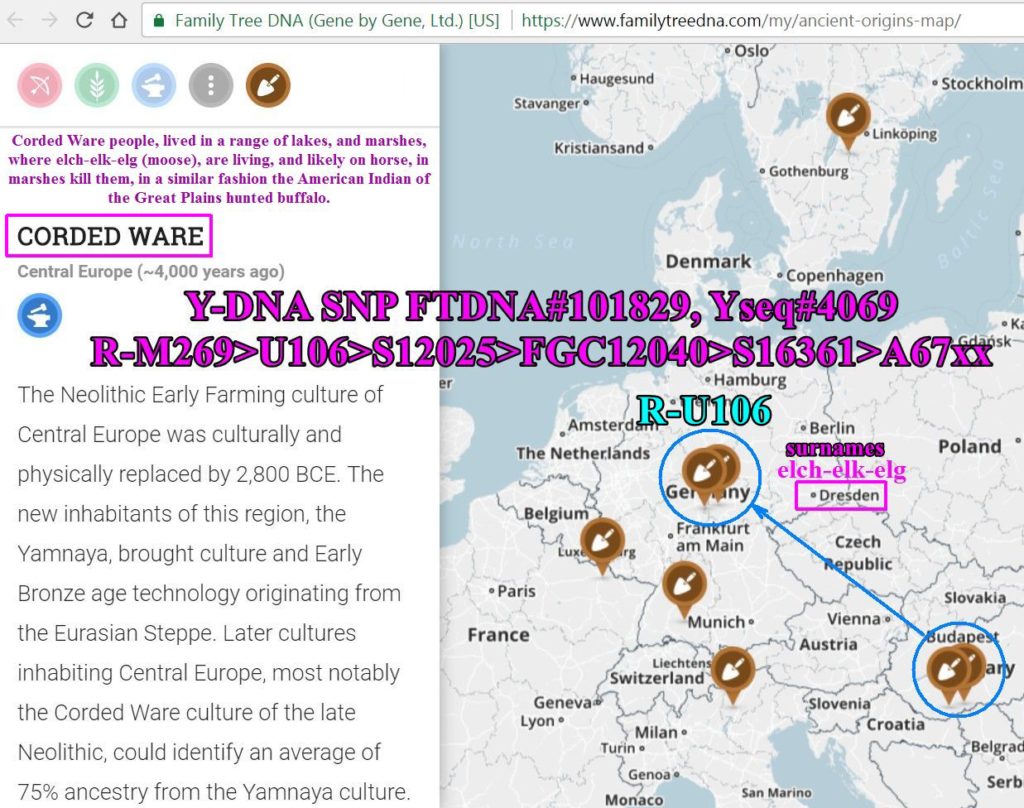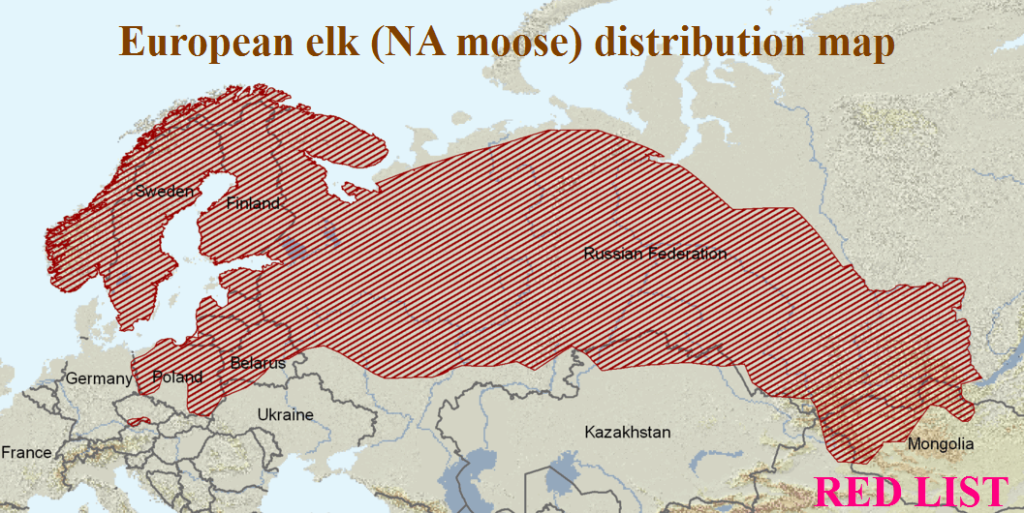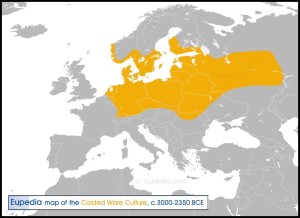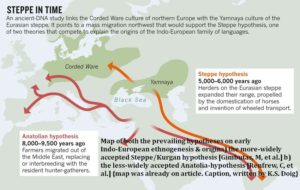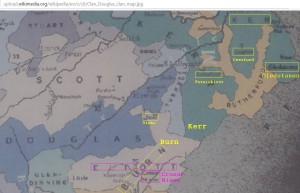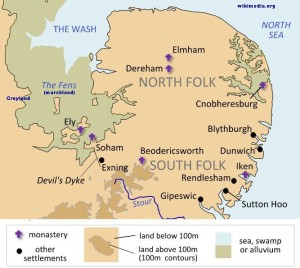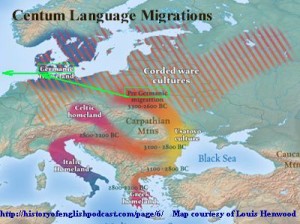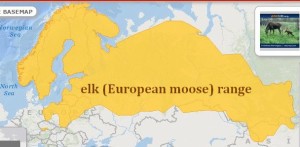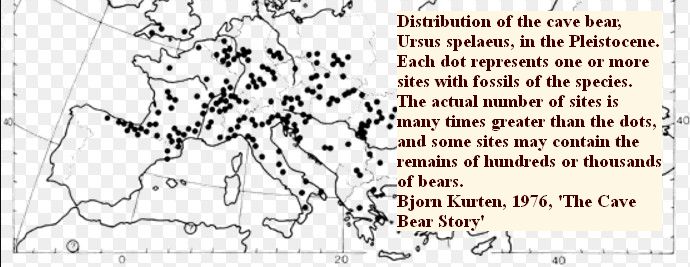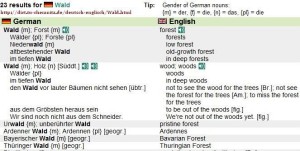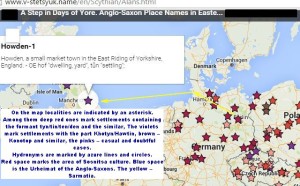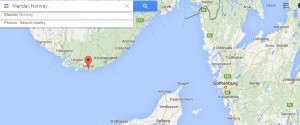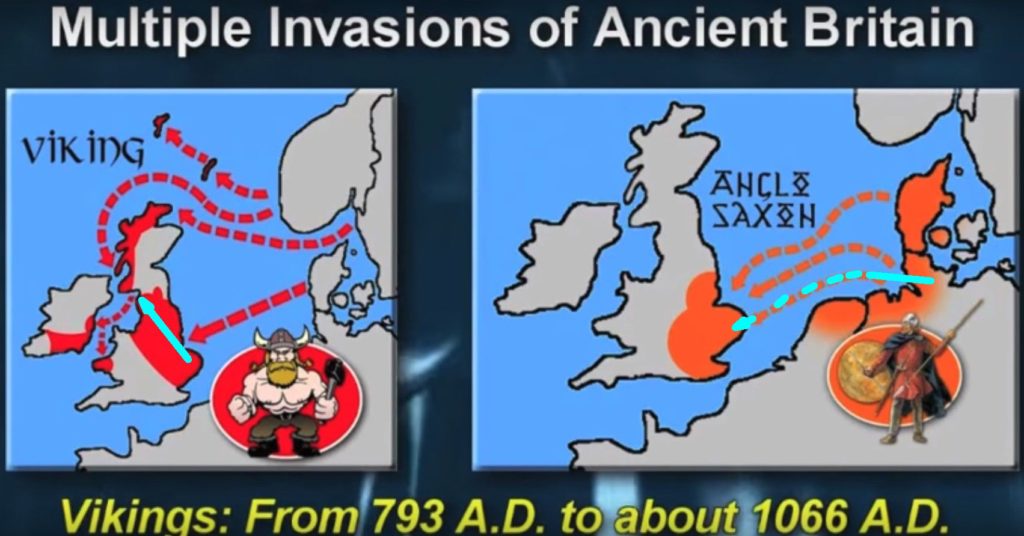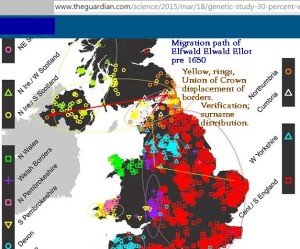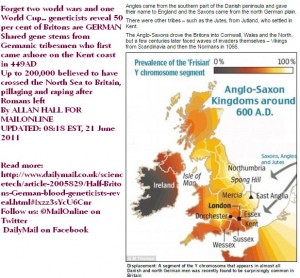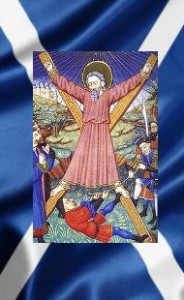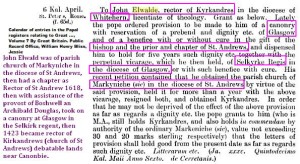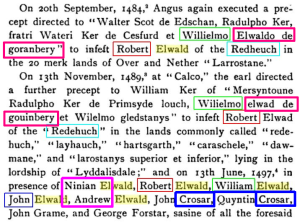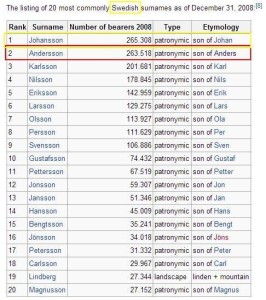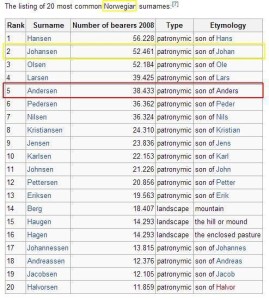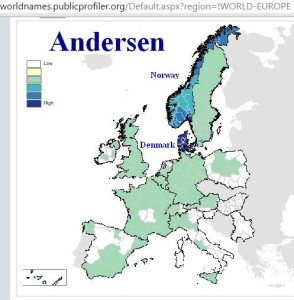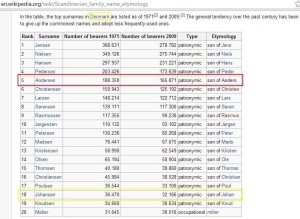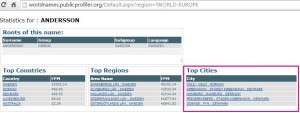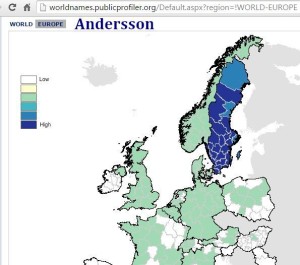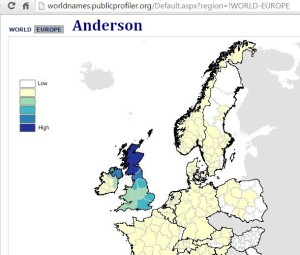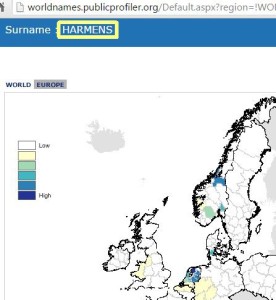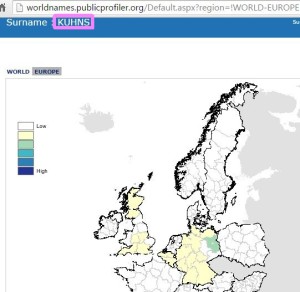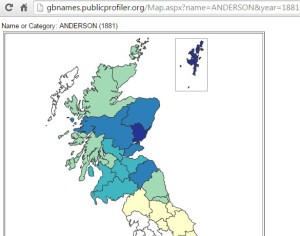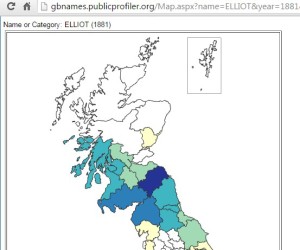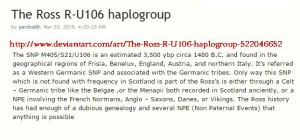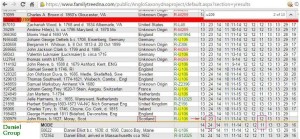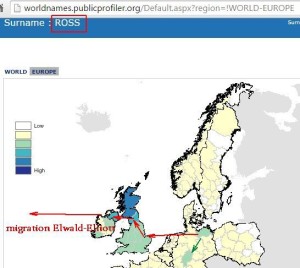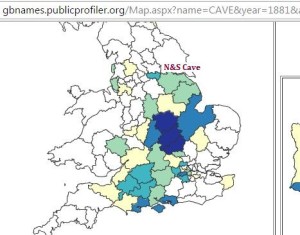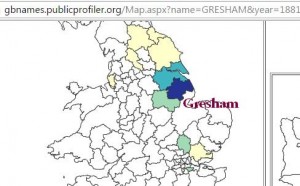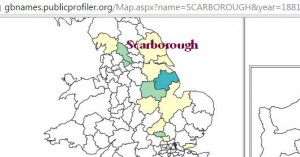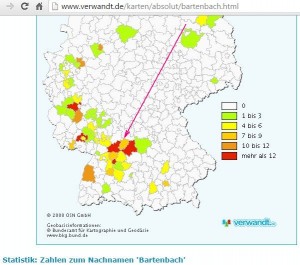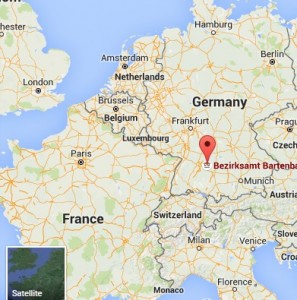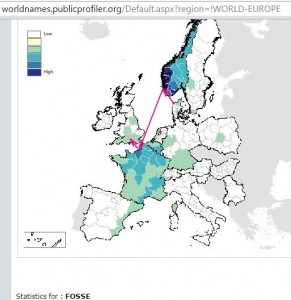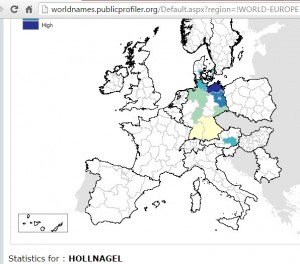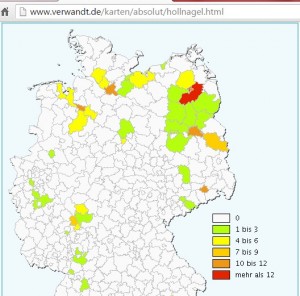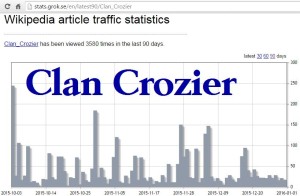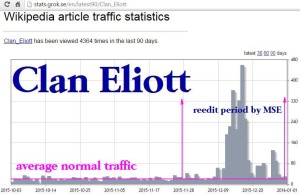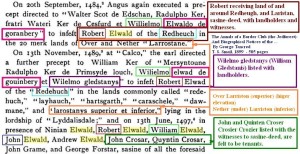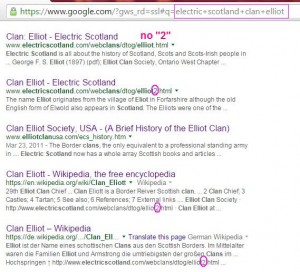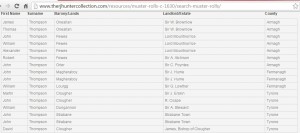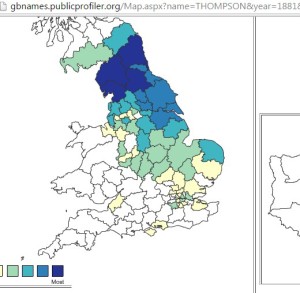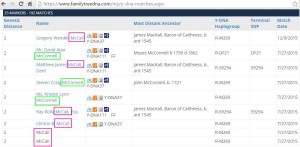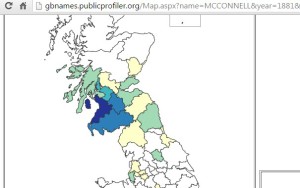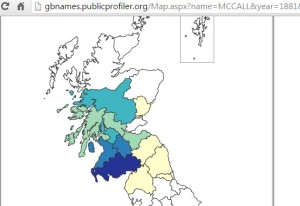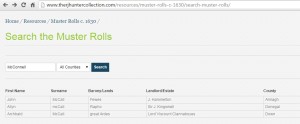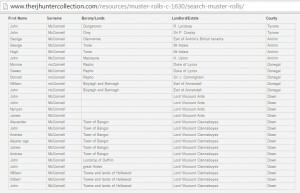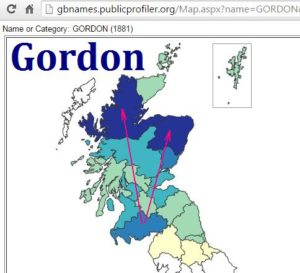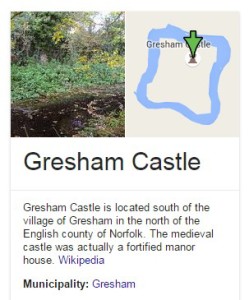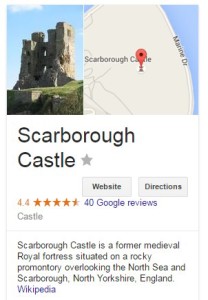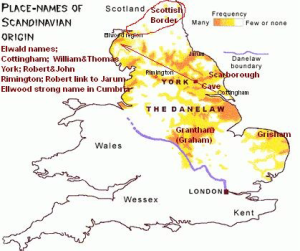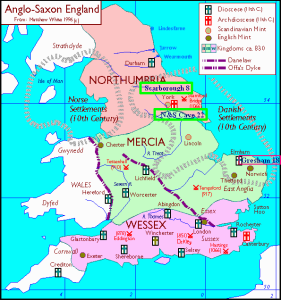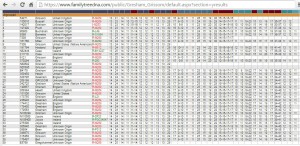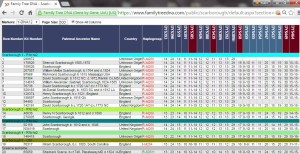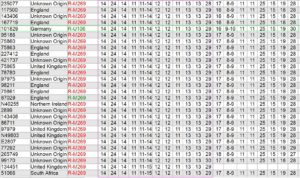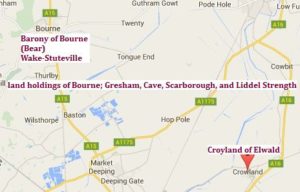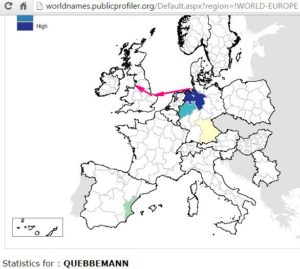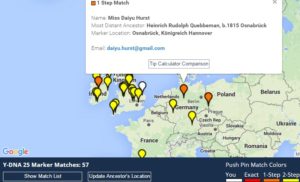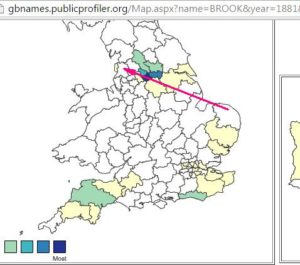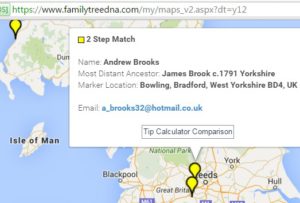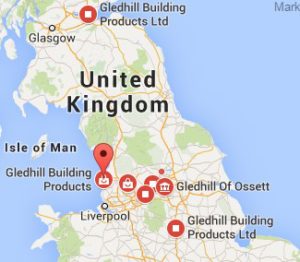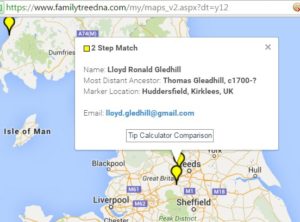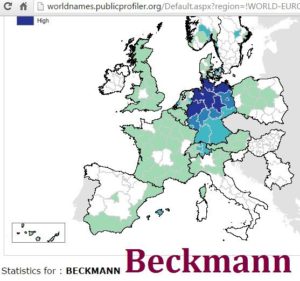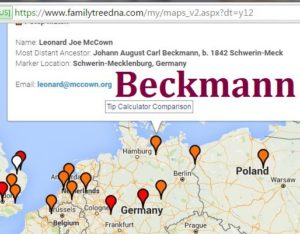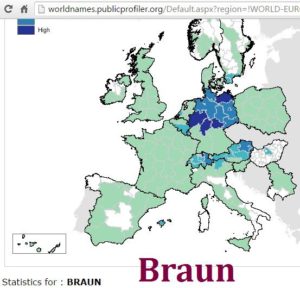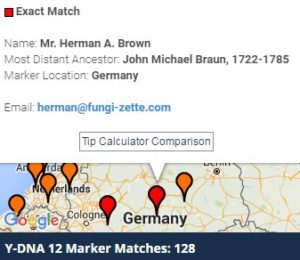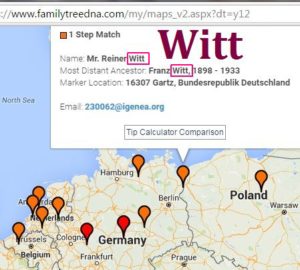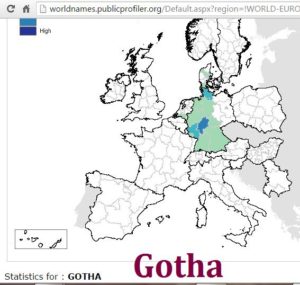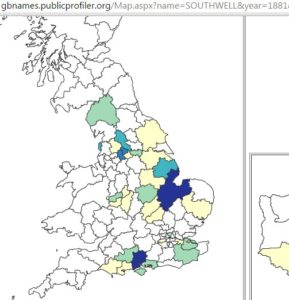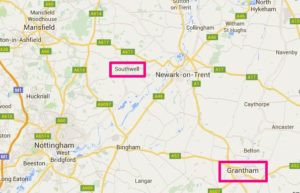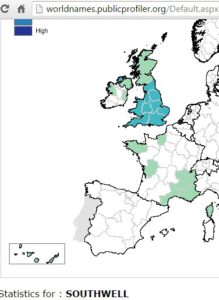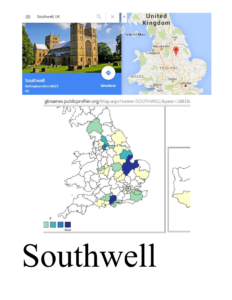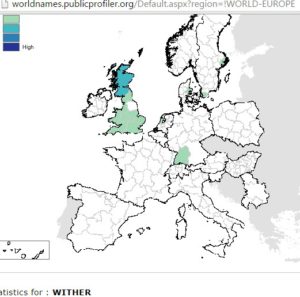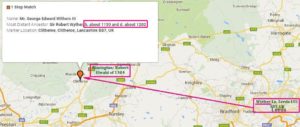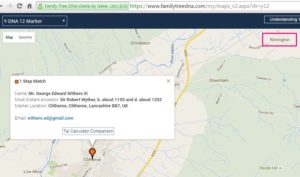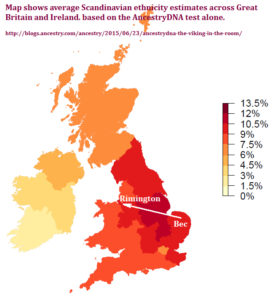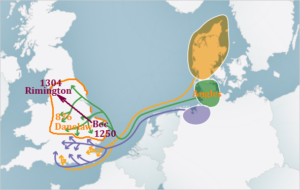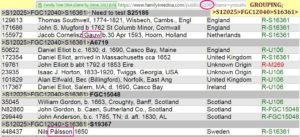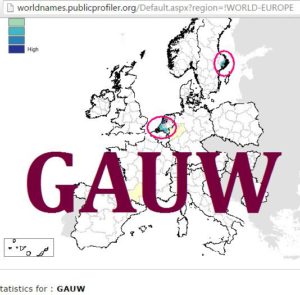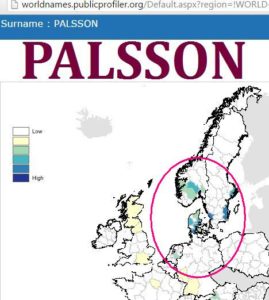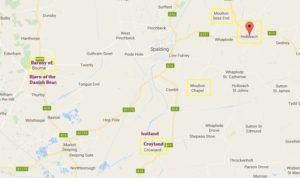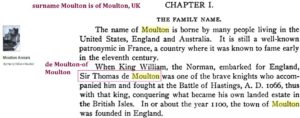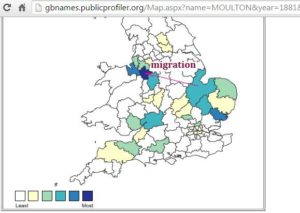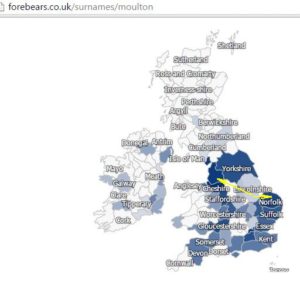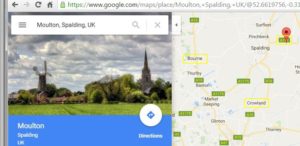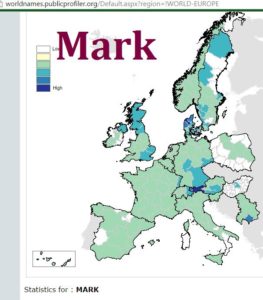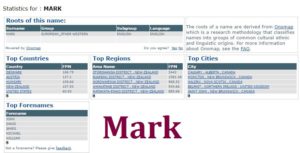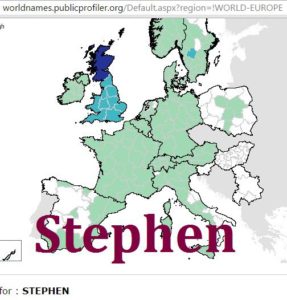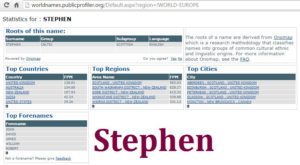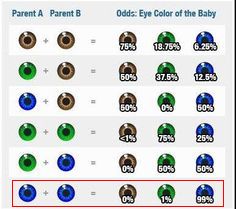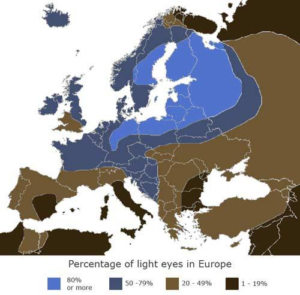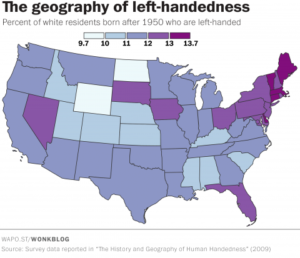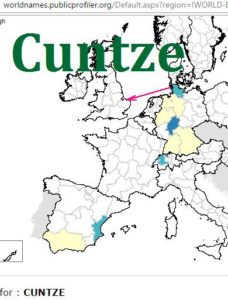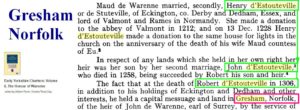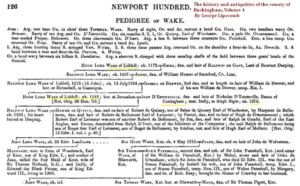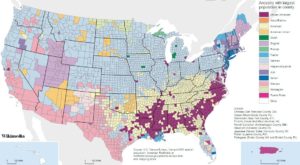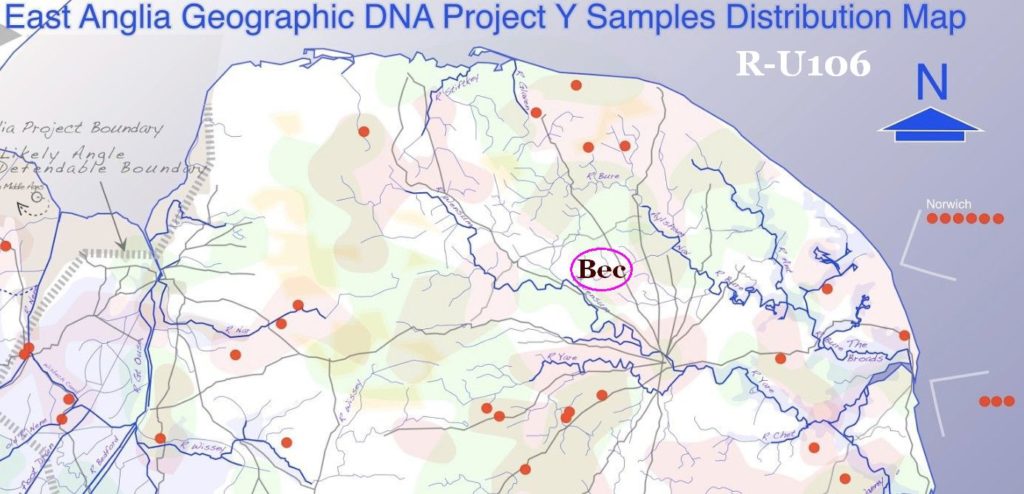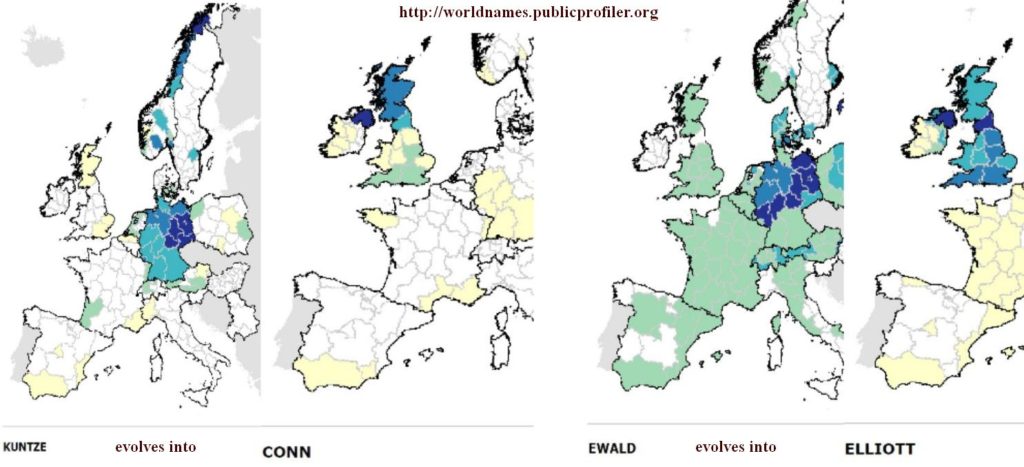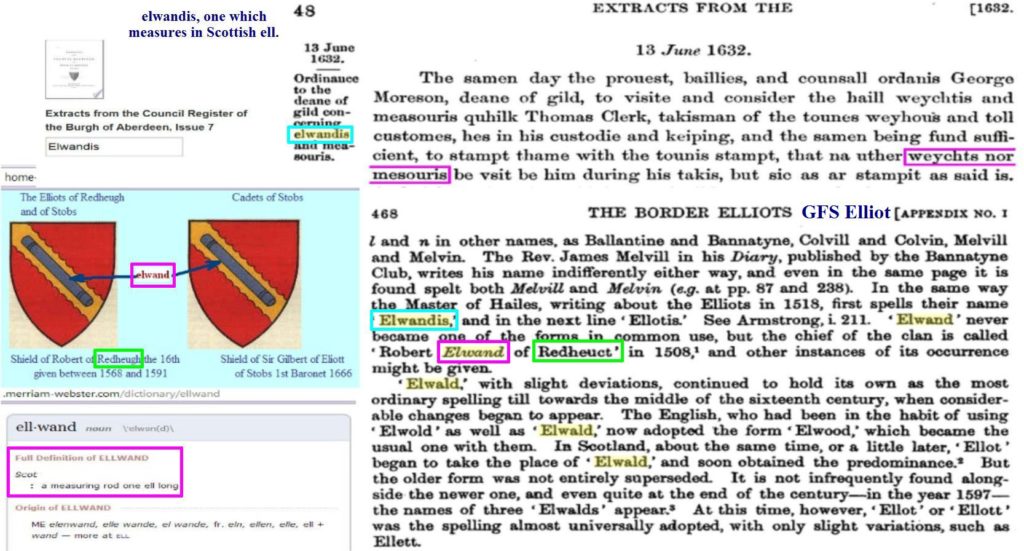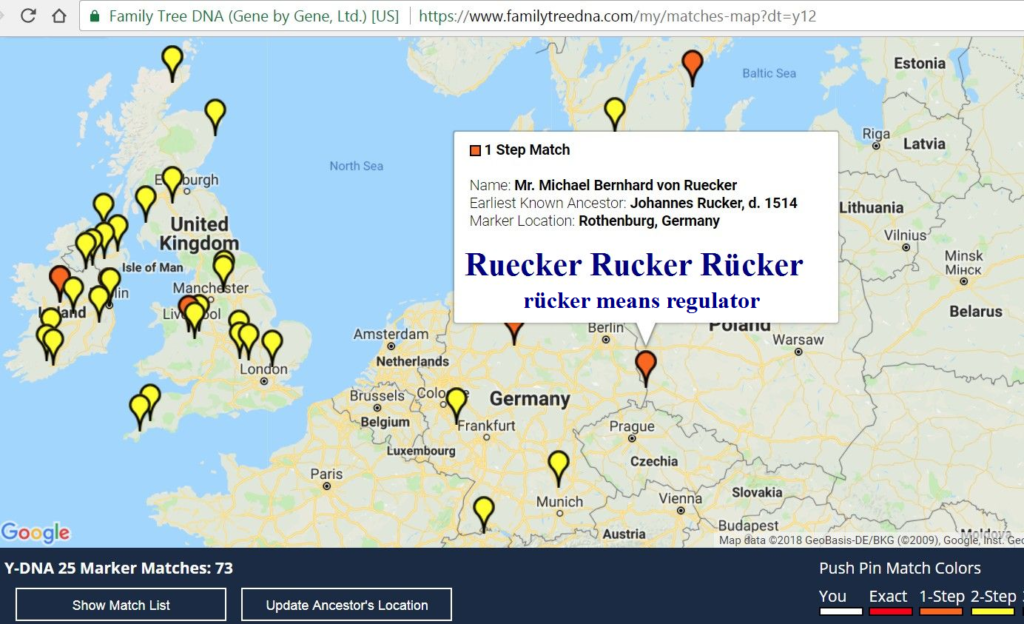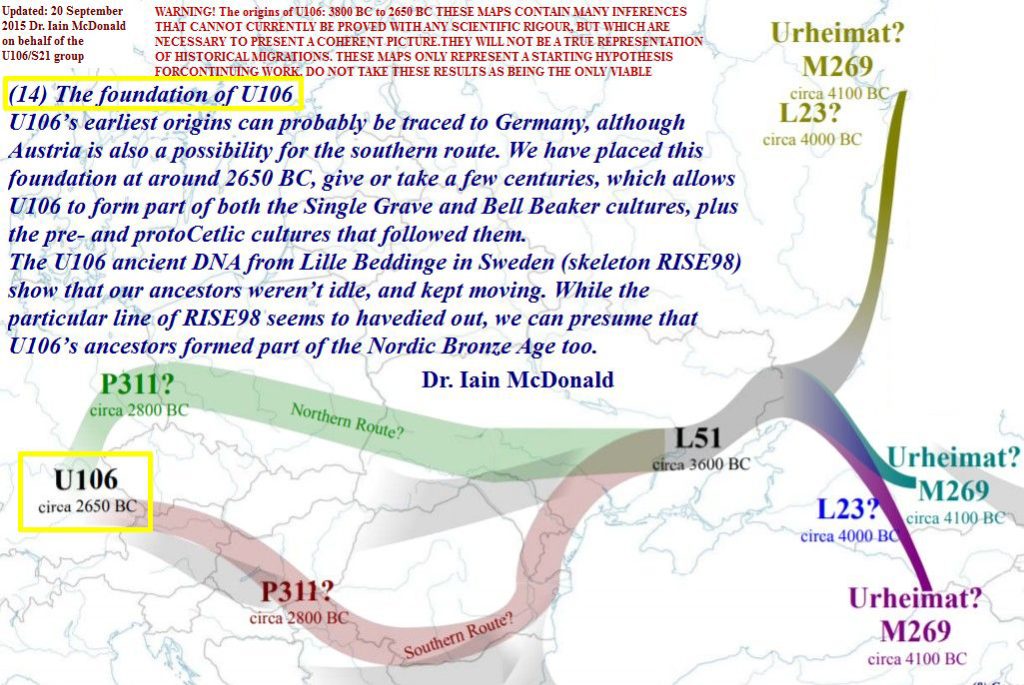Dennis Surname/Last Name: Meaning, Origin & Family History (23andme.com)
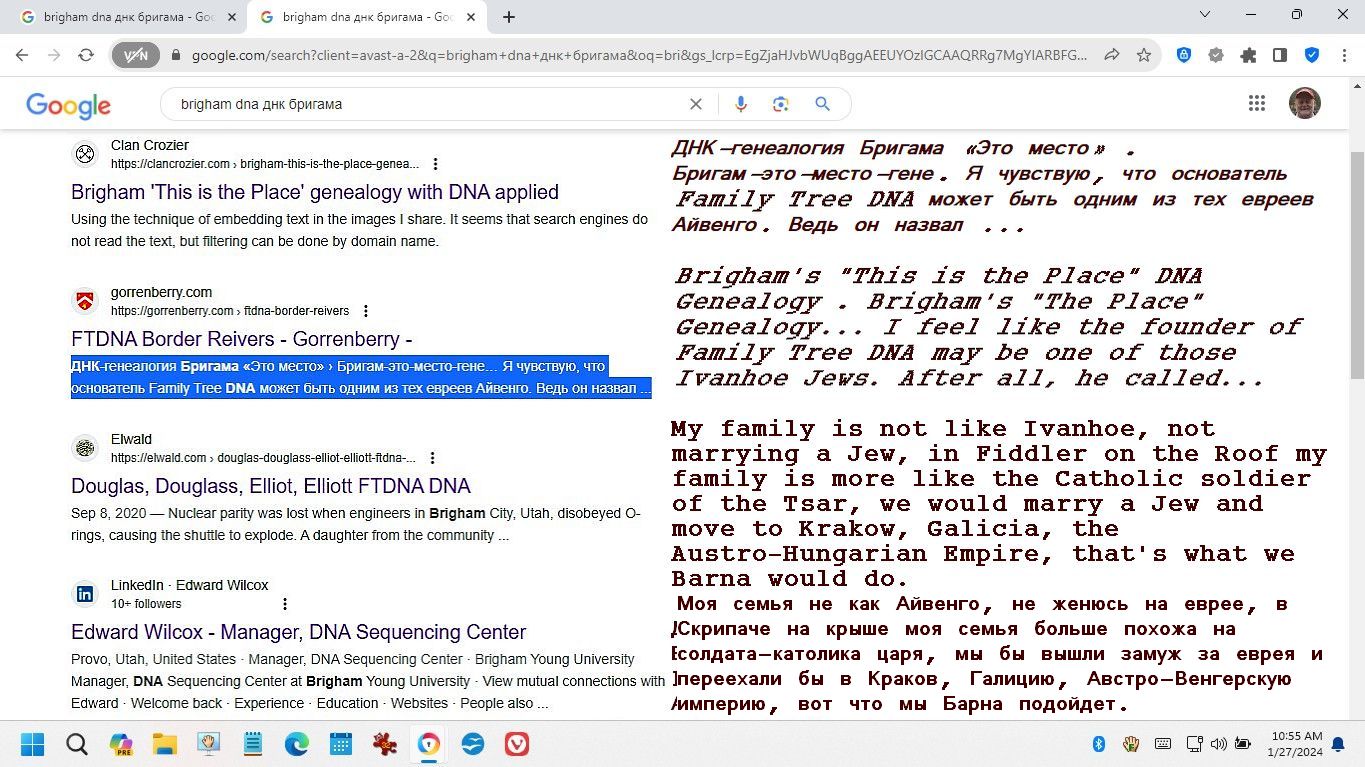
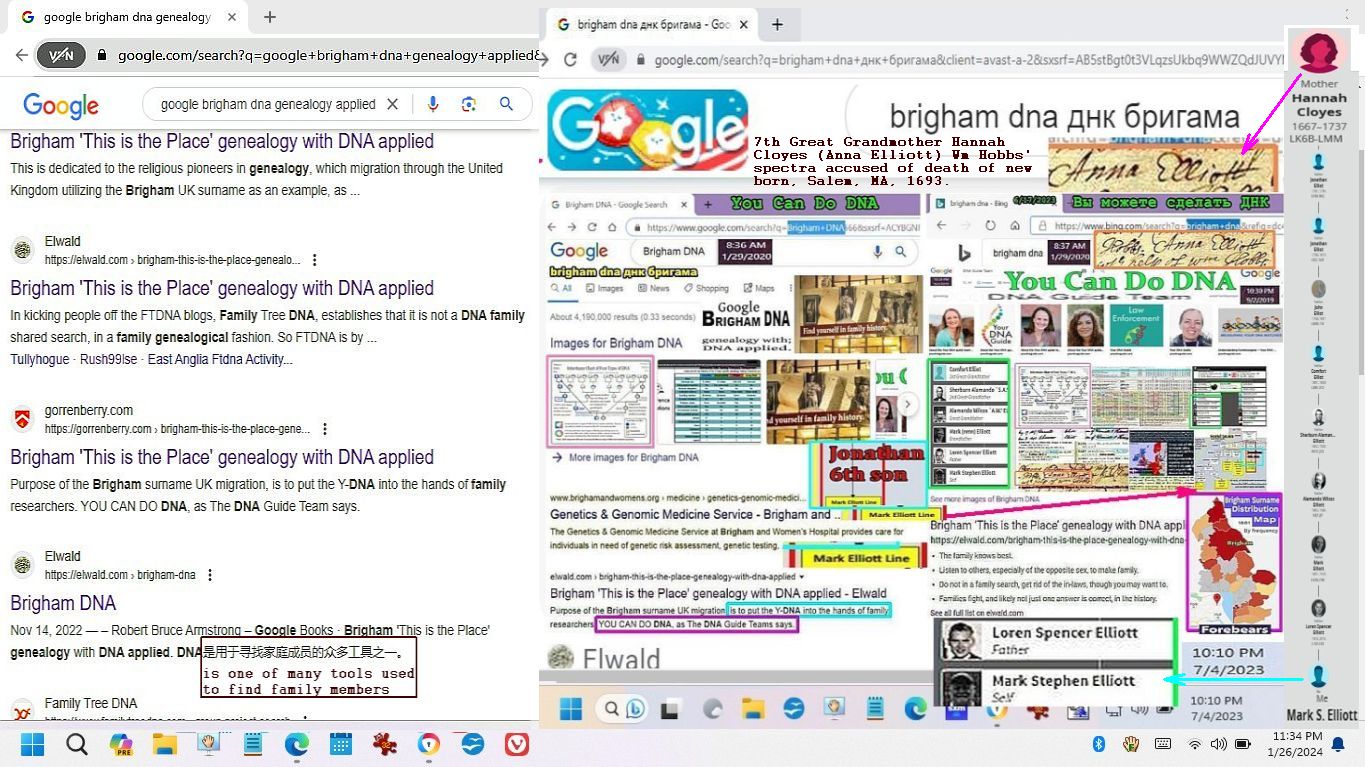
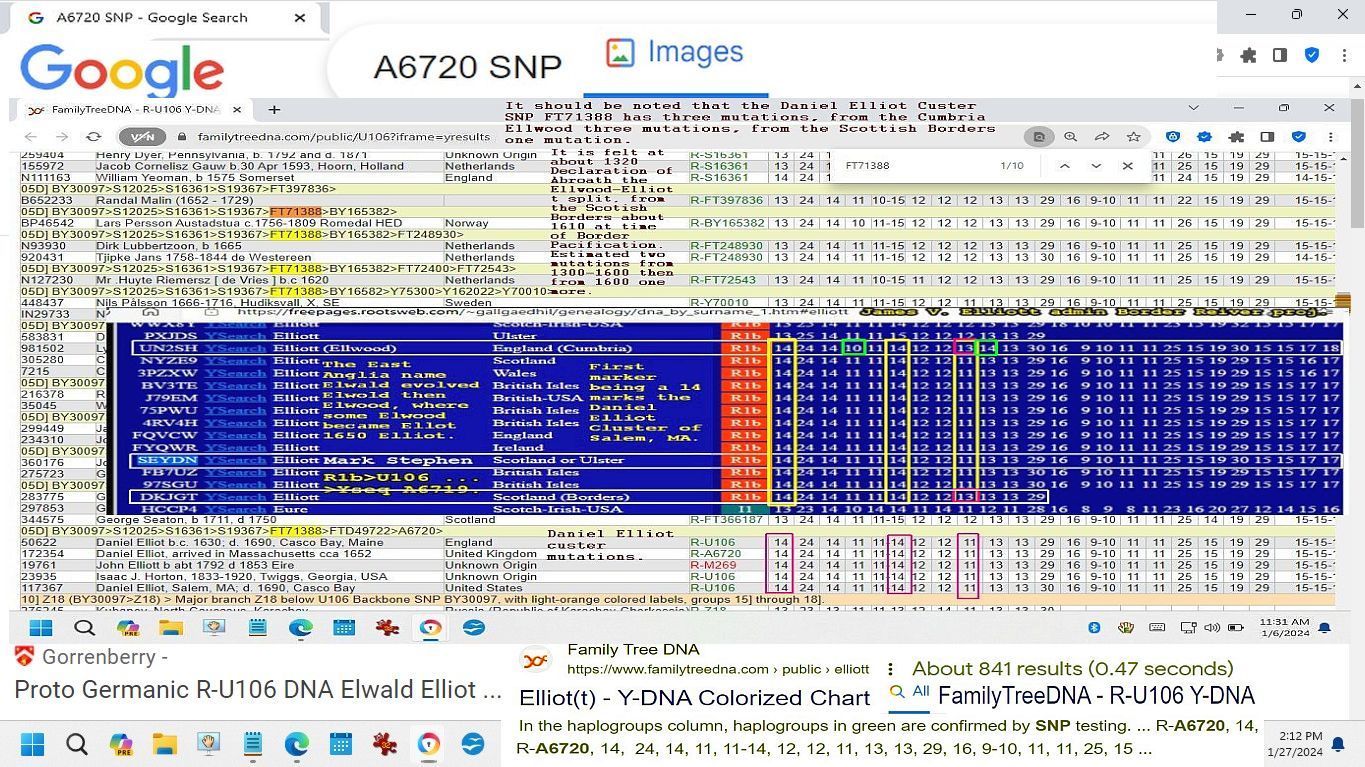 https://www.familytreedna.com/groups/elliott/links
https://www.familytreedna.com/groups/elliott/links
and https://de.wikipedia.org/wiki/Clan_Elliot
For the Elliot and my father Loren Spencer Elliott: instead of;
https://www.electricscotland.com/webclans/dtog/elliot2.html could you please use;
https://www.electricscotland.com/webclans/dtog/elliot.html
Thank you
Mark Stephen Elliott
1/26/2024
Scottish Poetry Selection – Wha Daur Meddle Wi’ Me?
For making corrections to site;
by Mark Stephen Elliott son of Loren Spencer Elliott
WikiTree
Your user name or IP address has been blocked by a WikiTree Leader.
https://www.wikitree.com/wiki/Category:Clan_Elliot
Start of block: 21:01, 14 May 2018
Intended for: Elliott-11757
Suspected violation: Intentionally adding false information
Though they kicked me off site;
Uploads from Mark Stephen Elliott on Wikitree
AZ Photo Radar – Elwald
Web-The Arizona Department of Public Safety, who takes accuracy in account in their hand held radar guns, is a department of extremely honest individuals. The law which Arizona passed against photo radar only affected two communities. The Arizona House of Representatives passed a law against it.
How Science and Genetics are Reshaping the Race Debate of the 21st Century
by Vivian Chou figures by Daniel Utter
How family members are being successful at family history;
https://www.peopleofthebritishisles.org/population-genetics
Children of the Fair Bear, elk, bear, and wolf, enter East Anglia, the elk and bear of Norfolk (northern folk), and the wolf of Suffolk (southern folk).
http://named.publicprofiler.org/
Correction; Hereby should be Hedeby.
It seems that Fairbairn (fair-bear) I-M253 has NPE in FTDNA Irwin by James M. Irvine adm, with Elliott, which I am of the elk (moose) of the wood(s) line, and sons of the same mother in accordance to the Fair Bear story.
mtDNA FTDNA kit number 101829
L>L1’2’3’4’5’6>L2’3’4’5’6>L2’3’4’6>L3’4’6>L3’4>L3>N>R/R0>HV>H>H27>H27a
Hybrid Modell: für die Ausbreitung der Indoeuropäishen Sprachen
Hybrid model: for the spread of Indo-European languages
Crowland-Croyland, possible localities of Alfwold Elwald Ellot Elliot origins.
http://gorrenberry.com/proto-germanische-r-u106-haplogroup-dna-elwald-elliot/
One can see the difference between my Y-DNA, marker numbers that FTDNA likes to alter the parameters, which others have notice also. Border Pacification (ethnic cleansing/genocide of border clans) does not show as well when the Scandinavians are filtered out.
FTDNA mtDNA more than half of Finland, X-line ggg-grandmother of Ireland.
http://www.pnas.org/content/106/30/12279
R1b-S21 (U106) can be from Scotland and Germany, with being an American citizen.
Note on raw autosomal DNA of Ancestry.com, percentage Scandinavian;
Ancestry; 26%
Myheritage; 37.4%
FTDNA; 0%
I-M223 (pre-Celtic Germanic) ,
I-M253 (Nordic Europe, Scottish Borders; Fairbairn & Carruthers), and
R-U106 (Proto-Germanic, found in Borderers; Bell, Ellot, Scott, & Johnston)
http://forebears.io/surnames/Barna
I-M223 & I-M253
How did I1 become Germanic? (I1 includes I-M223 & I-M253)
https://www.eupedia.com/europe/Haplogroup_I1_Y-DNA.shtml
My Y-DNA SNP FTDNA#101829, Yseq#4069 R- M269>U106>S12025>FGC12040>S16361>A6719>A6722?
Data changes by FTDNA which hides Border Pacification gives good reason for FTDNA as they do, not to accept Yseq data transfers. (MDR most distant relative-ancestor MDA) Most Distant Relative/Ancestor, during research went from Rimington to Bec to Schinkel, (near Hedeby; The ‘People of the British Isles’ project and Viking settlement in England) Germany.
811225 Christoph Ewald, b. 1789, d. 1876 Germany I-M223
The fine-scale genetic structure of the British population- NCBI
http://www.peopleofthebritishisles.org/nl6.pdf
Where my Most Distance Relative MDR is locate Elwald de Schinkel, is close to Hedeby.
The ‘People of the British Isles’ project
and Viking settlement in England
Jane Kershaw & Ellen C.Røyrvik,
https://peopleofthebritishisles.web.ox.ac.uk/population-genetics
My R-U106, which traveled along with I-M233 and I-M253, may be a Danish Viking admixture, from 1,ooo-1,100 AD, carried to East Anglia developing the Saxon personal name into a surname of Elwald.
Population Density should be considered;
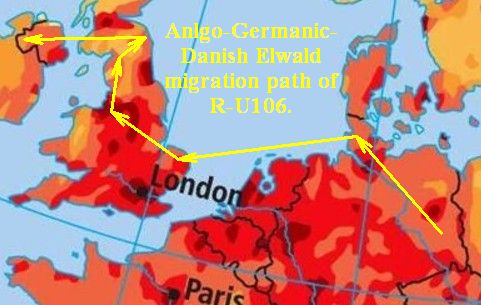
Grandma Josephine Ryan is from southern Ireland, and her husband German speaking Stephen Barna from Slovakia. Dad’s pretty much in American Colonies.
Gresham, Cave, Scarborough linked historical, surname, location and DNA
Above gives strong correlations, plus reason for family being of Stuteville-Wake ca 1300 of Liddel Strength of Debatable land region.
https://www.peopleofthebritishisles.org/population-genetics
https://www.familytreedna.com/public/Gresham_Grissom?iframe=ycolorized https://www.familytreedna.com/public/CaveFamilyHistorySocietyDNA/default.aspx?section=yresults
The main place that you will see matches with many different surnames is the Y-DNA12 Marker Matches section. The time to a common ancestor for these matches may extend beyond genealogical records and the adoption of surnames. FTDNA https://www.familytreedna.com/learn/user-guide/y-dna-myftdna/y-matches-page/
Note;
Though Infinis Windy Edge Wind Farm near Hermitage Castle was voted against by the Scottish Borders Council.
https://www.elwald.com/wp-content/uploads/2013/05/Chasing-my-Y-DNA-part-35.pdf
Above 1/16/2013 MSE
Daniel Elliot Cluster is being found for those in the cluster as S12025 (received from RP Elliott, by Iain McDonald)
http://www.jb.man.ac.uk/~mcdonald/genetics/u106-overview-2016.pdf
Other by RP Elliott;
Additional information by Robert P. Elliott;
In accordance to the previous Clan Elliot chief, Arthur Eliott there are two origins; St German (English Wm de Aliot, Norman Breton/Briton Aliot Eliot Elliot), and Elwald/Elwold (Scottish Scandinavian Elwald Ellot Elliot) orgins.
Arthur’s only child was his daughter, Margaret, who has more than filled into her father’s shoes;
Though names origins of Eliot and Ellot to become Elliot, are mixed the following three graphics show basic concentration locations;
Mapping the migration paths for R-S16361
R-U106 haplogroup name migration and evolution.
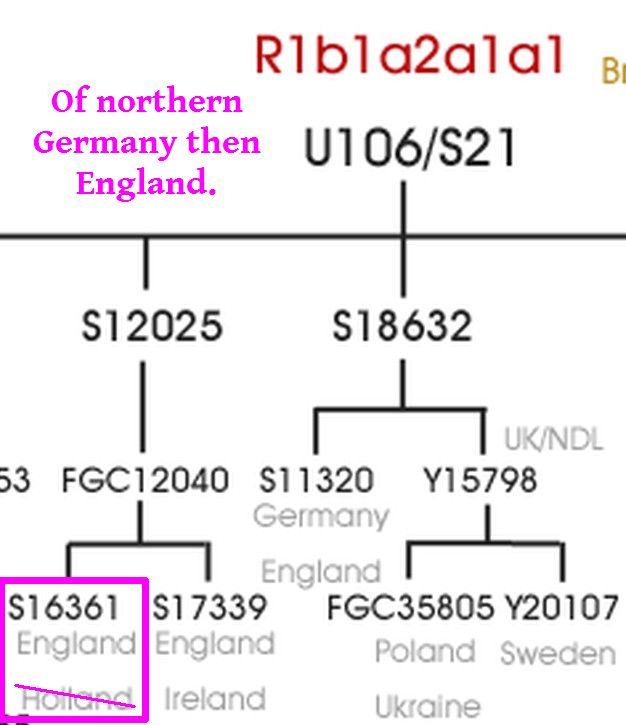
https://www.eupedia.com/europe/Haplogroup_R1b_Y-DNA.shtml#R1b-subclades
Not of FTDNA R-U106 study. Not of Holland, but migration, to northern Germany-southern Denmark, onto East Anglia, now England.
Proto-Germanic R-U106 Norfolk Elwald to Liddesdale Ellot
The concept, the first two pre-letters are el, and –wald (forest/wood), is used for the suffix.
Ælfwold is Anglo-Danish;
Personal names; Elchwald and Elgwald ca 900 (elk/moose of forest), surnames; Elfwald ca 1200 (elf of wood), Elwald ca 1300 (of wood; a lot measured by metes and bounds/ell and angles, making it a measurable forest), Ellot ca 1550 (a lot; lengths of side measured in Edinburgh, Scottish el/ell/eln, and angles measure with compass bearings), Elliot ca 1650 (of Ellot but an “i” is inserted giving merger to the Elliot derived from the Norman Eliot of Wm de Aliot).
R-U106;

The Rich Rucker question;
It has been noted that both you and I have been censored from, The Family Tree DNA, Clan Armstrong website, with no Clan Armstrong contacts listed, where we both consider ourselves Clan Armstrong. You being related to 90+% Clan Armstrong, and I migrating with them out of Germany to Bec,Northfolk, Rimington, Lancashire (at time of W Riding Yorkshire), to Cumbria, onto Canonbie, and into Liddesdale, Gorrenberry, onto Tullykelter, Fermanagh, then into the America Plantation, next to a Martin Armstrong of Sutton Massachusetts.
Showing U106 migration of Elliot to Elliott, and MacTaggart to Taggart from Hawick to Fermanagh region;
It should be noted in 1305 Rimington was a part of West Riding Yorkshire, Northumbria, not Lancashire County, England.
Reichel with U106 and Rucker in 25 markers of 1 have similar southeast German surname distribution patterns.


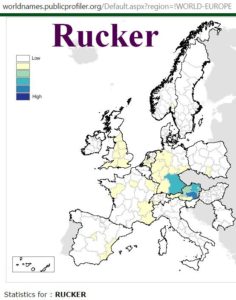
Rücker which means; regulator
Map: relative distribution by localities
FTDNA TIP calculator went up to 24 generations at 98%, were my relation to Heinrich Rudolph Quebbemann and Johannes Rucker likely more than 3o generations.
There are a total of 124 items in the Reichsleefonbuch of 1942 for the surname Rücker. The places with the most frequent telephone numbers are:
(25%) Under Retzbach (Niederdonau)
(12.5%) Welschneudorf (Hesse)
(11.111%) Upper Prausnitz (Sudetenland)
People migrate with their language;

Rucker becomes Ruecker;
Basically distribution wise; Reichel = Rucker + Ruecker
No link, because the Clan Armstrong as Scandinavians do not want to claim any leadership. The Bear, sticks the younger brother the Elk (moose, Elwald, Ellot line) with the problem, and tries to give him the only United Kingdom option of a Wm de Aliot line out of France.
Clan Armstrong, I have the right not to be vanquished and become unvanquished as you.
Scientific knowledge in today’s day and in the past can be rationalized, by Puritanical Norman thinkers, to make things to seem correct. Cotton Mather wrote on witchcraft, and Harvard judges hung witches, granddad Scottish; the accusers did it out of sport. Today’s DNA as applied to genealogy is like a metre (yard stick, elwand) measuring the width of a hair. Unless other viable information is inputted, Y-DNA relevancy carries that of the Harvard judges during the witch trials in Salem.
A genealogical example;
One way to reach further in the past is to use how a family story such as the Clan Armstrong Fair Bear story migrates with it’s people and how the language of these Germanic people migrate towards where the Scottish Borderlands is today.
Stories passed down through families become part of that family history, and the longer they are passed down, the greater their importance. One such story though likely started before the establishment of the surname Clan Armstrong which cares for the story is the Fairy Bear Legend;
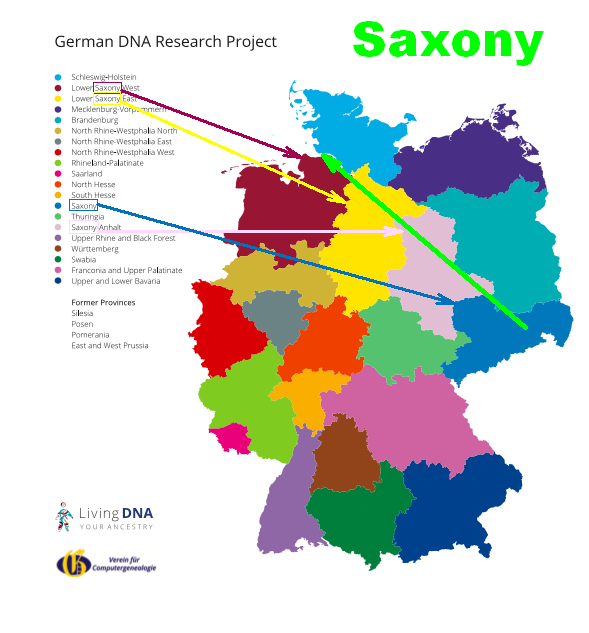
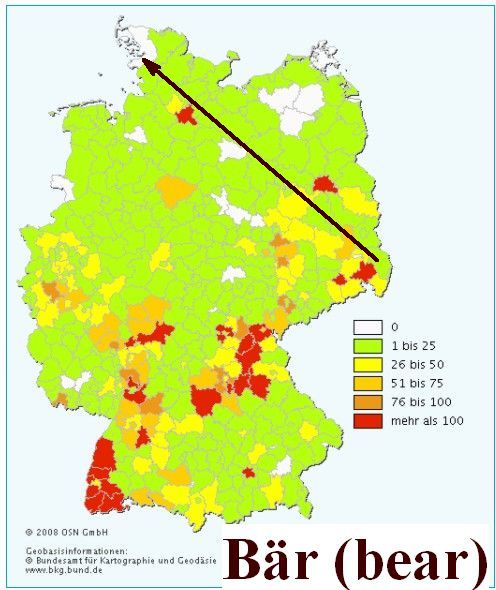
Bär (bear) surname distribution map
Today with my own family history the story seems to have meaning of a migration story. From the personal names German elk/elch and the Danish elg, meaning elk(moose) then paired with the German -wald was likely Old German Elchwald, then Danish Elgwalt (German/Danish king), then traveling to the British Isles where elk(moose) are extinct elch/elk/elg became elf similar toulf which is wolf in Danish, The name personal name evolved into a surname becaming Elfwaldin Norfolk, with and Alan Elfwald of Bec, then in Rimington, Lanchashire (at time of W. Riding Yorkshire), Robert Elwald the son of Alan, onto Liddesdale, Gorrenberry the name became the younger brother of Robert which received lands of Redheugh a William Elwald of Gorrenberry, then onto Tullykelter, Fermanagh Ulster, the name became from the alias Dan for Andrew, a Daniel Ellot. His grandson of the same name Daniel Ellot on to the American Plantation, with Puritan English the name becomeDaniel Elliot retaining the single “t” the way they today are spelling it on the Scottish Borders. Then his son of the same name Daniel Elliot moves onto ca1700 Sutton, Massachusetts, and settles on land next to a Martin Armstrong.
In the United Kingdom, I am a Clan Armstrong, because the Norman wolf (lou), ate the Danish elk (elg), and for the name Elliott, only the Normans survive. Being that Danish elk (elg) and Danish bear (bjørn) in the United Kingdom are friends, I can live among the Armstrong.
Correction; Place of migration origin is #2, migrating to both 1&3.
It should be noted, that the emergence of the German Language is in the north German, Danish region, and felt to travel to Anglia, to Northumbria, where north Northumbria becomes Scotland where a lot of Germanic names are used in landmarks, and geographic localities.
Green is other Germanic Languages.
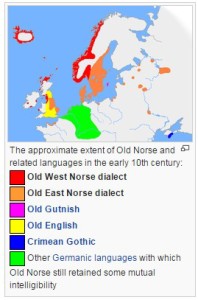
My family the family of the Elchwald, Elgwald, Elfwald, Elwald migrates with the family of the Fairy Bear (Fairbairn).
I am one step off in 25 to a von Ruecker/Rucker. It should be noted that from my understanding the word “von” like “de” means “of”, so the name Rucker may have a locality it is names after, but I have not been able to find it.
Inserted 8/7/2016 MSE
Elg, Elch, Elk (Am moose), in overlapping surname distribution, gives locality of Ruecker/Rucker 2 of in 25 above;
Above inserted 8/7/2016 MSE
Family Tree DNA calculator, at more than 27 generations shows that my DNA is close to being 100% likelihood that were related.
It should be noted that the story of the Fairy Bear starts in southern Germany. Given surname distribution the Rucker family is from southern Germany.
The Ruckers, Armstrong, and Elwald (Ellot), likely migrated from where the Old Norse languages began in Northern Germany.
Added; 12/29/2015;
Migrated the Germanic language with branches and the U106 DNA follows;
Groups such as U106, do not migrate with a homogeneity of DNA, but are more heterogeneous in their migration, and it is felt that my U106, could of easily migrated with those of I2a2 DNA.
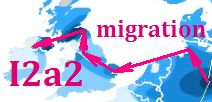
It should be noted that France is not considered Germanic, but it is felt that few Rucker likely migrated to north and south France, but likely change their language to the French of those regions.
Bjørn – Wiktionary
https://en.wiktionary.org/wiki/Bjørn
Wiktionary
A male given name derived from Old Norse meaning “bear” (bjørn), cognate to … Medieval short form of compound names containing the element Bjørn-, -bjørn, …
Rucker of Austro-Bavarian, and Burn is of Alemannic-Swabian, Upper German Language basis.
Above added 12/29/2015
Fair Bear Origins
Old Norse Dialect migrated with the Germanic-Danish Armstrong into the British Isles and north to the borderlands, Crimean Gothic language of these Danes traveled south and carried the origins of the Fair (light in skin color, but darker that Osborn-White Bear) Bear story with them. where the Old Norse (Proto-Germanic-Danish) language had its beginning, is when the Bear (Beorn), Elk(moose, Elg), and Wolf (Danish Ulf, Norman Lou), of the Fair Bear story residing together, with the wolf eating the Elk, and the Bear and Elk were living as brothers, in this land.
R. Rucker;
This is the answer censored by big brother (Clan Armstrong), remember they are not going to censor me out, because my characteristics, are German, Danish, Northumbria, Borders, Ulster, and the Plantations like theirs. The English-Scots do not like to be told they are German, and your family is from where and in accordance to the Fairy Bear story, where the Armstrong came from in Germany, and the Old Norse-Proto Germanic language had it’s origins.
Should be noted, DNA close to the Osborn (white bear), which am related to family line Quaker abolitionists Osborn, likely first from Lancashire Co, UK, to Pennsylvania, then to North Carolina an onto Iowa. The bear, is related to the Elwald (Ellot, Elliot), though seemly the Elwald is the middle brother, in this case. The Loumann (1376 RB Armstrong, Liddesdale name), and Fairbairn are in story.
In Robert Elwald clan Elliot Chief #1
Shows the migration of Robert Elwald from Northfolk to Rimington, Lancaster (at time of W Riding Yorkshire) of father name Alan 1290-1305.
Site of medieval hospital and chapel at Beck Hall
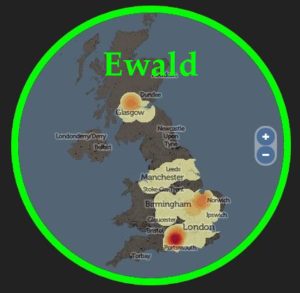
http://named.publicprofiler.org/
The British Museum; Norse Placenames Map
Quaker R-U106
For;
Listed with British, Quakers on Family Tree DNA;
Family Tree DNA British Quakers
Joseph Elliott b 18 Dec 1802 NC? d 1853 IN England R-U106
Migration likely from Lancashire, England to Pennsylvanian, North Carolina (cheap land) then Indiana (abolitionist).
Location of early Quakers similar to that of the Scandinavians.
Though Quakers are a very minute religion in today’s society, the writer is one also. May be that is why it seems that the Scandinavian Armstrong collective of my brethren, with my chromosomes of an elwandis (directed by measurement) which is doing the leading.
A map of Barbados, an island George Fox visited and originator of the Quakers, was also inhabited by indentured Anglican Scots, from the Cromwellian Civil War. Guest Quakers have a lot to share with The Armstrong.
Note the Anglican parish of St Andrew, where Scottish descendants of the English Civil War still till this day live.
No nation wants to admit they did approximately the same with the Scandinavians as the Germans did to the Jews. It is very doubtful like my grandfather who presented to Salem Village that the accusers did it out of sport, that I will be believe.
Bec, Bek, Beck-Hall is dated before 1224 AD;
Felt that many border names migrated towards the north, including Fairbairn, Elwald, Bell, Graham (village of felt/cloth likely wool, now Grantham) and others which some evolve border names of Armstrong, and Elliot.
As Scandinavians in a dominate Norman environment, these would travel as stories such as The Fairy Bear;
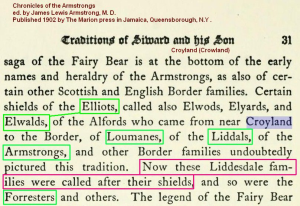
Armstrong Fairbairn Elliot Y-DNA link
Croyland (land of huts)/Crowland seem to be near from where a lot of these pre-surname Germanic Scandinavians began their trek to the borderlands to join among others Scandinavians, such as the Danes, joining the Norsemen in the Cumbria/Cumberland region, and introducing their surnames to the borderlands.

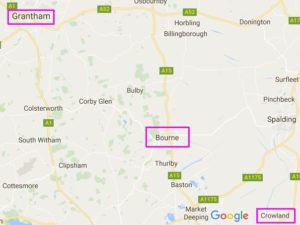
Alan takes on father’s name of Elfwald est 1200, becomes from Alan with father Elfwald; Alan Elfwald.
Following shows location of Crowland (Croyland), and a census concentration location of people with Crowland surname in Norfolk.
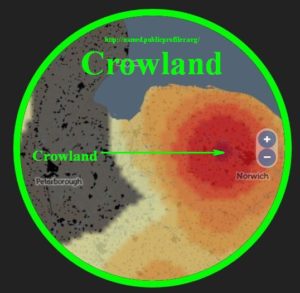
Reign King David I of Scotland; April or May 1124 – 24 May 1153
It is felt that King David I of Scotland, buried in this region, had links to the Lincolnshire, Croyland (Crowland) region in which there is development in the Alan Elfwold (Elwald), name of Norfolk ca1250, where the word “wold” is used in Elfwold/Elwold, and in today’s Cumbria name in the region of Debatable lands “wold” with the same meaning of “wood”; small forest becomes “Elwood” then predominately “Ellwood”.

Alan Elfwald (likely son of Alan) is recorded in Bec, Norfolk, 1248.
Elfwold was first used as a personal name without surname;
Alanus Elfwold of Bec, Norfolk 1248 AD.
Alan Elfwald has son Robert Elwald ca 1290 in nearby Oulton;(is of Suffolk, not Norfolk 2/4/2017)
Robert Elwald son of Alan migrates ca 1305 to Rimington (Remyngton), Lancashire (at time of W Riding Yorkshire) County.
Also a map of a number of variations of Elfwald in East Anglia, Norfolk and Sudfolk;
Elfwald has Anglo-Saxon origins;
The origins R-U106 haplogroup is Proto-Germanic;
The origins R-U106 haplogroup is Proto-Germanic;
With map;
pre-Migration-Period Germanic tribes
Image by Kenneth S. Doig PRE-PROTO-GERMANIC
R-U106 is purple on map;
Image of;
FTDNA German Group
Low German including Low Saxon dialects;
Showing the Ewald (German Elwald) surname distribution is that of Proto-Germanic;
As one can she the German Ewald and the Northumbria Scottish Liddesdale Elwald have similar coat of arms, with the Northumbria Elwald utilizing a stag’s head.
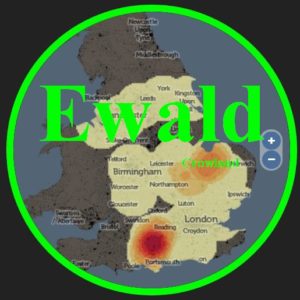
http://named.publicprofiler.org/
For Eichwald, Andreas (Andrew) is a forename, used of Andrew Elwald, and family name. In hand written script, easy to mistake an l for an i.
Note;
Singular; German elch, English elk, American moose.
EICHWALD similar to ELCHWALD (“I” AND “L” can be written alike), where “elch” is a form of “elk” (moose).
Though Ewald is mainly German, and Elliott is mainly English, they share key surnames of Robert and John. MSE 5/29/2016
Germany then Denmark
for the top two Ewald countries.
Lindemann, means person of the linde tree. It is felt the linde tree was used in making arms, like shields and wooden shafts, so a Lindemann, may be one who worked the wood of the linde tree.
Linde tree;
The word linde/linden for tree is used in Old Norse, German and the English language, and goes back as far as any word seems to.
Tilia cordata; Linde/Linden Tree.
There are linde/linden trees in the region of Bergen, Norway meaning mountain. So it is felt the name Lindberg, like in Charles Lindberg is named after a mountain with linde trees on it.
Map showing Germanic Y-DNA distribution by Eupedia;
Where -wald in Lindenwald (linde forest) and Elchwald (elk/moose forest), there is a Lindenwald in surname distribution region;
Mark Elliott 5/5/2015
Appendix;
Pre-Surname localities using 12 marker exact matches;
Using Geographic Surname Correlation Y-DNA 12 Marker Matches PDF
Y-DNA has 12 marker exact matches;
(number is the number of people with the given surname which match the first twelve markers)
Scarborough 8
Cave 22
Gresham 18
Scarborough and Gresham surname distribution maps from 1881 census and of gpnames.public.profiler.org
Scarborough and Gresham seem to migrate to a Scandinavian region between the two areas.
Grantham-Graham “Ancient Roman J-DNA”
Gæme-Graham “Fairbairn I-M253 DNA”
One can see that the Scarborough and Gresham are from Scandinavian regions and migrated by 1881, to a more dominate Scandinavian area.
Mark S. Elliott 5/6/2015
Other proto-Germanic border families familytreedna.com which have U106 are;
Bell, Johnston, and Scott.
Bell, name is found near Hermitage Castle, and some R-U106 like the Daniel Group have a rare 14 for the first marker.
![]()
MSE 5/9/2015
Johnson>Johnstone>Johnston Migration;
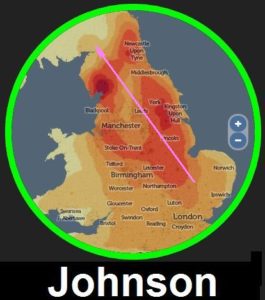
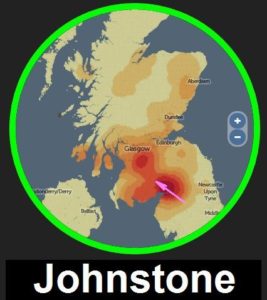

Above is an example of name and location evolution and migration.
Now have officially been tested positive for R-U106;
MSE 5/29/2015
The Above Supports;
The Elliot who took on Bothwell
Published Date: 13:13 Monday 06 July 2009 The Southern Reporter
By Walter Elliot
My own theory is that we have been here in the
Northumbrian/ Borders region since Anglo-Saxon settlers
came across from northern Germany in the 5th to 8th
centuries. I base this on the fact that most of the 36 early
ways of spelling the name are Anglo-Saxon — Aelwold,
Ellwald, Elaund, Elwaird etc. The name continued written as
‘Elwalde’ with its variations into the 1500s when it became
Elyot, Eliot and Ellote. There are no recognisable Gaelic
spellings and only one Dalliot. I rest my case, but everybody
will continue to believe as they wish anyway.
http://www.thesouthernreporter.co.uk/news/local-headlines/the-elliot-who-took-on-bothwell-1-107850
Proto-Germanic
Linguists calculate that Proto-Germanic was spoken around 500 BC.16Donald A. Ringe, A Linguistic History of English: From Proto-Indo-European to Proto-Germanic (2006), p.67. A language develops within a communicating group. In the days before modern transport and the nation state, a communicating group could not cover a vast territory. The area in which Proto-Germanic evolved was far smaller than the spread of its daughter languages today. We would expect a linguistic boundary to also be a cultural boundary. So the finger points at the Nordic Bronze Age (1730-500 BC) as the cradle of Proto-Germanic. It was a comfortable cradle for many a year. The Nordic Bronze Age began in a welcoming warmth. An earlier climate shift made Southern Scandinavia as warm as present-day central Germany.
https://haplogroupi2b1ismine.wordpress.com/the-germani-germanic-peoples-origins-and-history/#Proto
MSE 6/1/2015
James V. Elliott of Border Reiver DNA has been involved in this excellent report;
Elliott surname origins from report;
On Elliot name origins by James V. Elliot;
Above James V. Elliott origins added 8/11/2016

Above minted in York.
![]()
Pictured as described;
Brings question for surname Ellwood which is a form of Elwald/Elwold/Elwould.
MSE 8/5/2015
Being R1b instead of R1a with a R-U106 does not seem to put me with the Corded Ware Culture and given above seems to establish me more with the Proto-Italo-Celtic.
Archaeological map of Scandinavian and Anglo-Saxon place names and finds;
European invasion: DNA reveals the origins of modern Europeans
It is said in America, among Native Indigenous Nations one can not use Y-DNA to find which Indigenous Nation an individual is from, because of the mixing.
There is an American Plains Culture once dependent on the American buffalo, and today eats beef, and sheep.
Could people along the North European Plain be dependent on a large animal for food?
How about the Cord Ware Culture?
Could they have been dependent of the European elk (moose)?
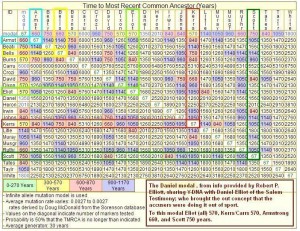
Want to thank Robert P. Elliott on the excellent research beyond all expectations which he has done in the area of Y-DNA, and identifying that the Daniel Modal, those who claim descending from Daniel Elliot which gave testimony in the Salem Witch Trials. This help identify the R-U106 for the group.
Above it shows that we are as closely related at 570 years to the Dixon (Nixon), Burn, and Kerr. Given the following Douglas border map, one can see how close, the Nixon, Burn, and Kerr lived to the Elliot 570 years ago during the fifteenth century.
Migration paths of Ker, and Elwald (Ellot);
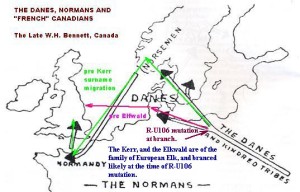
It is felt where the Kerr; marsh dwellers which are European elk (like moose), and the Elchwald, Elkwald elk of the forest which would also be European elk split, and the Proto-Germanic language travel with these groups, and also from this locality into southern, Germany giving the language a different dialect, making the southern language, much different then the developing Germanic-Danish of the north. This would be the Babylon of the Germanic languages.
It is felt that the split between the Kjrr (marsh dwellers) and the Elkwald (elk/moose) also marsh dwellers, was about the place which the mutation took place. Germany may not of liked left handed people, because the Kerr are a sorted group of left-handers, of which about a third are.
In tracing my Y-DNA am also finding people which share my same characteristic today of measuring, like Robert P. Elliott, which consider to be my step-brother with different mothers. Because with sharing the same Y-DNA one also shares the same Y-Chromosomes.
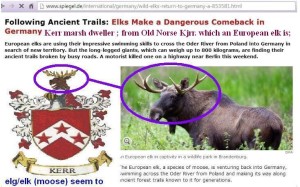
Killing an elk/moose in marshland for food on horseback, is likely easier the a Scottish Border Reiver, casing down someone elses cow.
Croyland is noted to be Fenland which is marshland;
It is felt that I must be half as smart and twice as bull headed as an European elk, by tracing down my father’s father line. The European elk at least knows for sure where they come from.
The borders were cattle rustlers, and killing an elk(moose) would be similar to chasing down a cow. Given a likely path of the Pre-Germanic to Proto-Germanic as shown on map supplied by Louis Henwood;
http://historyofenglishpodcast.com/page/6/
As one can see the Cordedware Culture covers a good part of the region in which elk (moose) are found.
Killing the American buffalo, and the European elk, is much like Border Reivers going after cows.
Mark Elliott 6/27/2015
added 4/10/2017
“Human Evolution
The cave bear DNA sequencing opens the door to the testing of other extinct species, including our nearest prehistoric relatives, the Neandertals. The scientists say they plan to sequence the Neandertal genome over the next several years.
Another possibility is to apply these techniques to the remains of Homo floresiensis, found recently in Indonesia. Researchers nicknamed this human ancestor “the hobbit” because of its tiny stature.
H. floresiensis is believed to have diverged from modern humans two million years ago. Neandertals may have diverged from humans 500 000 years ago.”
From;
http://www.donsmaps.com/bear.html3
Norwegian Walde U106;
German to English wald;
Frost/Forest also names associated to Elwald in the Scottish Borders.
German region of -wald suffix;
Elchwald, Elgwald, Elfwald and Elwald are felt to be based on Anglo-Saxon place naming given the map;
There are a number of Anglo-Saxon place names around Berlin in which the suffix -wald is being used.
Norwegian Walde U106;
Map locality of Mandal, Agder, Norway;
MSE 7/21/2015
Dad, asked Germany? Son, said yes. 8-25-2013;
Dad, asked Germany, Son, said yes. 8-25-2013
13th Century;
Original locality; Bec, Bek, Beck-Hall (a hospital), Billingford, Norfork, dates previously to 1224 AD.
1. Alan Elfwald of Bec, Norfolk, E Anglia ca 1250 (near Gresham)
2. Robert Elwald of Norfolk/Rimington, Lancashire (W. Riding Yorkshier in 1305)
3. Robert 2
4. Robert 3
5. Robert 4
6. Robert 5
7. Robert 6
8. Robert 7
9. Robert 8
10. Robert 9
Gorrenberry Elwald Ellot Family Tree
11. William Elwald of Gorrenberry, Liddesdale, Scotland
12. Robert Elwald (Archeis Hob) of Gorrenberry (adopted by uncle Archibald)
13. Andrew (Dand the Cowie) Elwald of Horsleyhill
14. Robert Elwald of Stobs/Gorrenberry (Clementis Hobs)
Dand Ellott sone to;

15. Dand-Daniel Ellott/Elliot/Elliott of Scotland/Tullykelter, Fermanagh, Ulster, Ireland
16. Robert Ellot Tullykelter, Fermanagh, Ulster Ireland
17. Daniel Ellot/Elliot of Tullykelter/Massachusetts, American Plantation
18. Daniel Elliot Salem Trials, Massachusetts, American Plantation
19. Johnathan Sr
20. Johnathan Jr
21. John (The American Plantation, becomes the United States of America)
22. Comfort
23. Sherburn Amando of Iowa, USA
24. Amando Wilcox
25. Mark
26. Loren Spencer
Ilah Spencer, is Loren’s mother is of Y-DNA U106 (aka R-S21), the parent group of L48
![]()
27. Mark S. Elliott today of Gallup, New Mexico, USA
21st Century
Mark Elliott the 27th generation (2015-1250)/26 is about 30 years per generation.
Mark S. Elliott 7/25/2015
It should be noted the the Clan Elliot Chief is the 29th of said name with would be Robert Elwald-Ellot then of Stobs Elliot (very short time) then Eliott. Starting with Robert Elwald 1st, then my line is of 26. With the clan chief it is the first son, excepting in he case the first daughter, so starting with Robert Elwald 10th her generational interval would be shorter giving her 29, as oppose to myself 26.
Mark S. Elliott 12/17/2015
Are the WELSH the truest Brits? English genomes share German and French DNA – while Romans and Vikings left no trace;
MSE 7/22/2015
Genetic study reveals 30% of white British DNA has German ancestry
R-U106 is represented by the Central/South England Y-DNA, then migrates with South Scotland/Northern Ireland, displace mainly affected by The Union of the Crowns. R-U106 does not show as red, because, it is a small minority among the border Y-DNA, but it seeds; carries surname which is adopted by the South Scotland/Northern Ireland people, and is in the migration path with them of Liddesdale towards Glasgow, and Northern Ireland.
added 10/6/2015
above graphic added 11/25/2015
Anderson, Andersson R-U106-S12025
Daniel Elliot Cluster is being found for those in the cluster as S12025 (received from RP Elliott).
There are two Anderson/Andersson, listed among the S12025 Daniel Elliot cluster.
Daniel name is felt to have been derived from Andrew where Dan is an alias for Andrew on the Scottish Borders, and borderers, were felt to be Catholic when arriving in the county of Fermanagh.

Then the county of Fermanagh became Anglican/Episcopalian. With Daniel of Tullykelter, of Anglican Archbishop Malcolm Hamilton land, it is felt that the border Scot, Dan Ellot became the Ulster Irish which a Dublin spelling Daniel Elliot.
The name Andrew appears as a witness of Andrew Elwald, when Robert receives lands of Redheugh, Lariston, Hartsgarth and others.
It is felt the the name came from a John Elwald, rector Saint Andrews University in 1418, and became rector of Kirkandrews (church of St Andrews) of the Diocese of Whitethorne in 1423. So Andrew was an important name to the family line since these times.
Andreas of Germany, for Andrew and Anderson variants as found in Scandinavian, and Scotland, is one of the seeds
of the Proto-Germanic language which spreads north.
St. Andrew, was a disciple of the great St. John the Baptist, and the patron saint of Russia, and Scotland where the cross made by diagonals on the Scottish flag is referred to as Saint Andrew’s Cross.
The names of other forms in the Scandinavian nations of Anderson; son of Andrew and Johnson; the son of John, follow the Scandinavian patronymic; surnames after the fathers as opposed to Norman surnames after the estate/barony, form of naming.
Andrew an important family name;
The name Andrew through it’s Scottish border alias Dandie, not Andy became the Ulster Irish and American Plantation name of Daniel. This is the name presently used for the Y-DNA R-U106-S12025; Daniel Cluster.
John Elwald, was of a church in the diocese of St Andrew, rector of St Andrew 1418, Canon of Glasgow, Selkirk regent, then rector of the church of St Andrew, referred to as Kirkandrws diocese of St. Ninian that of Whitethorn 1423, in the Debatable Lands near Canonbie.
When Robert Elwald (Ellot) received lands of Redheugh, Lariston, Hartsgarth and others;
Note; George Forstar listed above the name has a German base and became Forester in England
Ninian, Robert, William, John, and Andrew, are listed with the witnesses to the sasine/deed.
Andrew became the alias/nickname Dan, and then in Ulster, Northern Ireland became Daniel, Daniel Elliot of Tullykelter, Fermanagh.
Kind of accuse the Pope Benedict XVI who came to Scotland, with the Scots flying the flag with St Andrews cross, on St Ninian Fiesta Day, as being Armstrong with the given tartan, or maybe used green in the tartan not forgetting the Irish;
John is the number one forename of the Elliot, Elliott, Armstrong and Fairbairn families;
Sweden;
From above; Lindemann, means person of the linde tree;
So; Lindberg means a mountain (hill/mound) of linde tree.
Norway;
Andersen; Norway & Denmark
Denmark;
One can see the importance of Anderson as a surname in the Scandinavian nations especially Sweden.
Andersson of Sweden surname distribution;
One can see the top cities are not in Sweden, but Denmark, Norway, and Hamburg Germany.
Anderson of UK surname distribution;
One can see the top cities are not in Sweden, but Scotland, northern England, and Ireland, but not southern England.
It is felt the Anderson name is Scandinavian, then border Scots, on to Northern/Ulster Ireland, then onward.
Mark S. Elliott 7/30/2015
The Harmens surname is found in south Denmark.
The Kuhns surname is found around Berlin.
Gordon 1881 surname distribution.
Anderson 1881 surname distribution.
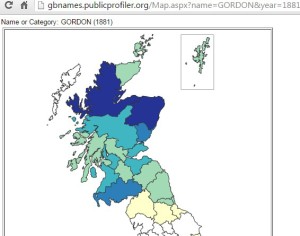
Similar to Gordon distribution.
Elliot 1881 surname distribution.
The south distribution is of William de Aliot southern France to the northern France and southern England St German Eliot, becoming Elliot.
The >S12025>FGC12040>S16361> is felt not to include the St German, southern England Eliot to Elliot.
Felt that an Alexander Gordon travel with Robert and Daniel Ellot (Elliot), ca 1650 from Tutthill Field Prison, Westminster, London to the American Plantation on the ship “Liberty”, seaman John Cloyse, Watertown and Capt John Allen, Charleston with money supplied by a Daniel Stone, Charleston.
Mark S. Elliott 8/8/2015
The Germanic branch (S21/U106)
Author: Maciamo.
Last update July 2015 (updated ‘conquest of Western Europe’)
The principal Proto-Germanic branch of the Indo-European family tree is R1b-S21 (a.k.a. U106). This haplogroup is found at high concentrations in the Netherlands and north-west Germany. It is likely that R1b-S21 lineages expanded in this region through a founder effect during the Unetice period, then penetrated into Scandinavia around 1700 BCE, thus creating a new culture, that of the Noridc Bronze Age (1700-500 BCE). R1b-S21 would then have blended for more than a millennium with preexisting Scandinavian populations, represented by haplogroups I1, I2-M223, R1a-Z284 and to a lesser extent N1c1, which evolved into a relatively unified whole during the Iron Age, the first truly Germanic culture and language, although spread across many tribes. R1b-S21 became the dominant haplogroup among the West Germanic tribes, but remained in the minority against I1 and R1a in East Germanic tribes, including those originating from Sweden such as the Goths, the Vandals and Lombards.
The presence of R1b-S21 in other parts of Europe can be attributed almost exclusively to the Germanic migrations that took place between the 3rd and the 10th century. The Frisians and Anglo-Saxons disseminated this haplogroup to England and the Scottish Lowlands, the Franks to Belgium and France, the Burgundians to eastern France, the Suebi to Galicia and northern Portugal, and the Lombards to Austria and Italy. The Goths help propagate S21 around Eastern Europe, but apparently their Germanic lineages were progressively diluted by blending with Slavic and Balkanic populations, and their impact in Italy, France and Spain was very minor. Later the Danish and Norwegian Vikings have also contributed to the diffusion of R1b-S21 (alongside I1, I2b1 and R1a) around much of Western Europe, but mainly in Iceland, in the British Isles, in Normandy, and in the southern Italy.
From the Late Middle Ages until the early 20th century, the Germans expanded across much of modern Poland, pushing as far as Latvia to the north-east and Romania to the south-east. During the same period the Austrians built an empire comprising what is now the Czech Republic, Slovakia, Hungary, Slovenia, Croatia, Serbia, and parts of Romania, western Ukraine and southern Poland. Many centuries of German and Austrian influence in central and Eastern Europe resulted in a small percentage of Germanic lineages being found among modern populations. In Romania 4% of the population still consider themselves German. The low percentage of R1b-S21 in Finland, Estonia and Latvia can be attributed to the Swedish or Danish rule from the late Middle Ages to the late 19th century.
MSE 8/10/2015
The Ross R-U106 Ross haplogroup, shows to be Anglo-Saxon and Scottish.
It is two in twelve markers off the Daniel R-U106, R-S12025 halpogrouph;
Surname distribution shows Scotland for the Ross surname;
With likely beginnings where the R-S12025 Daniel Group began, and the region where Proto-Germanic language began, and went to Anglia, north into Scandinavia , and south into southern Germany.
Mark S. Elliott 10/14/2015
di
MSE 12/8/2015
Censored From Wikipedia;
Though given my writings, the activity was high, been excluded with writings deleted from writing on Wikipedia. Even though I am an Elliott and a second generation research genealogist, utilizing Y-DNA verification, and chromosomal reasoning of a marsh dwelling elk (moose) returning to ancient homelands near Berlin, people rather believe the elk (moose) then me. Guess I must be half as smart, but twice as bull headed as that elk (moose).
U106 First Mark a 14.
Bartlebaugh Bartenbach distribution
Fosse Distribution;
Holnagel Hollnagel Distribution;
Clan Crozier has been censored and deleted from Wikipedia though it had a lot of activity.
Information contained in;
Clan Crozier
As compared to the Wikipedia site which had activity;
The peaks an most of the activity was caused by censored information to the Clan Eliott site of;
Clan Elliot
Composed by Mark S. Elliott, but like Wikipedia article Clan Crozier, the Clan Elliot information was also censored from the Clan Eliott site.
clancrozier.com
Also in;
Armstrong Fairbairn link
Mark S. Elliott 1/7/2016
Why Censored?
If historians, can not use deeds (sasine) in the history, then what are they using?
Valid reference on graphic of Redheugh deed (sasine).
Map verifies the Lariston lands of Redheugh;
Because the deed of Redheugh, Lariston, Hartsgarth and other, to the Clan Elliot chief’s land is old, does not make it invalid.
Mark Elliott 1/12/2016
Search engine bias on Clan Elliot search by adding a 2 to elliot to make elliot2;
Try;
www.electricscotland.com/webclans/dtog/elliot.html
www.electricscotland.com/webclans/dtog/elliot2.html
and find out.
MSE 1/14/2016
Can’t be the work of MI6NBW, can it?
North British Windpower NBW Google image search
MSE 1/15/2016
Robert Elwald son of Alan of Bec (Beck Hall) migration.
The Danes migrated mainly to Anglia, then north by sea, and northwest, to, meet with the Norwegians coming in form the north.
MSE 1/18/2016
Thompson 2 off in 25
McCall McConnell
Gordon;
Added 4/30/2016
Gordon Clan migrated northward;
Close matches to Elliot come from Gordon of the north.
MSE 1/24/2016
Short, the zero steps off in twelve, is from Denmark to Scarborough, N&S Cave and Gesham, the two steps in twenty-five is from Denmark to Norway, to west Scottish border and Ireland. Pre-surname matching, with first of the English North Sea Coast and the second going around the top of Scotland, but both having a start in Germany-Denmark region, with individuals carrying my Y-DNA structure.
1/25/2016
Geographic Surname DNA Correlation
Using-geographic-surname-correlation-extra
It is found that for Gresham (Grisham & Grissom), Cave (North& South), and Scarborough the these are localites today on the North Sea of England, which previous to England ca 1320, the land in these regions was own by the Stuteville family. The Stuteville family own land in the Barony of Bourne (Dannish for bear), about 10mi/16km southeast of Grantham formally Graham. The border Graham are found with towersin the Debateble lands of the Stuteville family, that of Nicholas Stuteville’s forest, an their Liddle Strenght Castle (The Mote/Moat). Grisham (Grisham and Grissom), Cave of de Cave, married to a Stuteville, and Scarborough, of the first marker a 14, in a strong group share the next twelve markers, indicating the same DNA grouping pre-surname, shared the Gresham-Cave-Scarbourgh land of the Stuteville family.
Referrences in the following graphics;
Stuteville own land of Gresham, of N&S Cave and married Cave, and of Scarborough, at the time which a group liven on or near Stuteville, land descended from the same father would adopt their names from their respective localities of Gresham, Cave and Scarborough.
Migrating towards Nicolas Stuteville’s forest and castle The Mote/Moat.
Mark S. Elliott 4/24/2016
Gresham-Grisham-Grissam FTDA;
https://www.familytreedna.com/public/Gresham_Grissom/default.aspx?section=yresults
Scarborough FTDA;
https://www.familytreedna.com/public/scarborough/default.aspx?section=yresults
https://www.familytreedna.com/public/CaveFamilyHistorySocietyDNA/default.aspx?section=yresults
Showing that Gresham and Scarborough are named from their respective localities in the UK, and pre-surname likely of land of the same owner de Stuteville family.
Mark S. Elliott 4/28/2016
Barony of Borne (the Danish Bear)
Barony of Bourne, which in Danish means bear, known to be a progeny of the Armstrong; the Bourne, fair skin Fairbourne, light or white skin Osbourne, the Bourne family, in which many of the Danish aspect of Fairbairn, evolved to the name Armstrong. Barony of Bourne, own lands of Gresham, Cave, Scarborough, on the North Sea along with Liddel Strength Castle; The Mote, in the Debatable lands region, on and previous to the English-Scottish Border. The Cave, Wake and Stutville were related by marriage, and people of the same Y-DNA base previously to acquiring surnames lived at these respective localities, and acquired the surname of the locality they lived at, with my surname it was the son of and Elfwald and the surname became Elwald. Utilizing Y-DNA twelve mark matches was able to find relation to people named after these localities, and was able to find the family being near Gresham.
Mark Elliott 4/28/2016
Of in 1 off in 25 from Germany, and 2 off in 25 between Bec, Norfolk, and Rimington, now Lancashire.
Quebbemann, of Germany one marker off in 25;
Brook 2 off in 25 on migratory pathway between Norfolk, and today’s Lancashire.
Gledhill 2 off in 25 on migratory pathway between Norfolk, and today’s Lancashire.
MSE 4/28/2016
Many of my close Y-DNA matches in the United Kingdom gives a Danish Northumbria, with Scottish border displacement.
Many of my close Y-DNA matches in Germany give a Proto-Germanic Distribution.
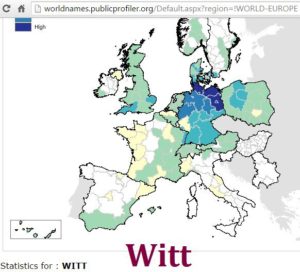


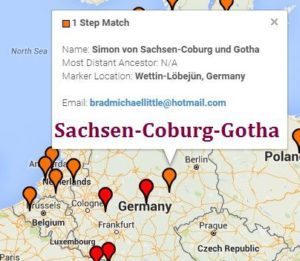
MSE 5/8/2016
Grantham & Southwell;
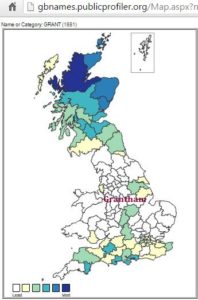
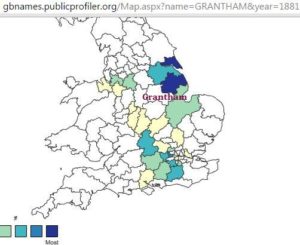
Southwell
Mark Elliott 5/9/2016
Wyther-Wither E. Riding becoming Lancashire Co.
Lancshire Co, was of W. Riding, Anglo-Danish nation of Northumbria.
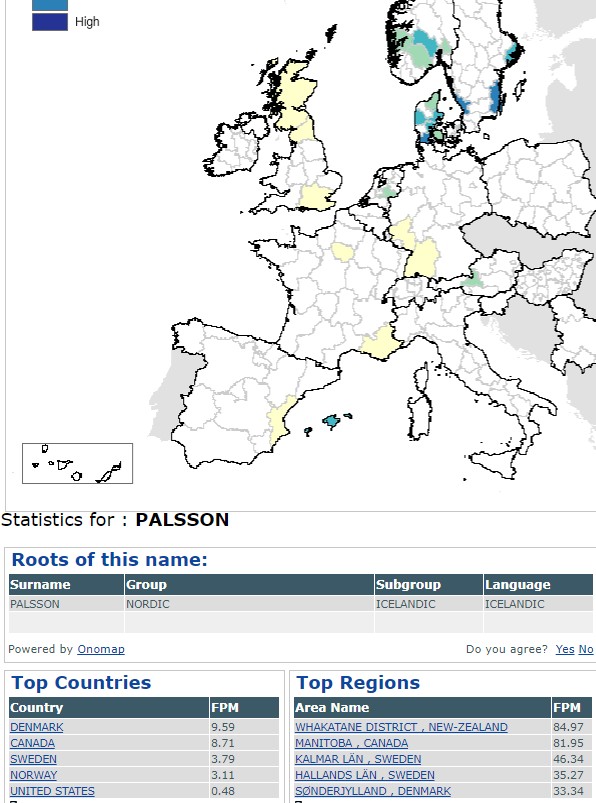
| Nils Pålsson 1666-1716, Hudiksvall, X, SE | Sweden | R-S16361 |
from R-U106 FTDNA Indicates Denmark, locality for my R-M269>U106>S12025>FGC12040>S16361
.
History
The family name appears on various early documents such as in a charter of Æthelred II, dated 1005 A.D. where one of the witnesses signs his name as “Ego Wiþer minister” (a thorn used in the stead of the digraph “th”). In the Domesday Book of 1089 the name is shown as a tenant prior to that date. In the 11th century, the name showed no prefix, suggesting that it was not derived from a place, as were many names at that time. Rather, the name seems to be patronymic (Withar is a Saxon name taken from the Germanic god, known in Old Norse as Víðarr). The name means “son of Withar”, though the name Withar itself is shared by a Saxon god.
Records of the 11th century indicate the holding of land in many counties of England by persons named Wyther. A continuous record of a Wyther family does not appear until the time of Henry II (reigned 1154-89). This was a Wyther family of County Lancaster (now Lancashire) including Sir Robert Wyther, Knight, of Pendleton Hall, Lancashire, …
https://en.wikipedia.org/wiki/Withers_(surname)
MSE 5/26/2016
Links;
The Germani: Germanic Peoples Origins and History
http://blogs.ancestry.com/ancestry/2015/06/23/ancestrydna-the-viking-in-the-room/
Mark S. Elliott 6/3/2016
GAUW & PALSSON
Gauw, and Palsson shows a distribution which seems to have a proto-Germanic influence for the grouping u106>S12025>FGC12040>S16361> which my Y-DNA is part of.
7/27/2016 MSE
Moulton surname;
In this posting Bob Armstrong explores the possibility of a Flemish origin for the Armstrong family. He identifies a number of apparent links between Flanders, Cumberland, Lincolnshire and Scotland that give credence to a Flemish origin for the Armstrongs. Evidence from Y-DNA analysis is also brought to bear on the issue.
Box 1: A Lincolnshire Connection?
Lincolnshire were among those sent by Rufus to colonise Carlisle (the Spalding surname is also thought to have Flemish roots).[12] Sharpe’s mention of Spalding is of interest to Armstrong researchers as it sits three miles from Moulton. Sir Thomas de Multon was a powerful Lincolnshire landowner who took his surname from the town. He became chief forester of Cumberland. The Armstrongs were employed in administering forest affairs in the county’s Inglewood Forest, so had close contact with the Multons. It is possible the Armstrongs were part of the Multons’ entourage when they departed from Lincolnshire.
Previously utilized were surnames; Gresham variants, Cave, and Scarborough, of The Baroney of Bourne (Bjørn, Dannish for bear).
MSE 9/1/2016
Gresham-Grisham-Grissom, Cave, and Scarborough, group, match ups for 101829 R-U106.
101829 R-U106 for;
Scarborough FTDNA Group
Gresham-Grisham-Grissom FTDNA Group
Cave FTDNA Group
MSE 9/3/2016
Mark Stephen Elliott
Mark;
Stephen;
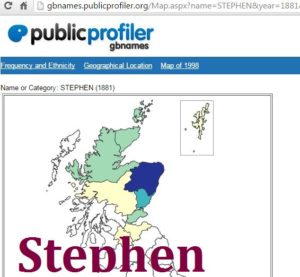
M S Elliott 9/17/2016
Genetics;
Hair color;
Though family has red heads it also has blonds and burnets.
Hair color could come from mothers side of family, so I do not think is can be used to determine, father, accept black hair does not run in both parent’s families.
Eye color;
Both parents have blue eyes, and the eye color of all in the family is blue, so it is felt that I come from blue eyes on both sides of family where my father’s line is therefor blue eyed, and can utilize that factor in locality.
Handedness;
Putting this in to show left-handiness runs in the family. Germany has a drop in it, and I am partially so;
Surprising Geography of American Left Handedness
Kerr are said to be one third left handed;
It is felt that the propensity to be left handed is fairly evenly distributed. The distribution pattern for left-hander can be an indicator of a societies social tolerance for differences. It should be noted that some societies value differences, and insist on it, a they would for instance try to attract left handed people.
It is felt that cultural tolerances, for people of difference, can be a determinate of migration patterns, such as for those which are left handed and or redheaded. MSE 9/13/2016
Cuntze variants 1 off in 25;
MSE 9/23/2016
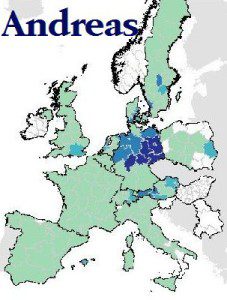

Andreas and Ewald have similar distribution patterns. Andreas is Latin for Scandinavian Andrew name of the Saint. For Andrew in the Scottish Borders, Dand was a nickname, which became Daniel in Ulster. Ewald is a variant of Elwald which became Ellot in the borders. So it is felt that Daniel of Andreas, and Elliot of Ewald in Ulster had very similar origins.
10/26/2016 MSE
Barony of Bourne (Bjorn) Lincolnshire; Liddel Strength-The Mote, Cave-Cottingham East Riding Yorkshire, Gresham Norfolk, and Scarborough Durham.
1/23/2017 MSE
Reivers by Name The 74 family names in surviving documents about the Border Reivers: Associated Press
Archbold, Armstrong, Beattie, Bell, Burns, Carleton, Carlisle, Carnaby, Carrs, Carruthers, Chamberlain, Charlton, Charleton, Collingwood, Crisp, Croser, Crozier, Cuthbert, Dacre, Davison, Dixon, Dodd, Douglas, Dunne, Elliot, Fenwick, Forster, Graham, Gray, Hall, Hedley, Henderson, Heron, Hetherington, Hume, Irvine, Irving, Johnstone (Johnson), Kerr, Laidlaw, Little, Lowther, Maxwell, Milburn, Musgrove, Nixon, Noble, Ogle, Oliver, Potts, Pringle, Radcliffe, Reade, Ridley, Robson, Routledge, Rutherford, Salkeld, Scott, Selby, Shaftoe, Simpson, Storey, Tailor, Tait, Taylor, Trotter, Turnbull, Wake, Watson, Wilson, Woodrington, Yarrow, Young
2/1/2017 MSE
3/30/2017 MSE
The McCall and McConnell which I have 2 off in 25 markers with, likely received their Y-DNA from a John Elwald, likely brother to Robert Elwald in ancestor in my Y-DNA line. John Elwald was a rector of Carnemole/Kirkinner of this region in 1423.

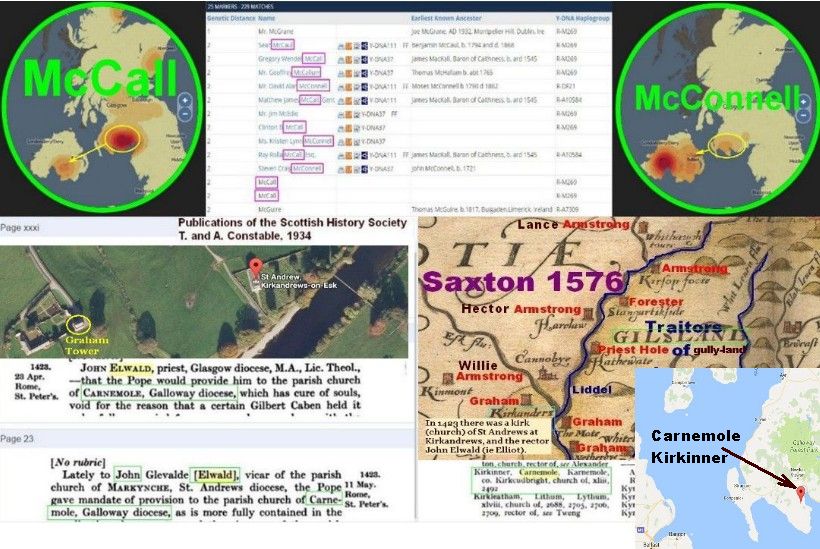
It should be not that a John Elliott, of British Quakers, which were started mainly in Lancashire County, where Rimington of Robert Elwald son of Alan is.
9/6/2017 MSE
Battle Axe Culture by Tim Elliott;
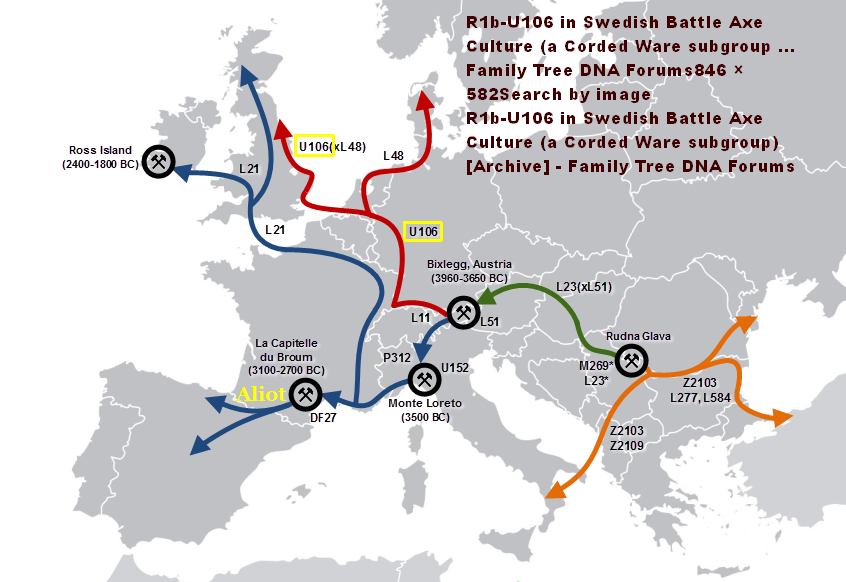
11/26/2017 MSE
Stephen Arbon, Appreciate the work that has gone into the Y-DNA project. “An early resident of Bec was Alanus Elfwold (1248).” https://en.wikipedia.org/wiki/Beck_Hall Shown where my R-U106 is located in 1248. 101829 Elliott; Elwald de Schinkel of Germany; https://www.google.com/maps/place/24214+Schinkel,+Germany/@54.3575822,9.9100792,13z/ Though the name Elwaldus de Schinktlef is of Ewald de Shincliffe, St Oswald’s (Scottish and German) http://gbnames.publicprofiler.org/Map.aspx?name=OSWALD&year=1881&altyear=1998&country=GB&type=name (seventh century Northumbrian king) http://www.verwandt.de/karten/absolut/oswald.html Parish, Church, Durham, https://en.wikipedia.org/wiki/St_Oswald%27s_Church%2C_Durham, the Elwald(us) name Schinktlef is most likely a form of Schinkel, Germany. Note; Os-wald is like El-wald with the German word “wald” meaning the English “wood(s)”. Archaeologia Aeliana, Or, Miscellaneous Tracts Relating to Antiquity https://books.google.com/books?id=RJAbAQAAIAAJ&q=Schinktlef+Elwald&dq=Schinktlef+Elwald&hl=en&sa=X&ved=0ahUKEwiX4Ji2m5TYAhXJrlQKHXR5AsoQ6AEIKzAA So it is Shincliffe,Durham,England, and Schiktlef,Schleswig-Holstein,Germany The Elwald which came to Bec were the Elwald de (from) Schinkel,Schleswig-Holstein,Germany. http://www.verwandt.de/karten/absolut/schinkel.html “Ælfwald (born 759-767 AD) was king of Northumbria from 779 to 788.” https://en.wikipedia.org/wiki/%C3%86lfwald_I_of_Northumbria “He was buried at Hexham Abbey where he was considered a saint.” http://www.verwandt.de/karten/absolut/ewald.html
12/20/2017 MSE
http://worldnames.publicprofiler.org
Another one of my crazy concepts to combine surname distribution with Y-DNA results.
Found surname variants, which seemed to match for surnames which matched one off in twenty-five;
Y-DNA – Matches;
Show Matches For: “The Entire Data Base” Markers: “25” Distance: “1 Step” Matches Per Page: “25”
Finch, Olofsson, Cordner/Conner Ireland, Davies PA, Finn, Grant, Quebbeman Osnabrück, Koontz, Moore, Conn, Richards, White, Lykins, Prado, Conn, Atkinson, Roberts, Horton, Johnson, Koons, Coons Cuntze, Atkinson, Ruecker Rucker, Davies, Gerlach, Jamieson, McGrane, Finch, Rogers, Gander, Conn
Variant names;
Cuntze, Koontz, Koons, Coons, Conner, Conn, Conn, Conn
Final early name extrapolation “Kuntze”
Extrapolation of Cuntze-Koontz gave me; “Kuntze”,
Koons, Coons, and Conner, intermediate for Conn, which because of multiples indicated a more recent name. So later name extrapolation became “Conn”.
Compared surname distribution pattern of Kuntze to Conn, to that of Ewald to Elliott, and found the name evolution patterns showed similarities;
http://gorrenberry.com/proto-germanische-r-u106-haplogroup-dna-elwald-elliot/
Have my migration from northeast Germany to northern Ulster Ireland.
12/23/2017 MSE
Robert Ewald, Noticed, it is a German name. Do I have something for you to read; http://gorrenberry.com/proto-germanic-r-u106-haplogroup-dna-elwald-elliot/ Robert ranks third among us Elliott, and fourth among the Ewald, as a forename. Had a brother now deceased named Robert, and our first ten clan chiefs were named Robert Elwald. After a millennium I may have found kinship in Germany.
FTDNA# 811225 Christoph Ewald, b. 1789, d. 1876 Germany I-M223
Welcome to the moose of the woods tribe. No surname, but likely a tribal name. My migration path is along the mapping of I2a2 which I-M233 is and your first marker like mine is a 14. https://qph.ec.quoracdn.net/main-qimg-b7a6ee1e872e576ac72072eeb0f5d556 Bemerkte, es ist ein deutscher Name. Habe ich etwas für dich zu lesen; http://gorrenberry.com/proto-germanische-r-u106-haplogroup-dna-elwald-elliot/ Robert steht an dritter Stelle unter uns Elliott und Vierter unter den Ewald als Vornamen. Hatte ein jetzt verstorbener Bruder Robert geheißen, und unsere ersten zehn Clanchefs wurden Robert Elwald genannt. Nach einem Jahrtausend habe ich vielleicht Verwandtschaft in Deutschland gefunden. 811225 Christoph Ewald, b. 1789, d. 1876 Germany I-M223 Willkommen im Elch des Waldstammes. Kein Nachname, aber wahrscheinlich ein Stammesname. Mein Migrationspfad ist entlang des Mappings von I2a2, welches I-M233 ist und Ihr erster Marker wie mein ist ein 14. https://qph.ec.quacacdn.net/main-qimg-b7a6ee1e872e576ac72072eeb0f5d556
2/2/2018 MSE
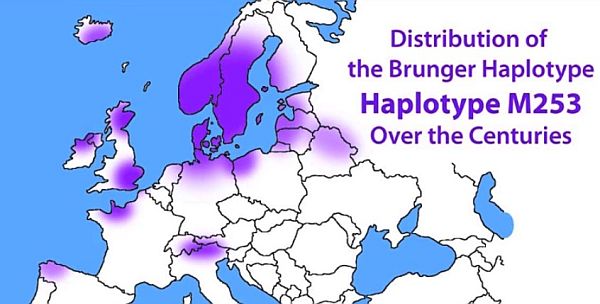
2/27/2018 MSE
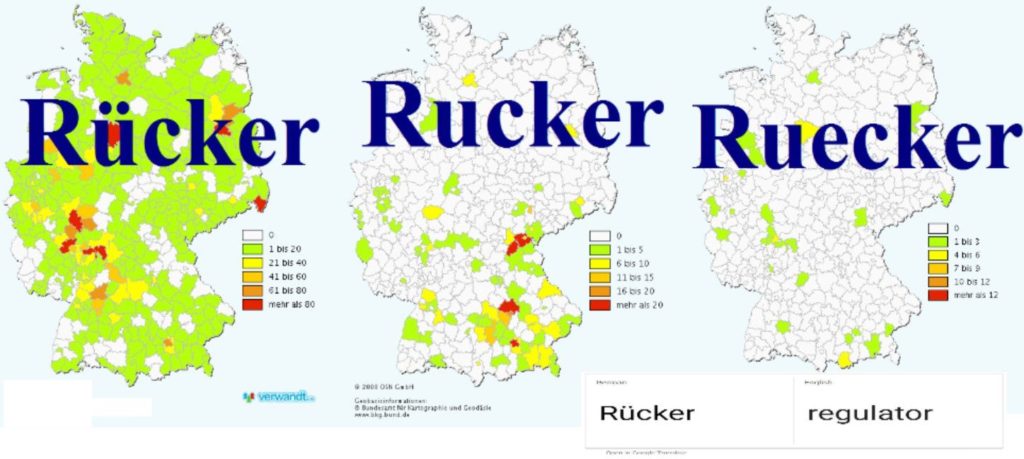
3/27/2018 MSE
https://nvk.entless.org/mapbox/1890:anders,1890:anderson,1890:andersen,1890:andersson
9/19/2018 MSE
